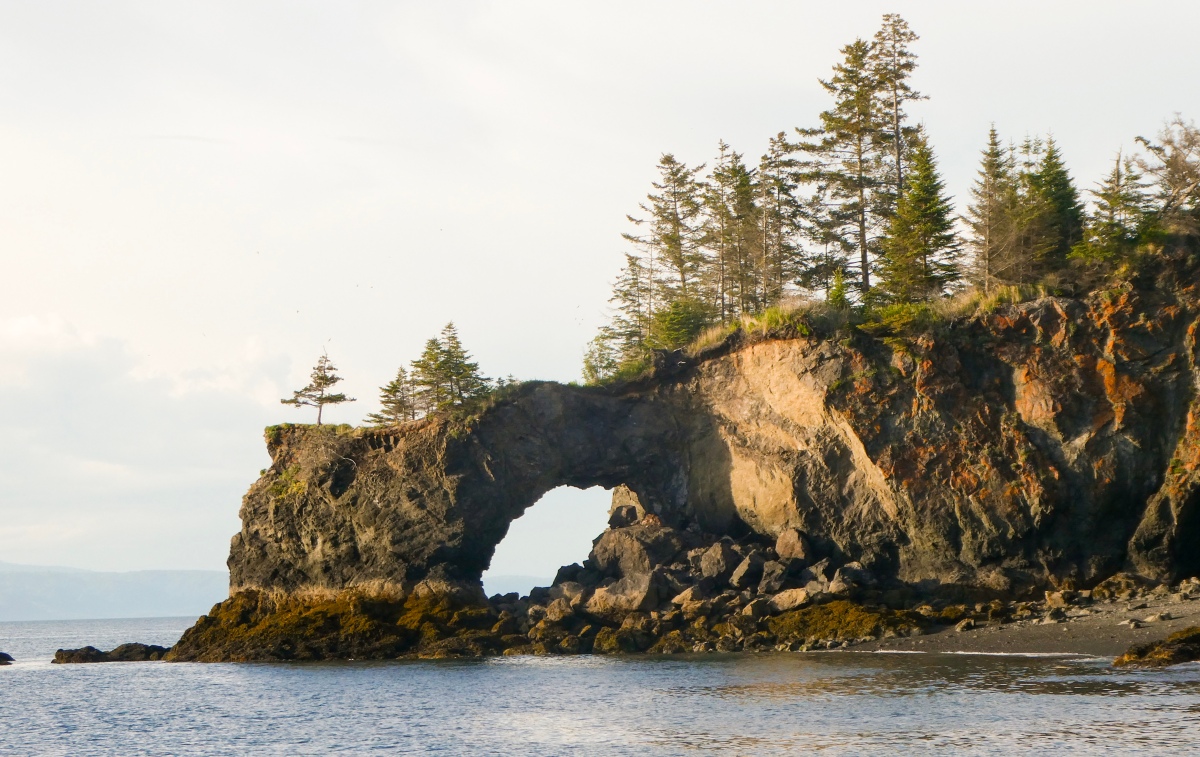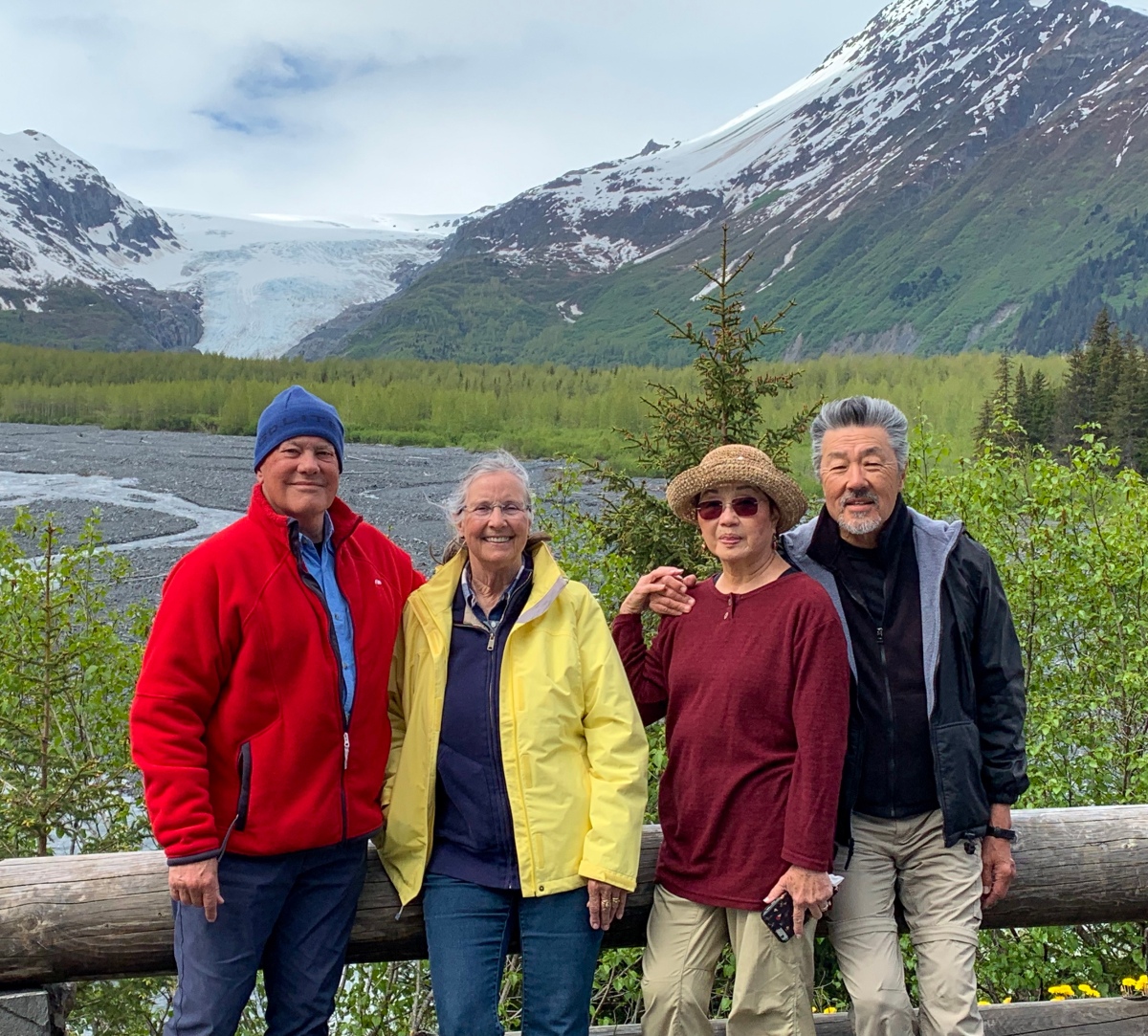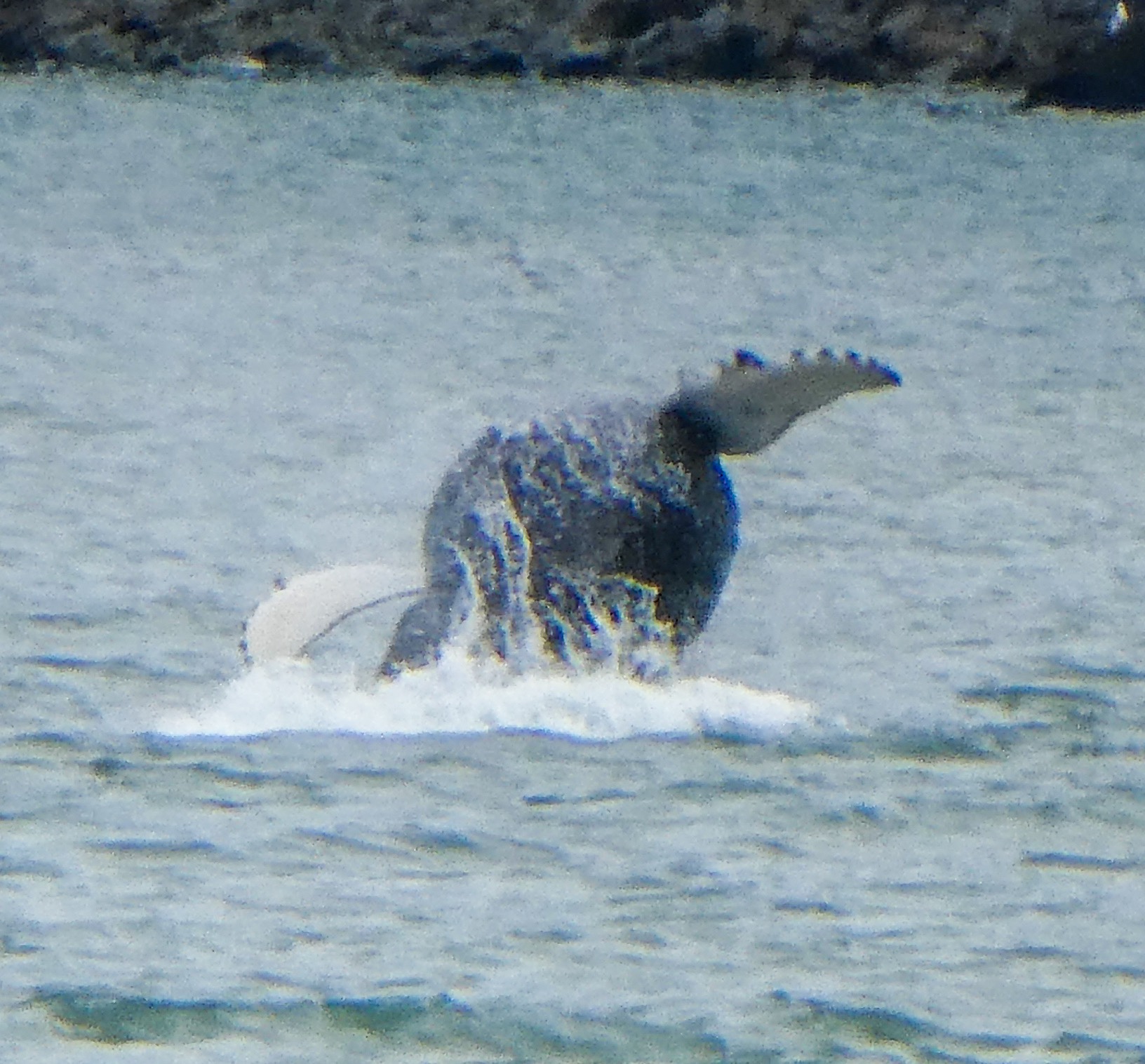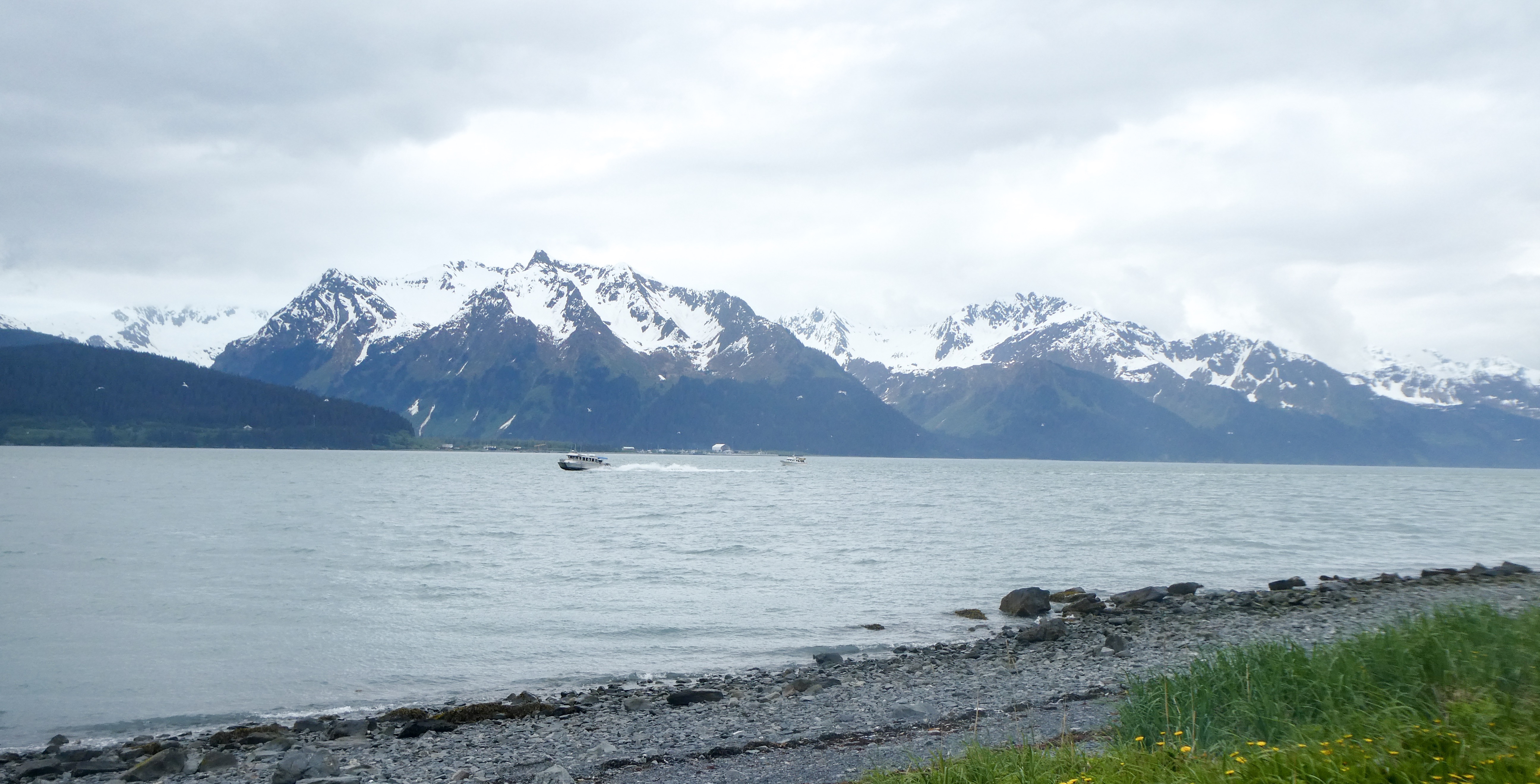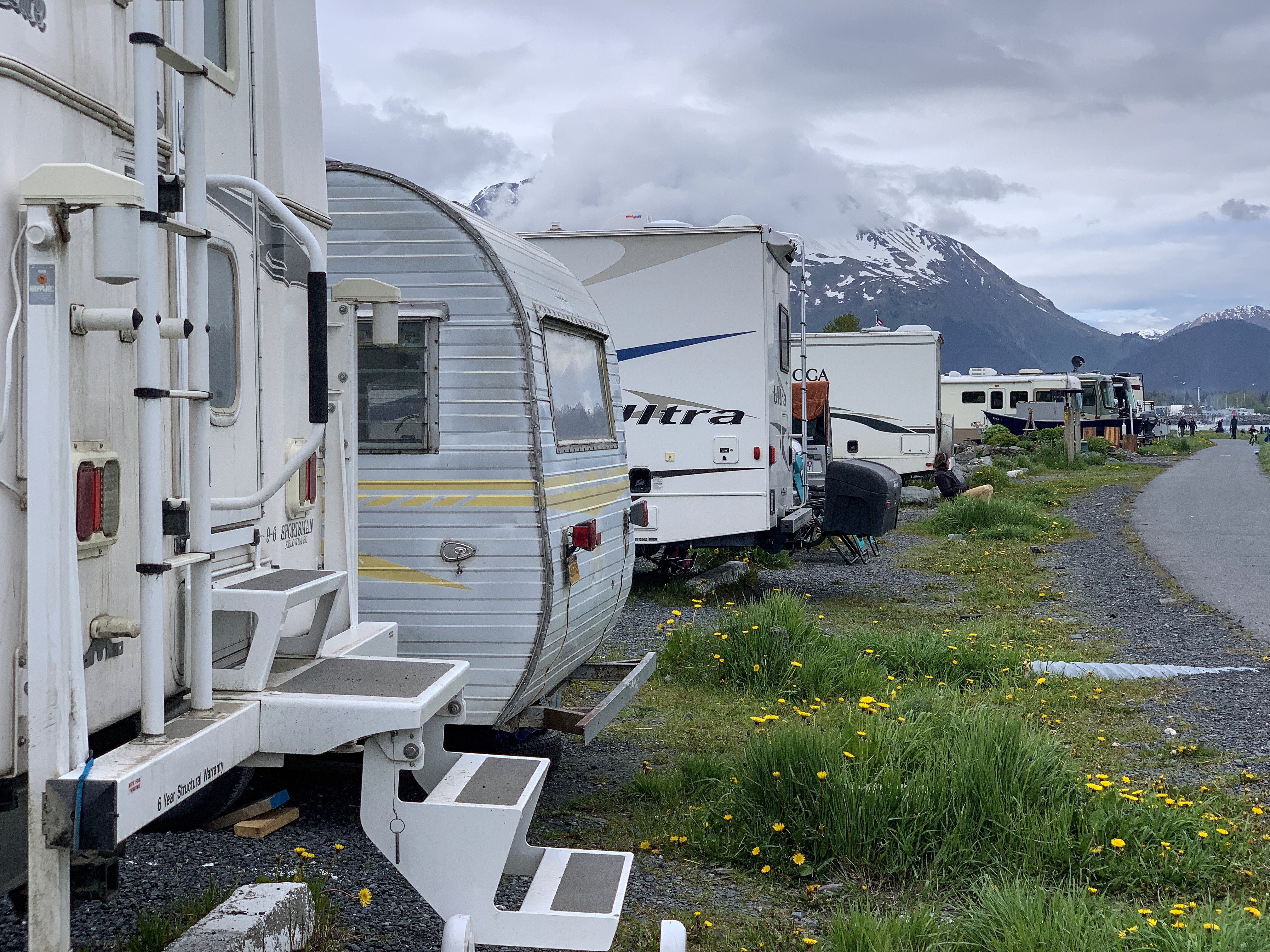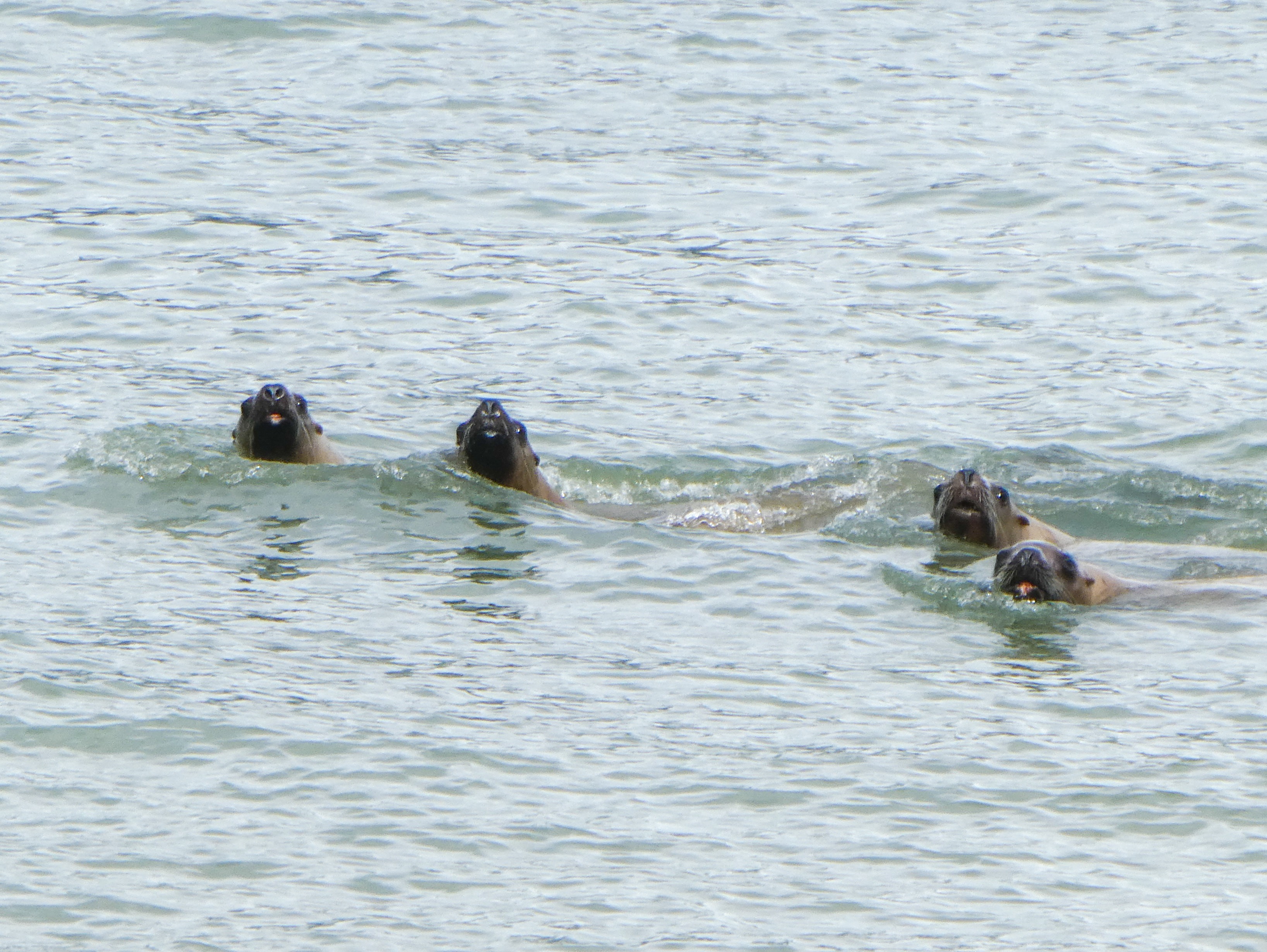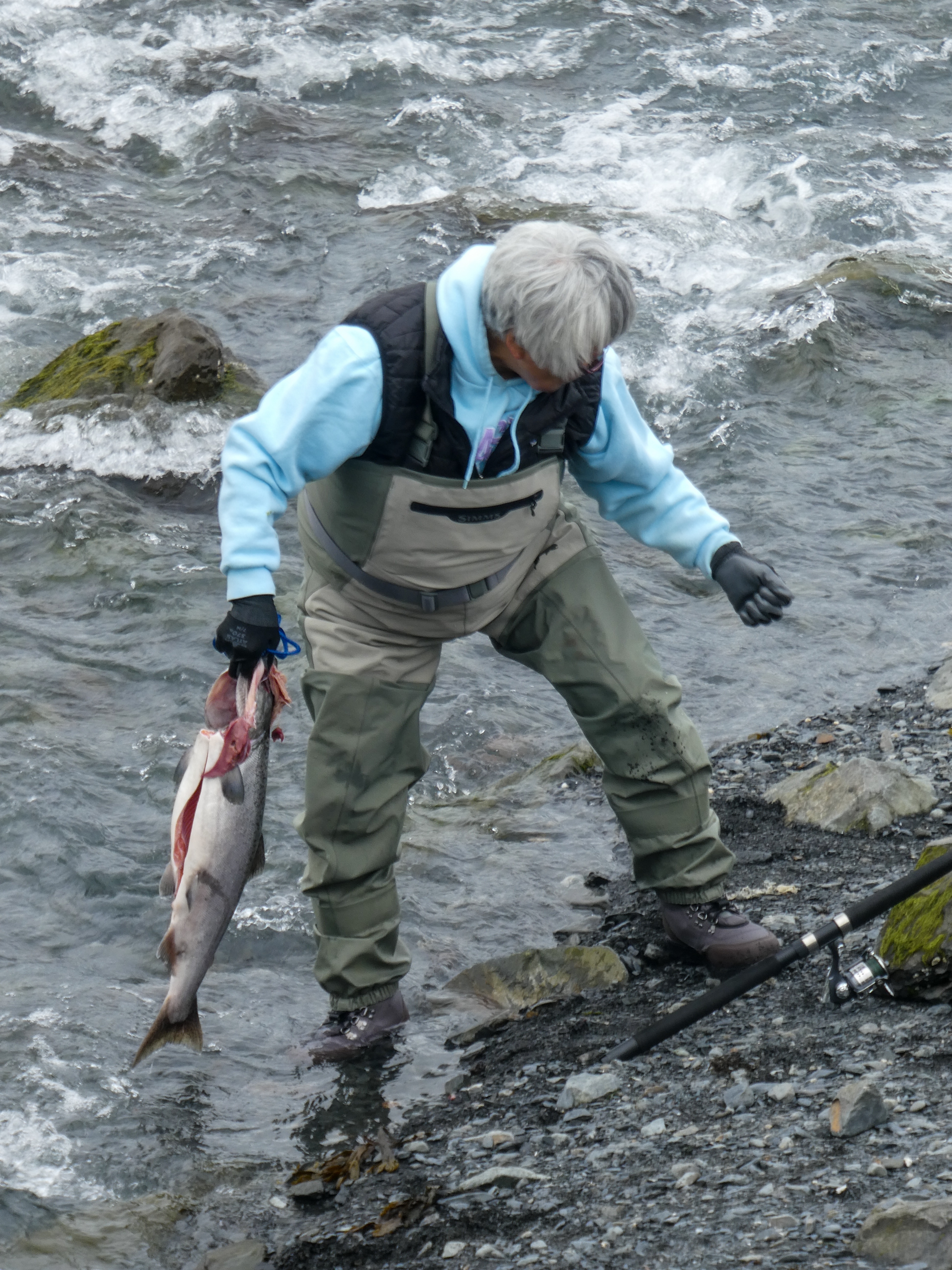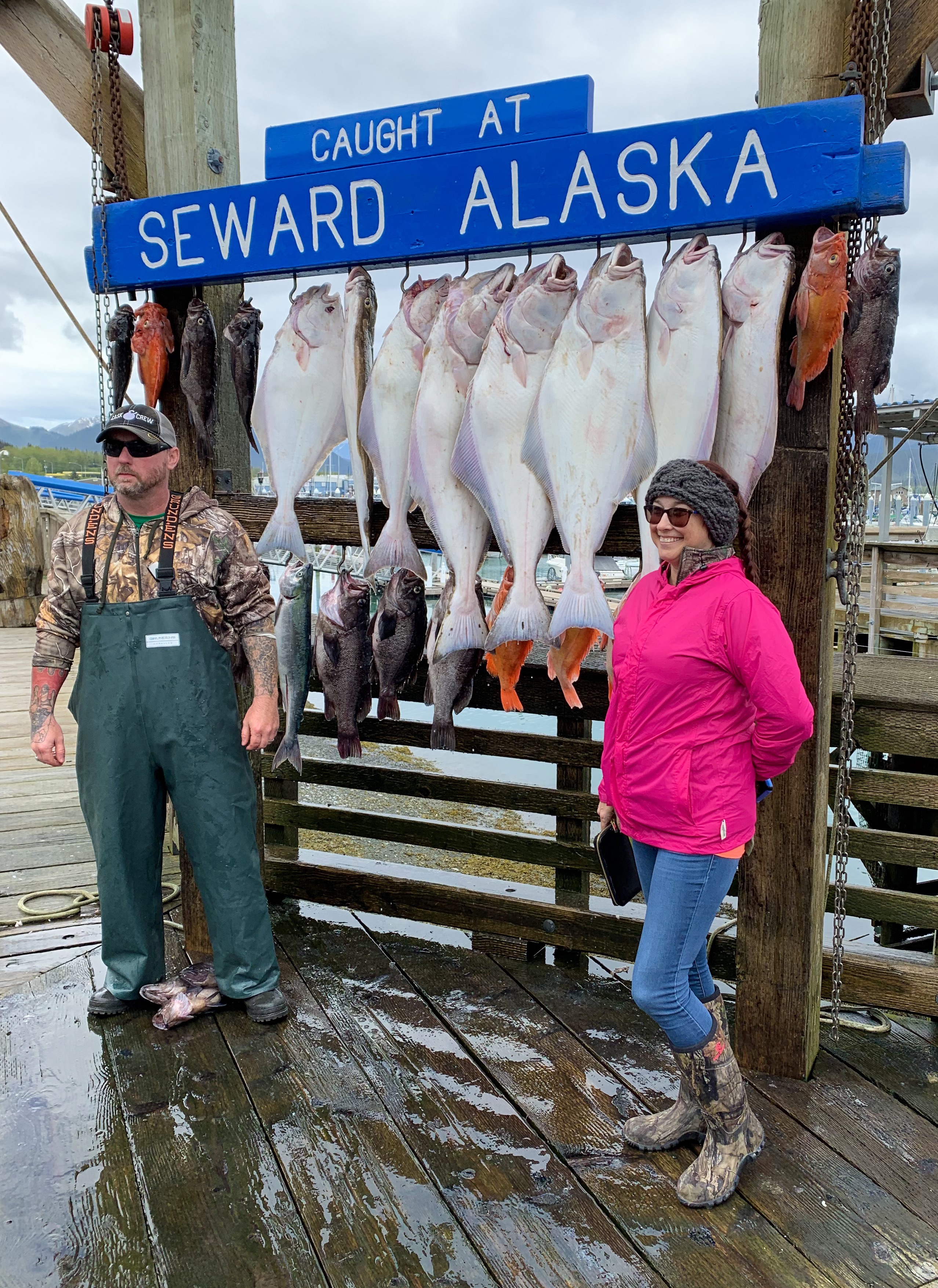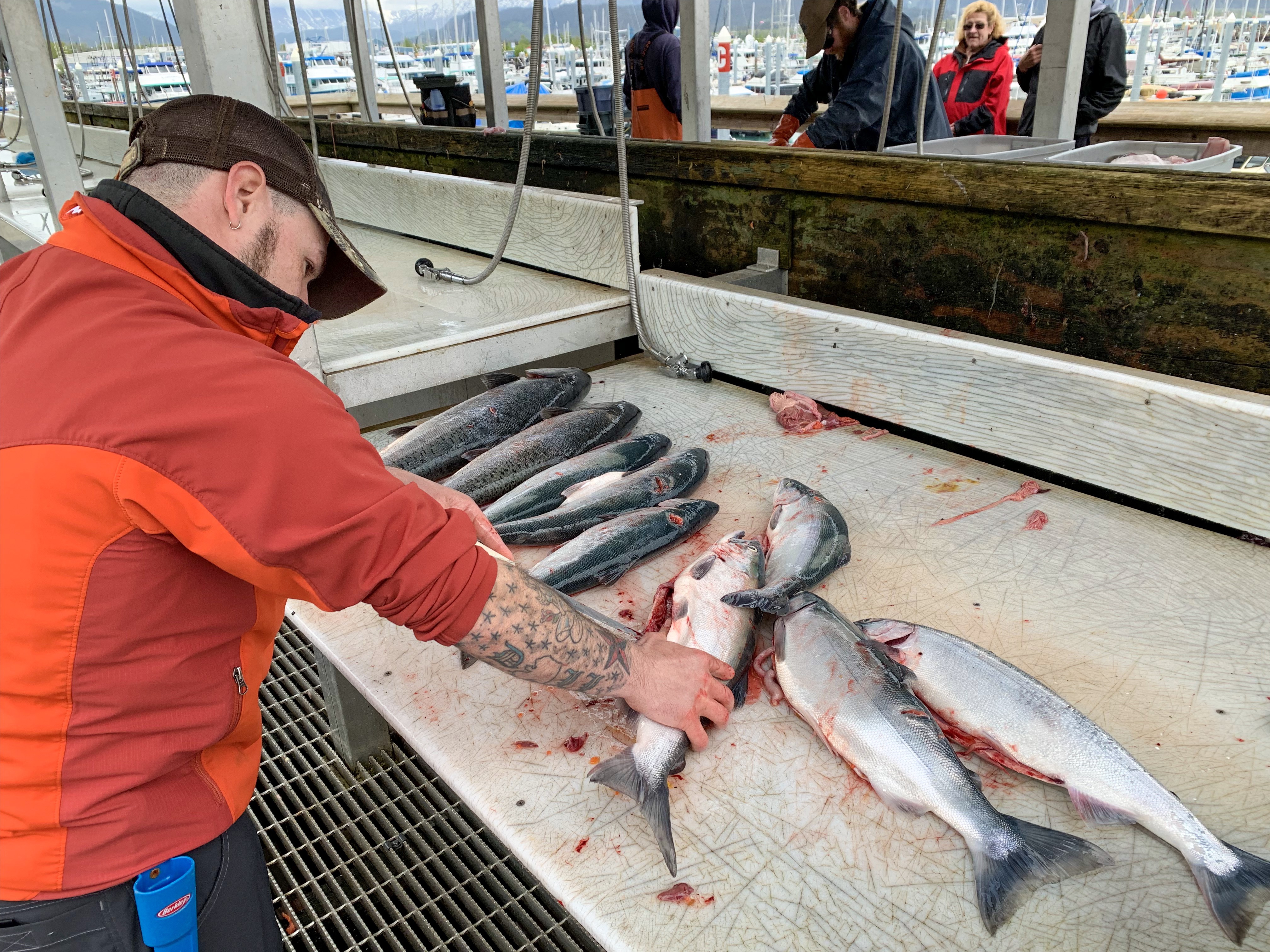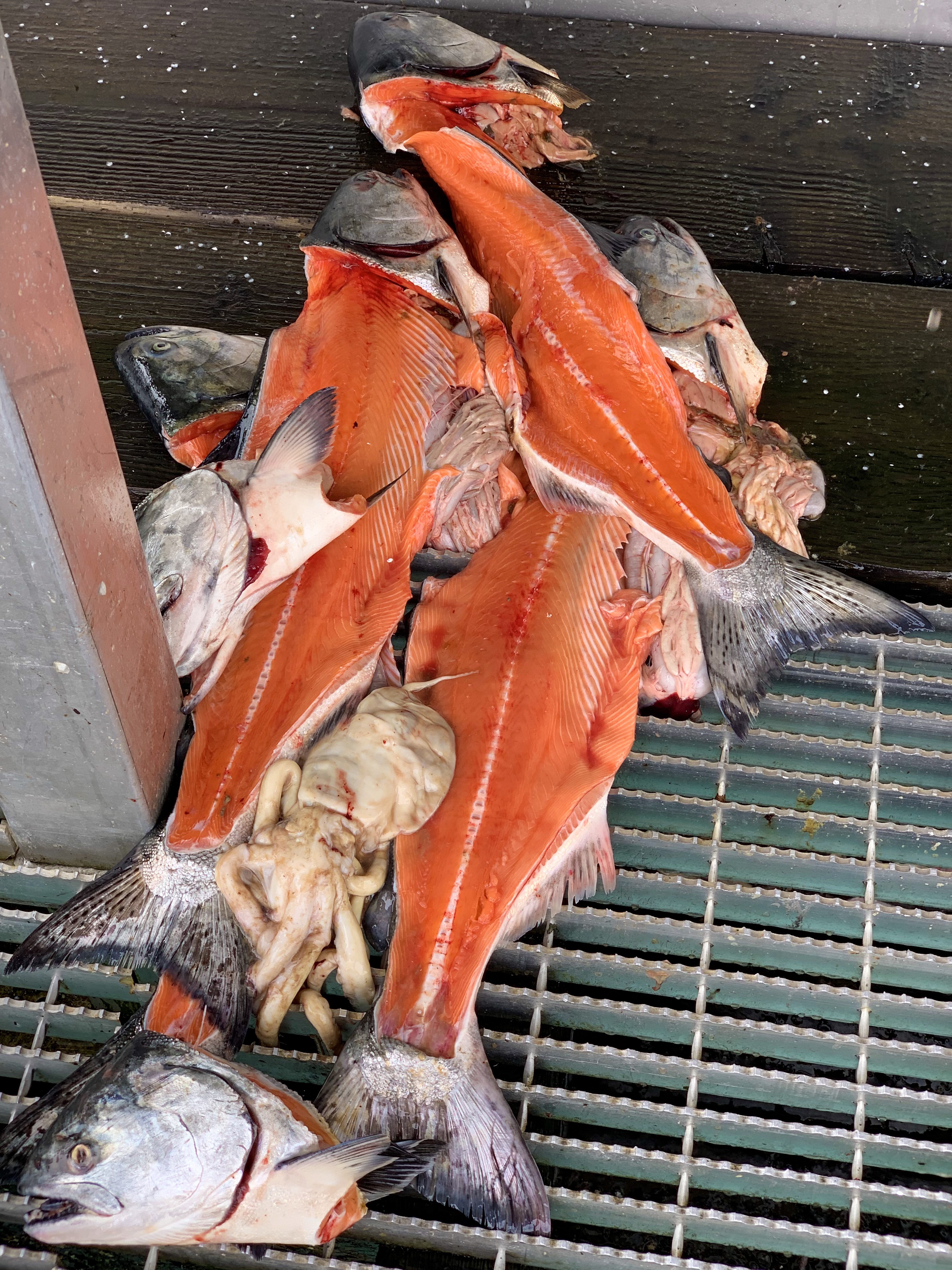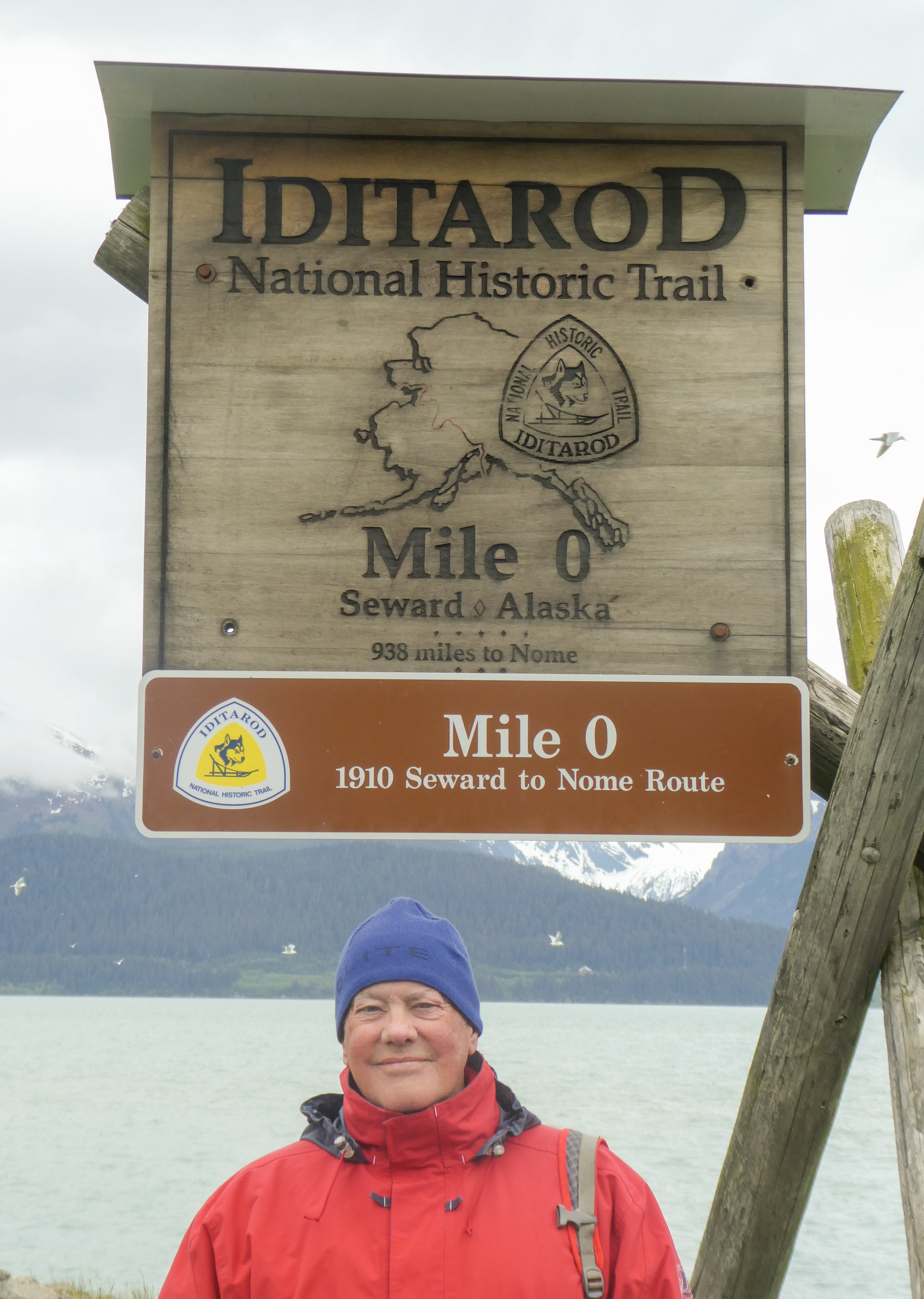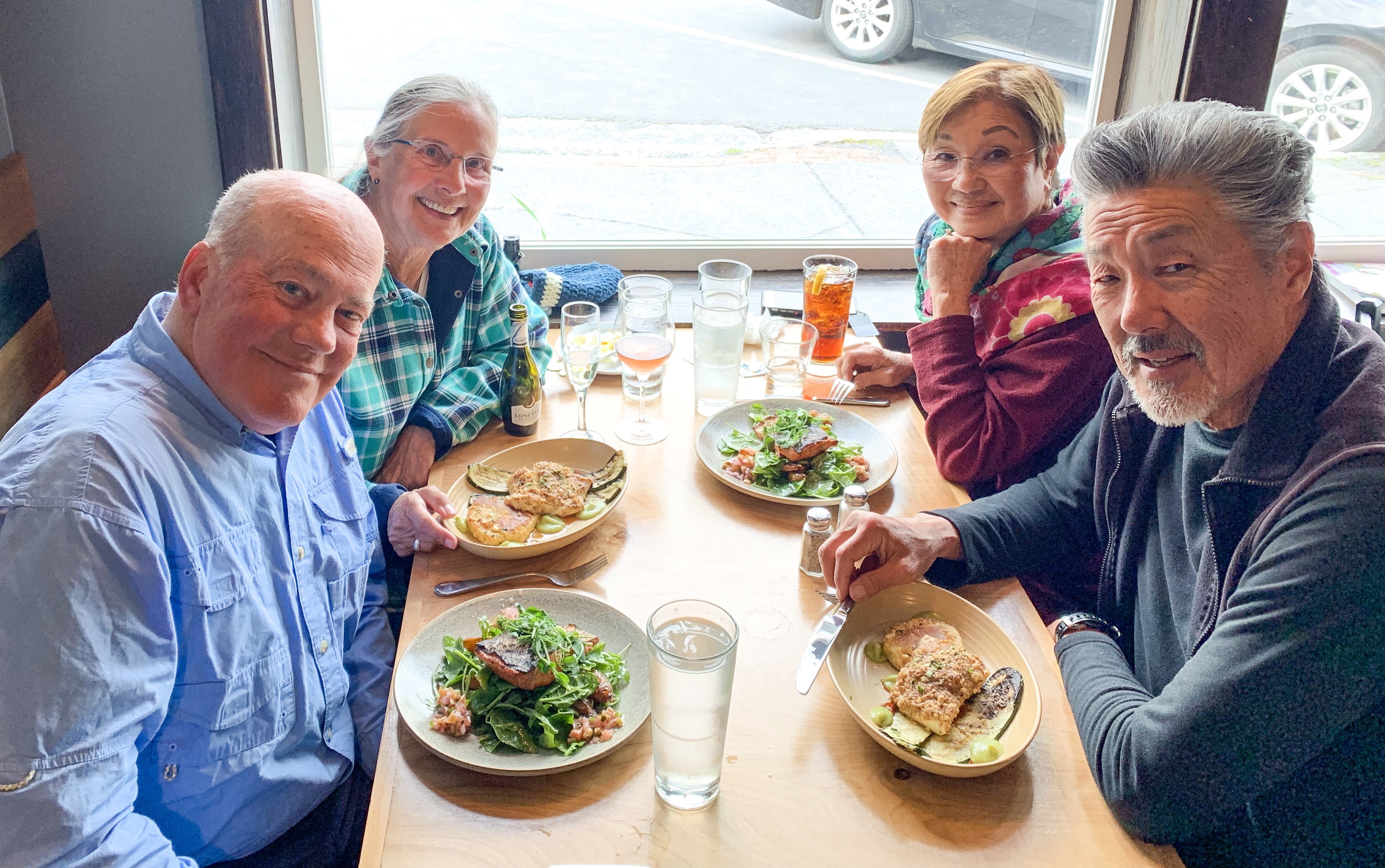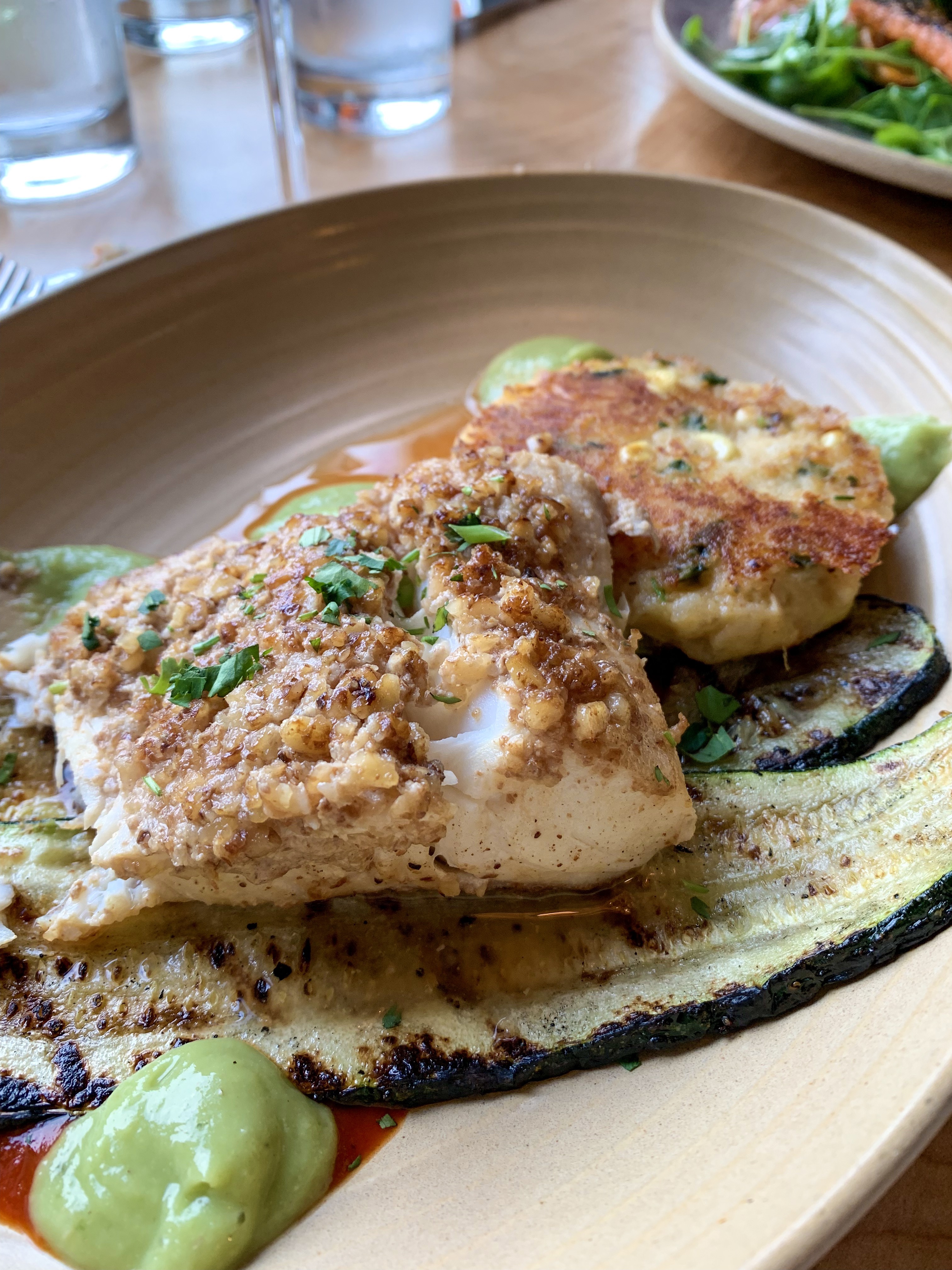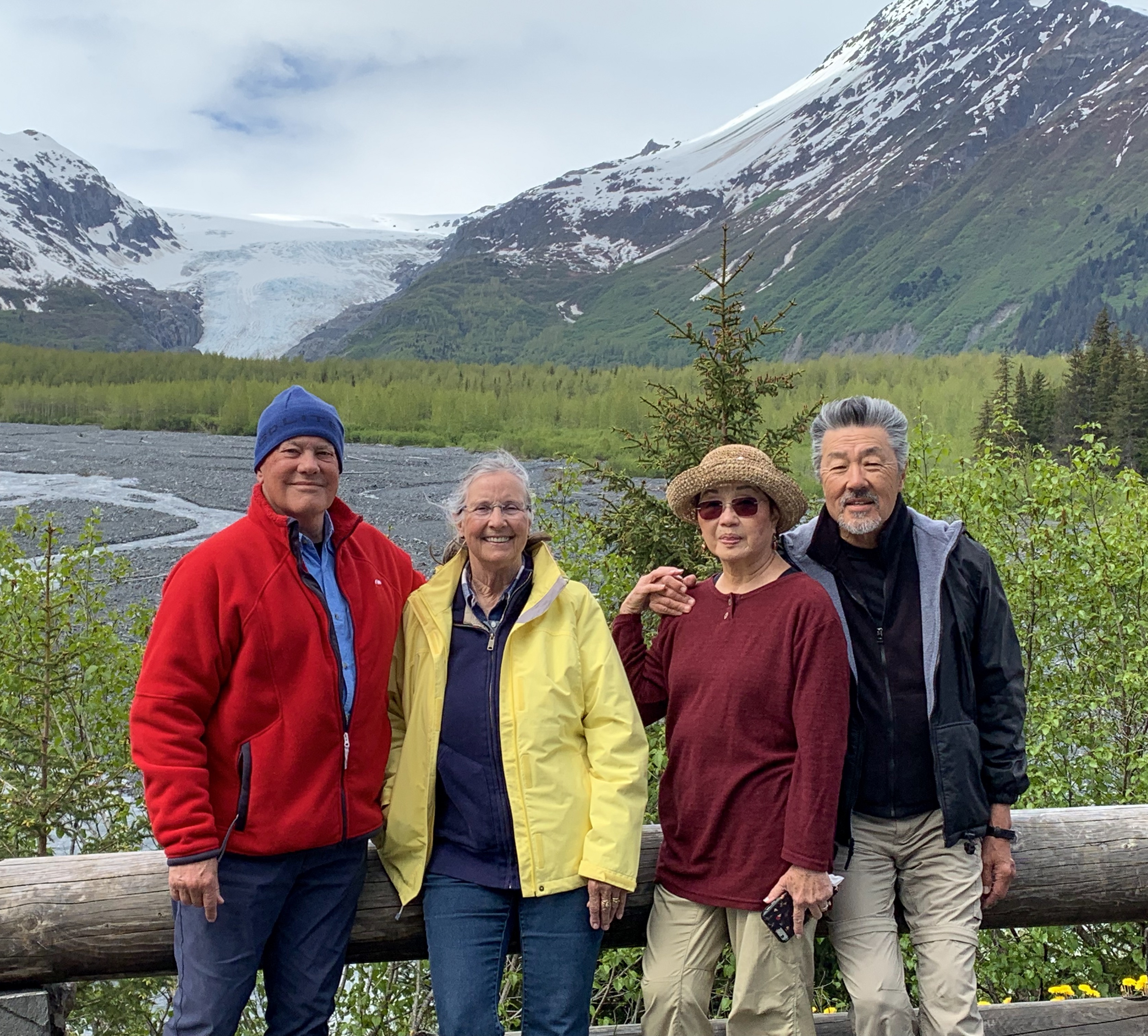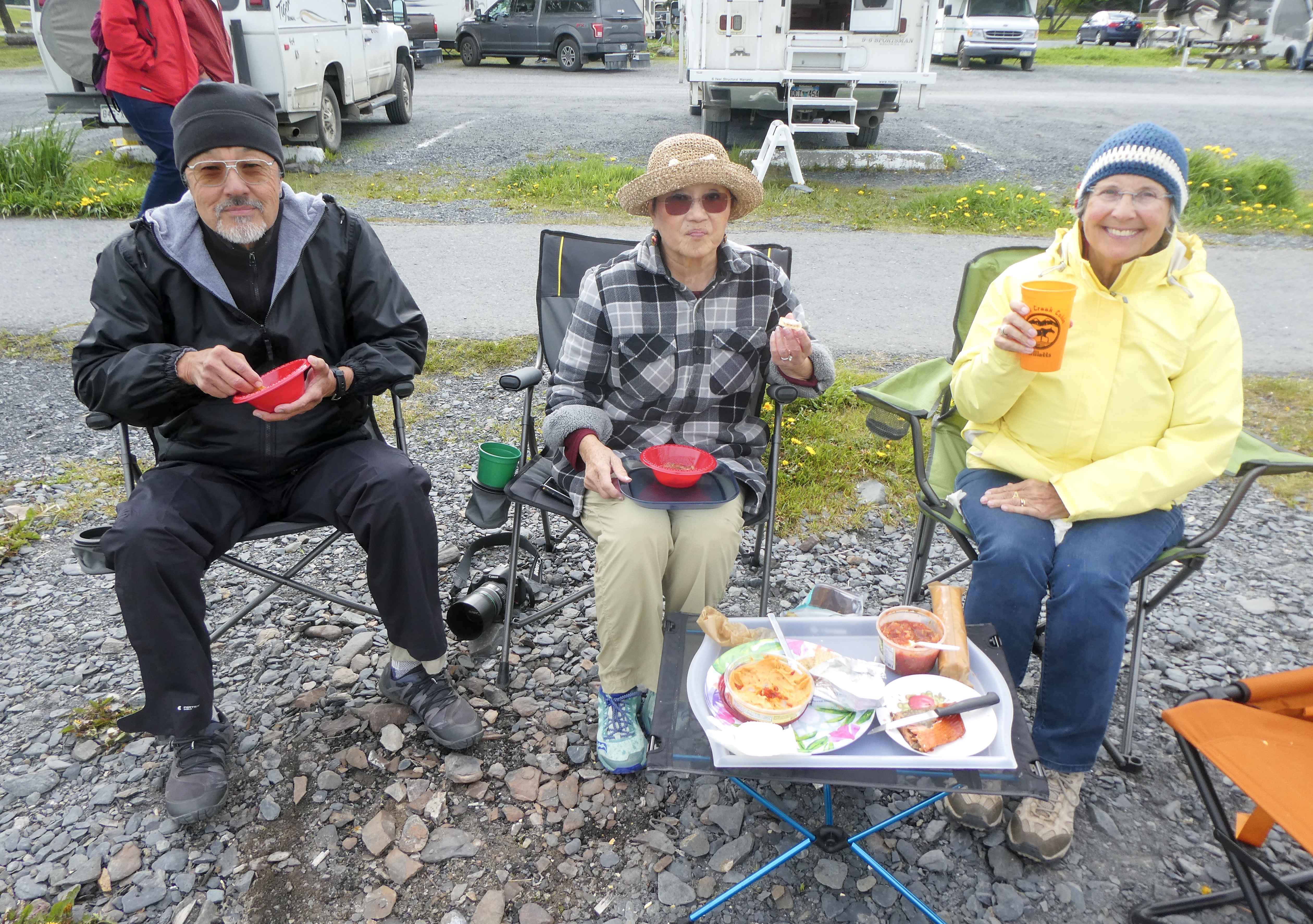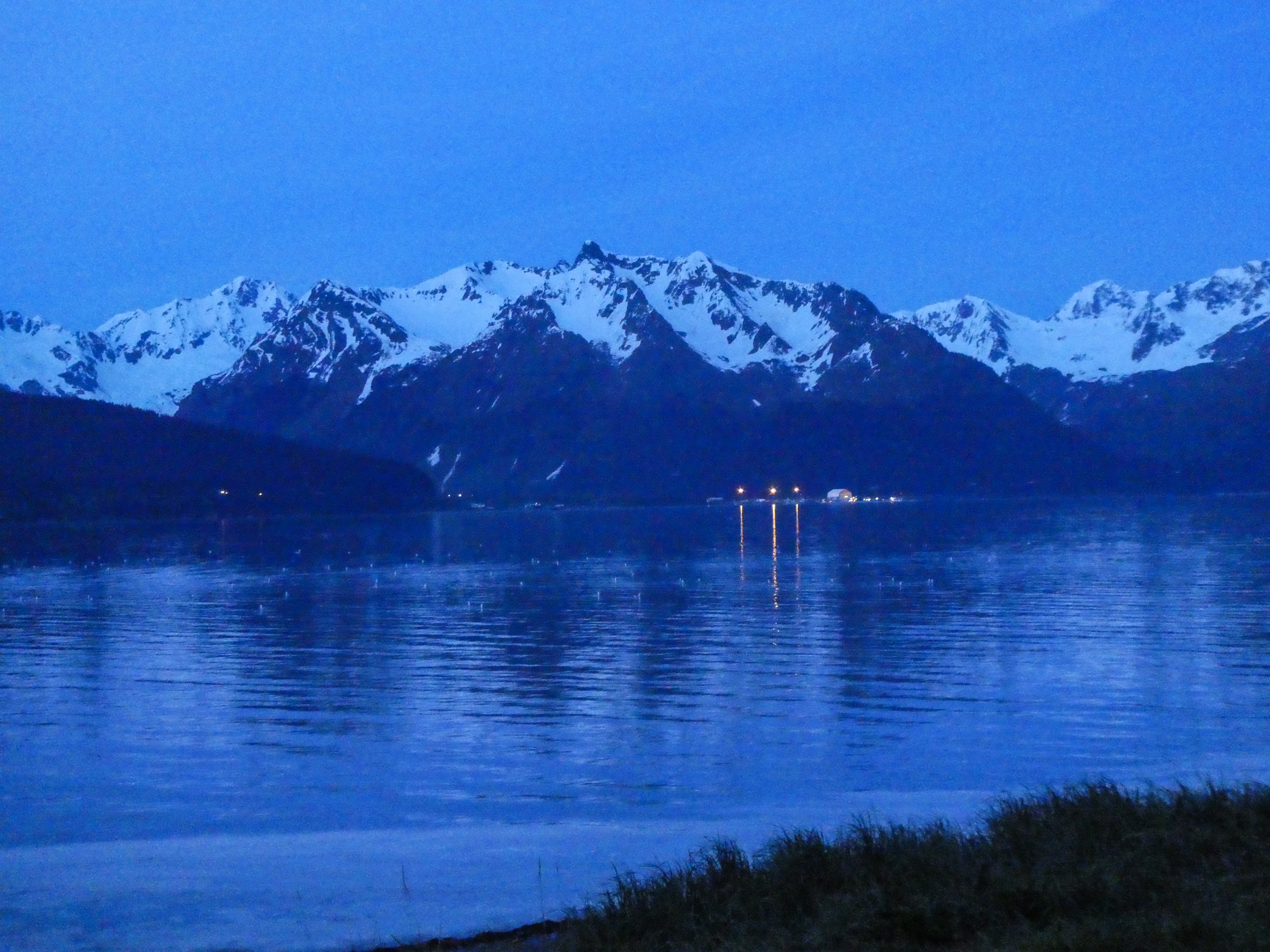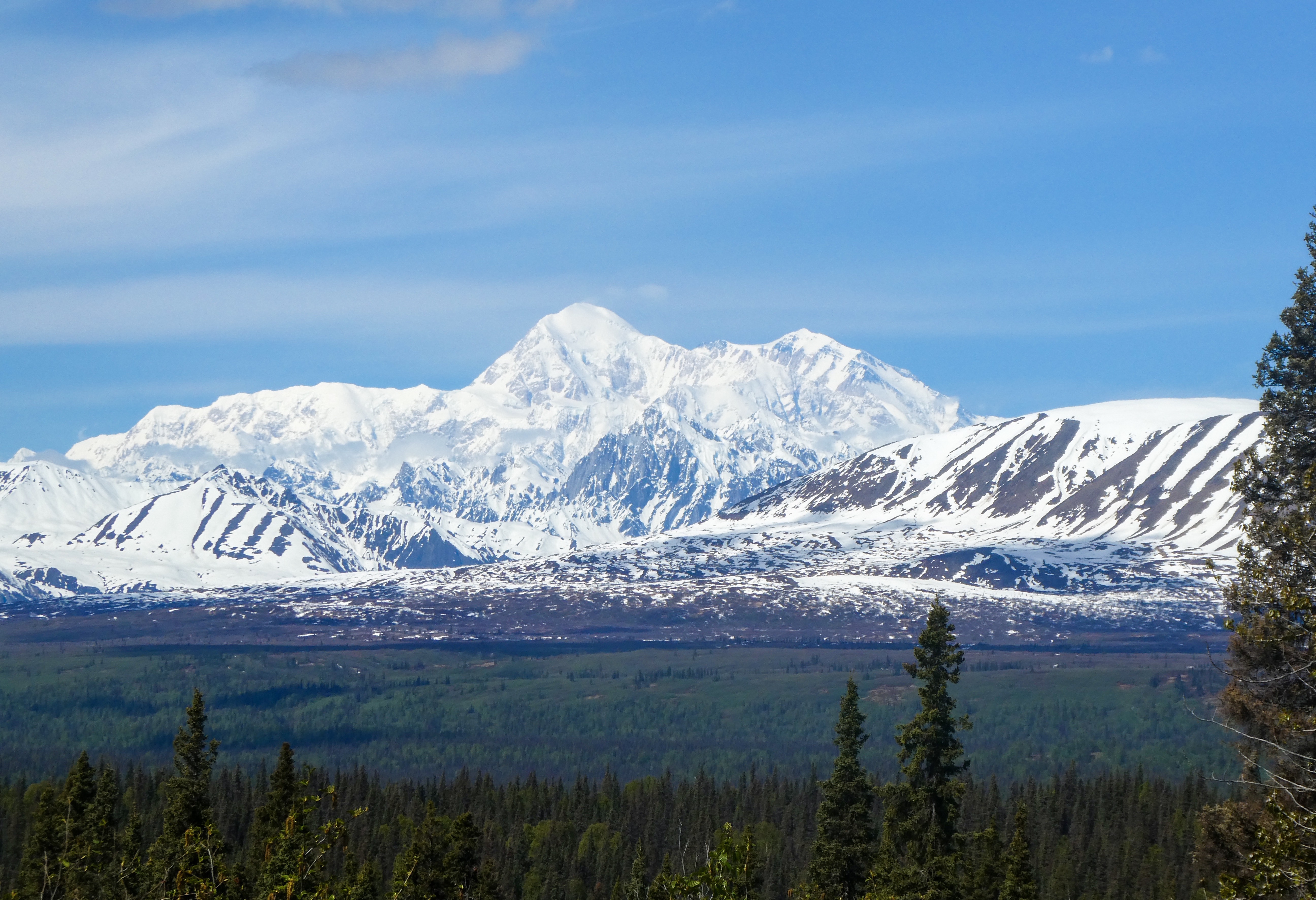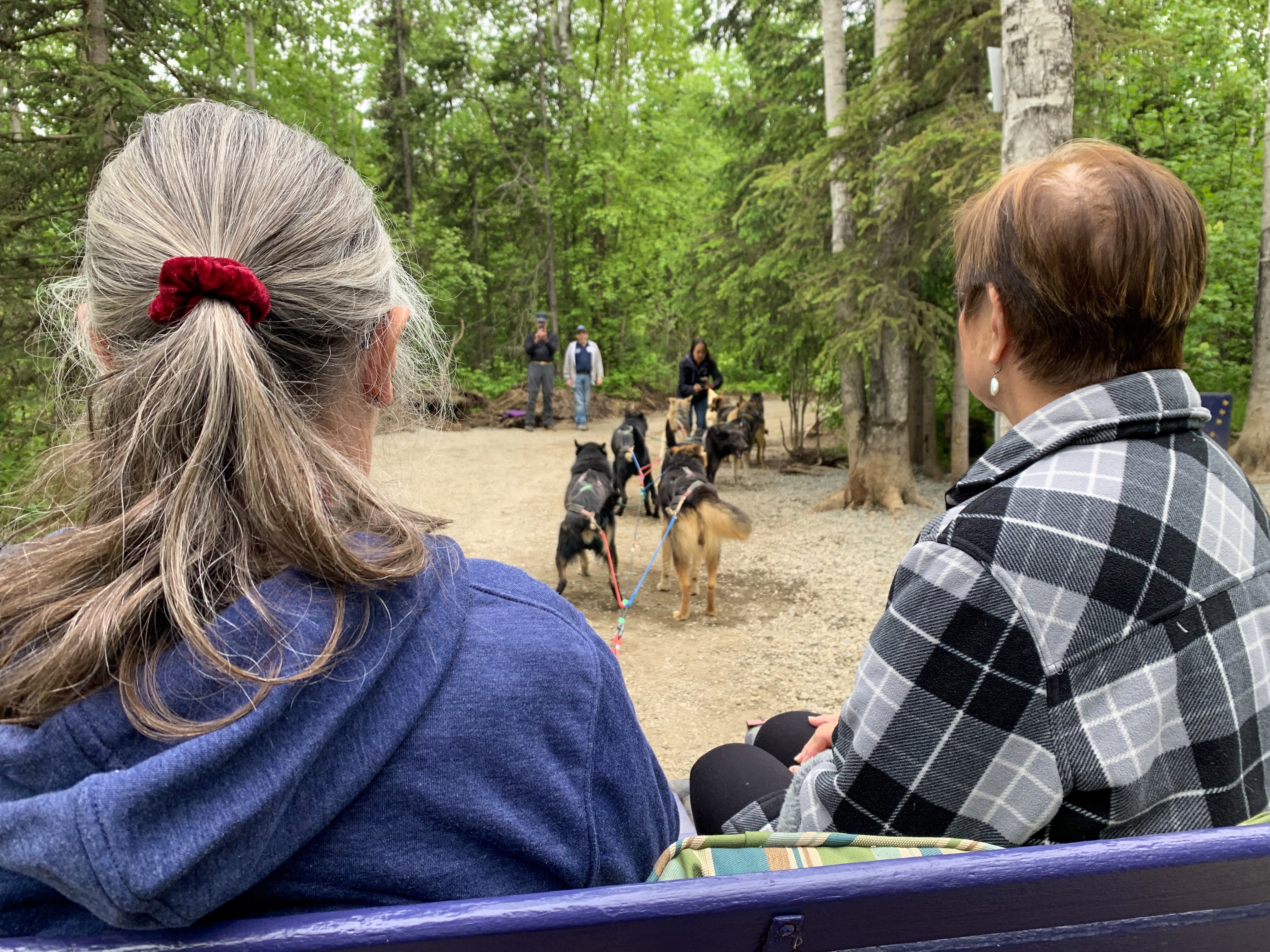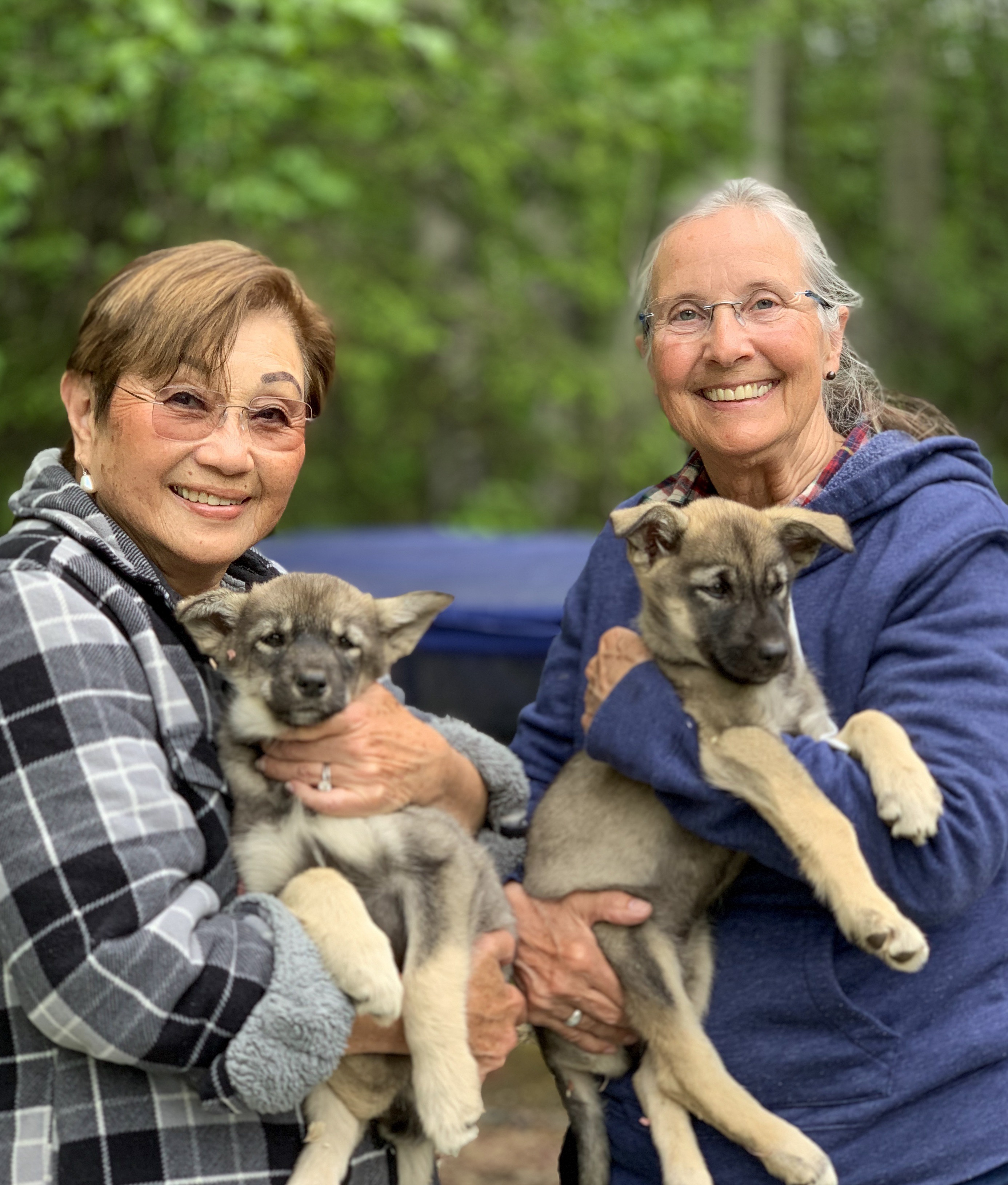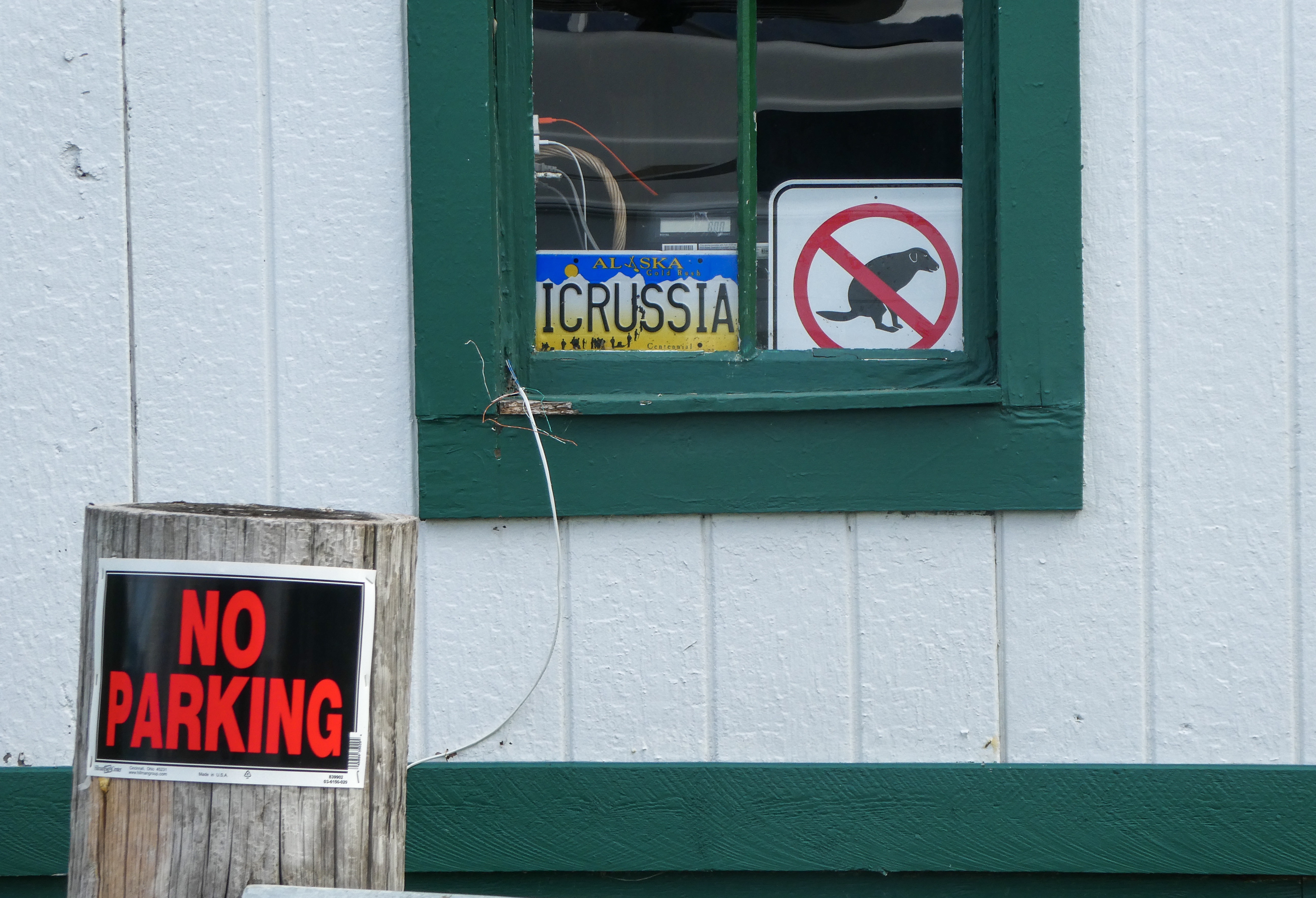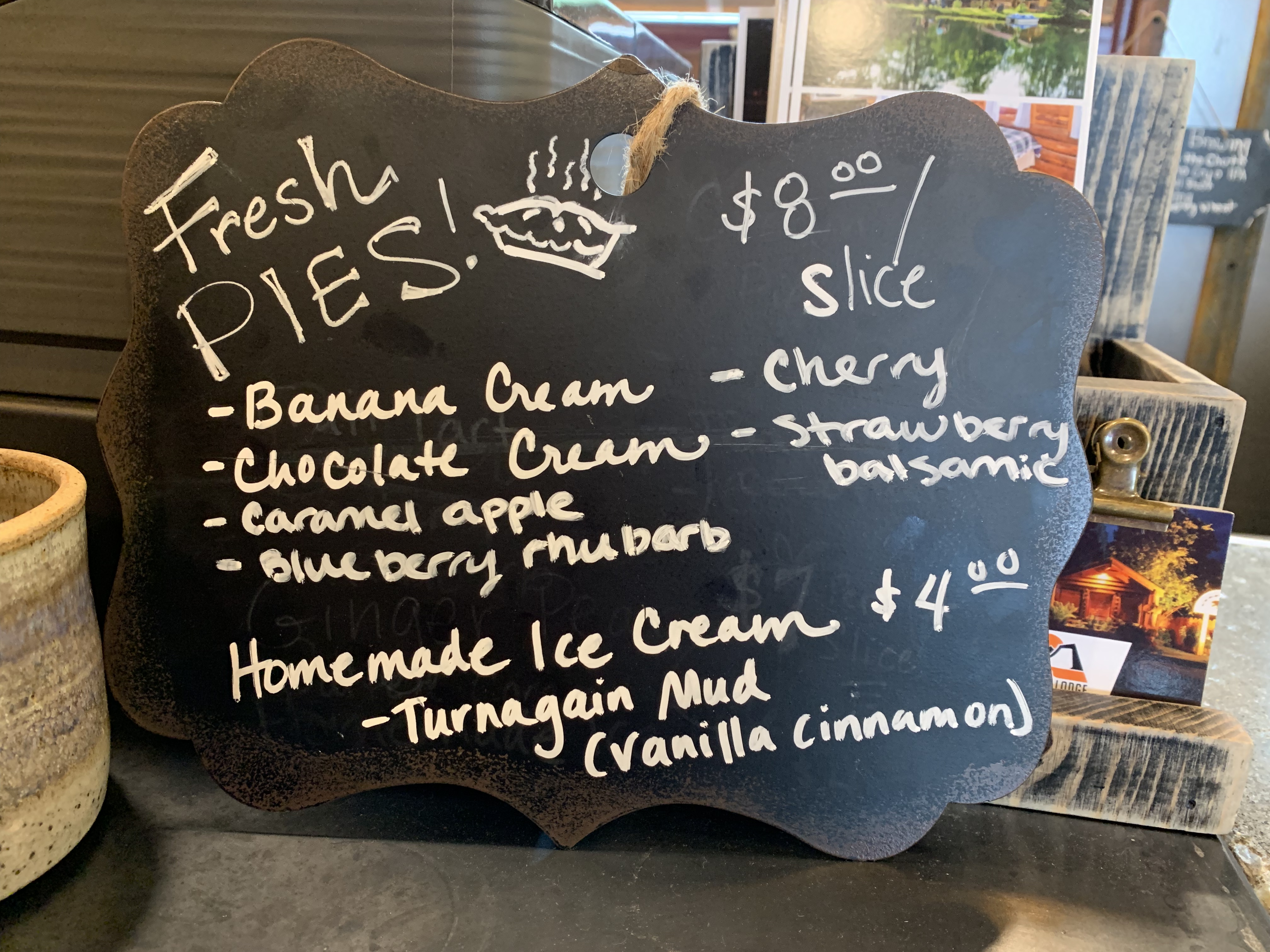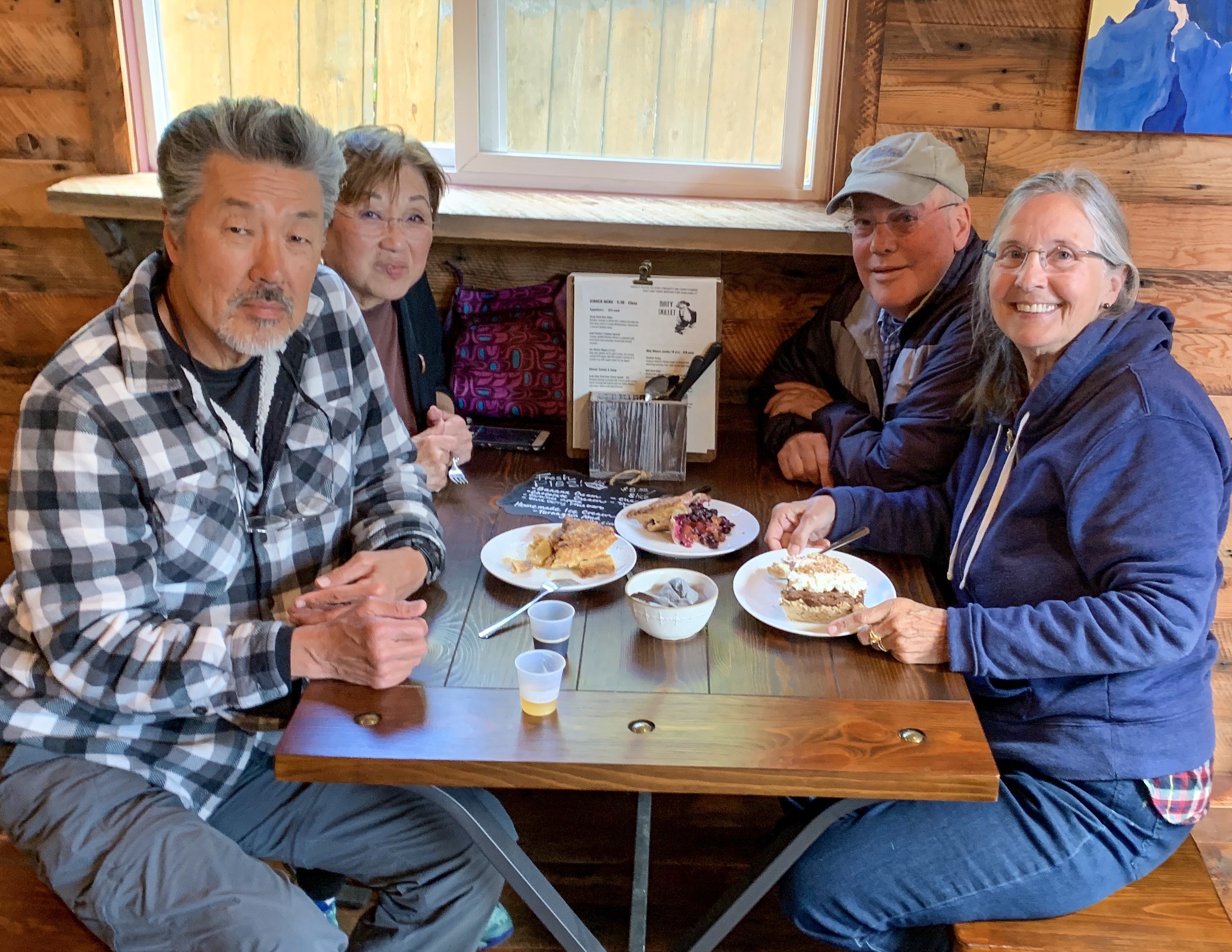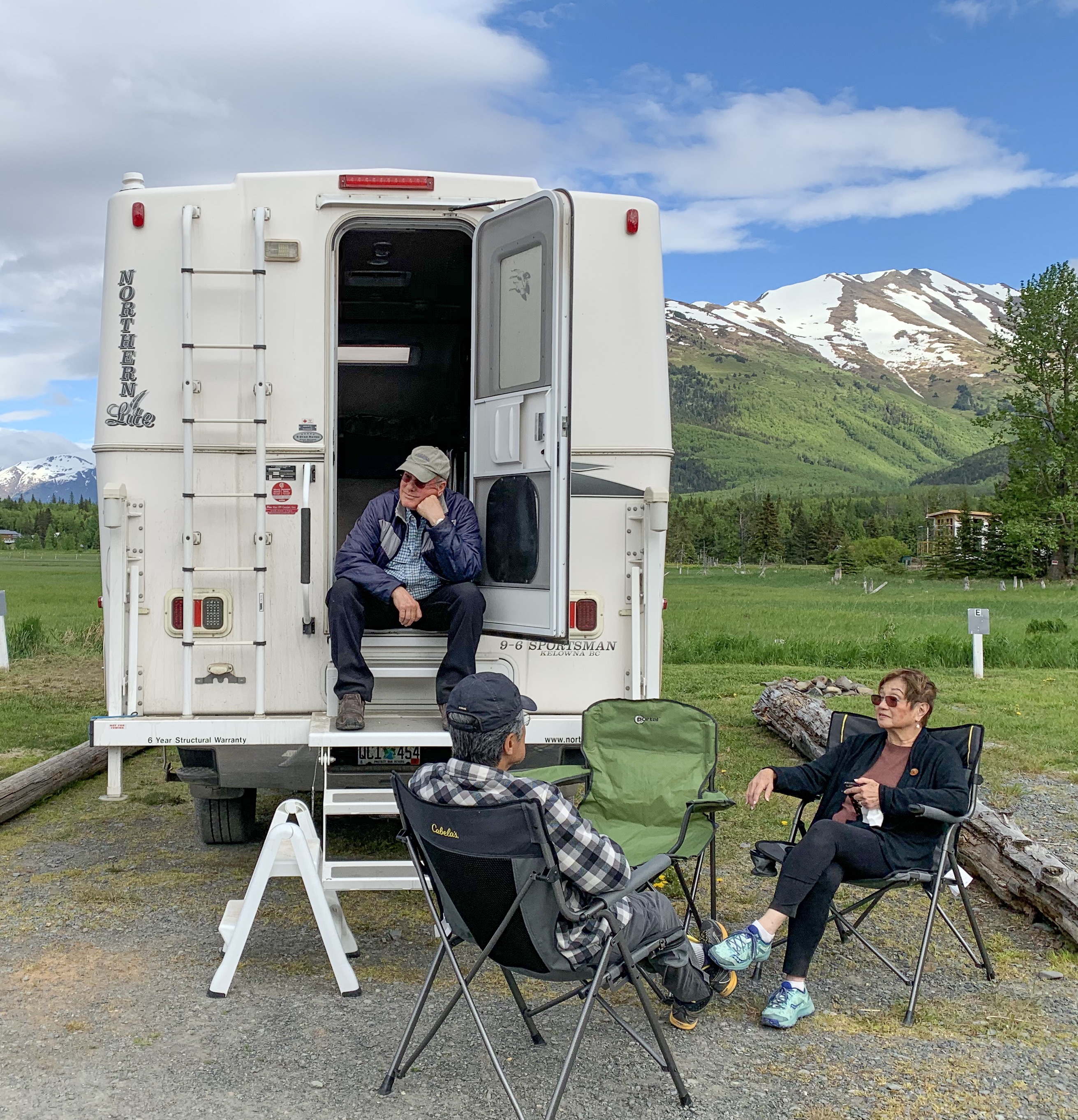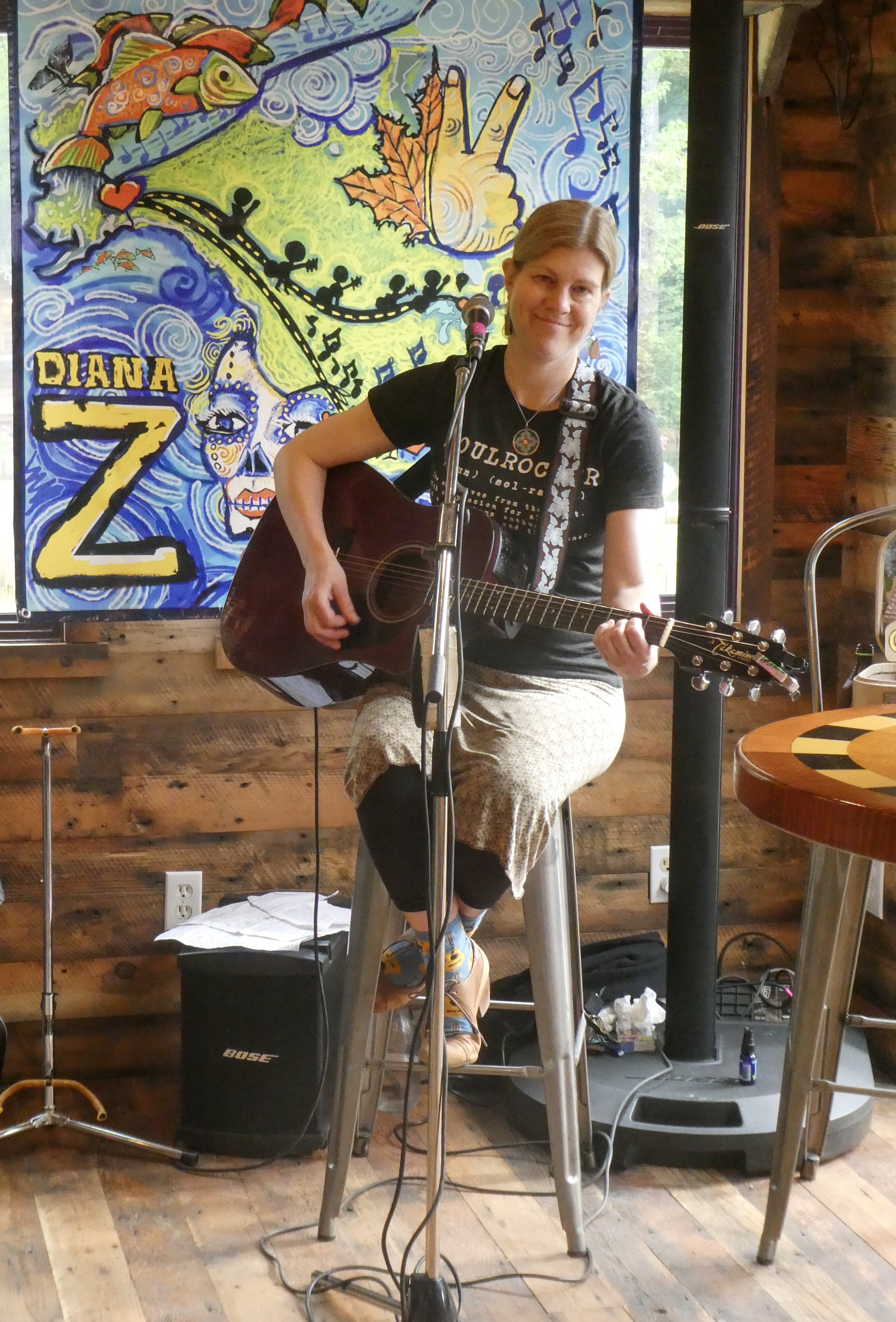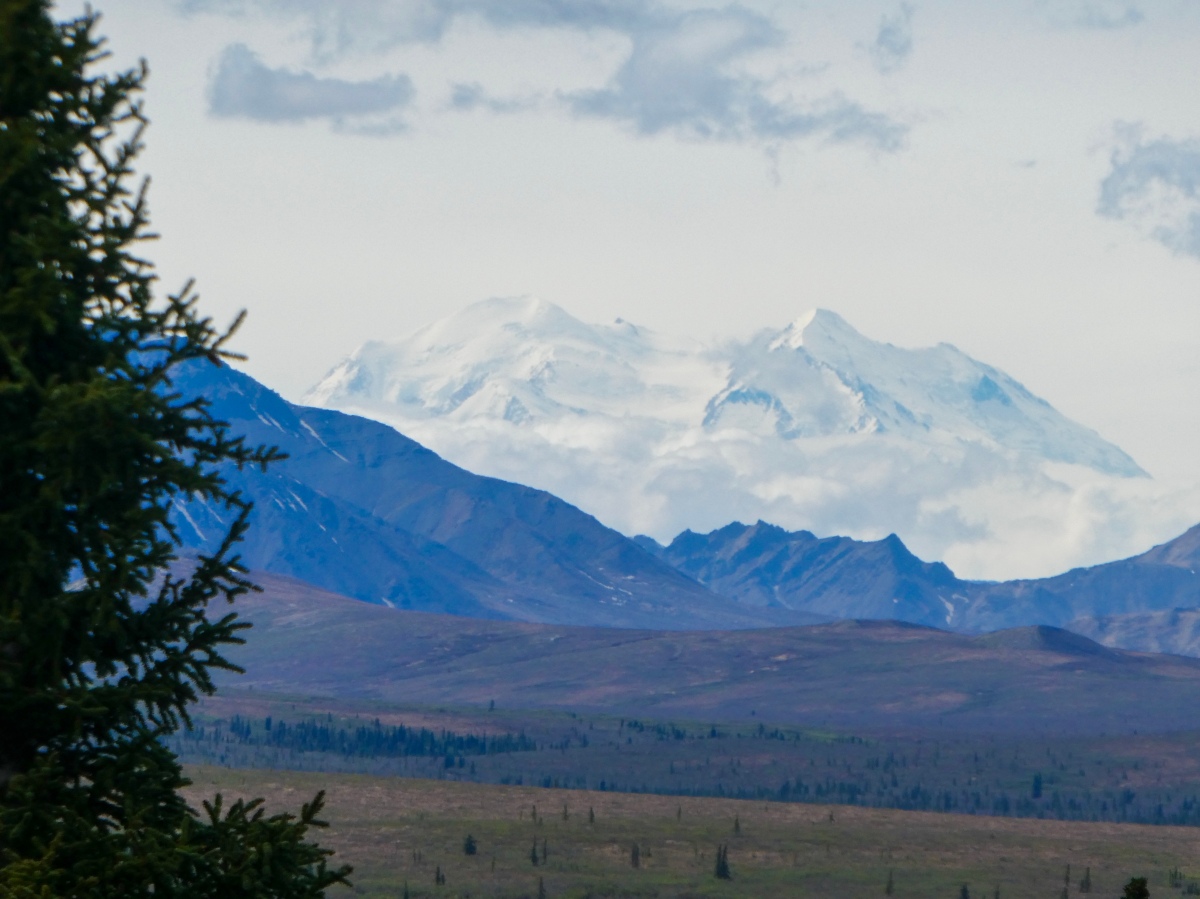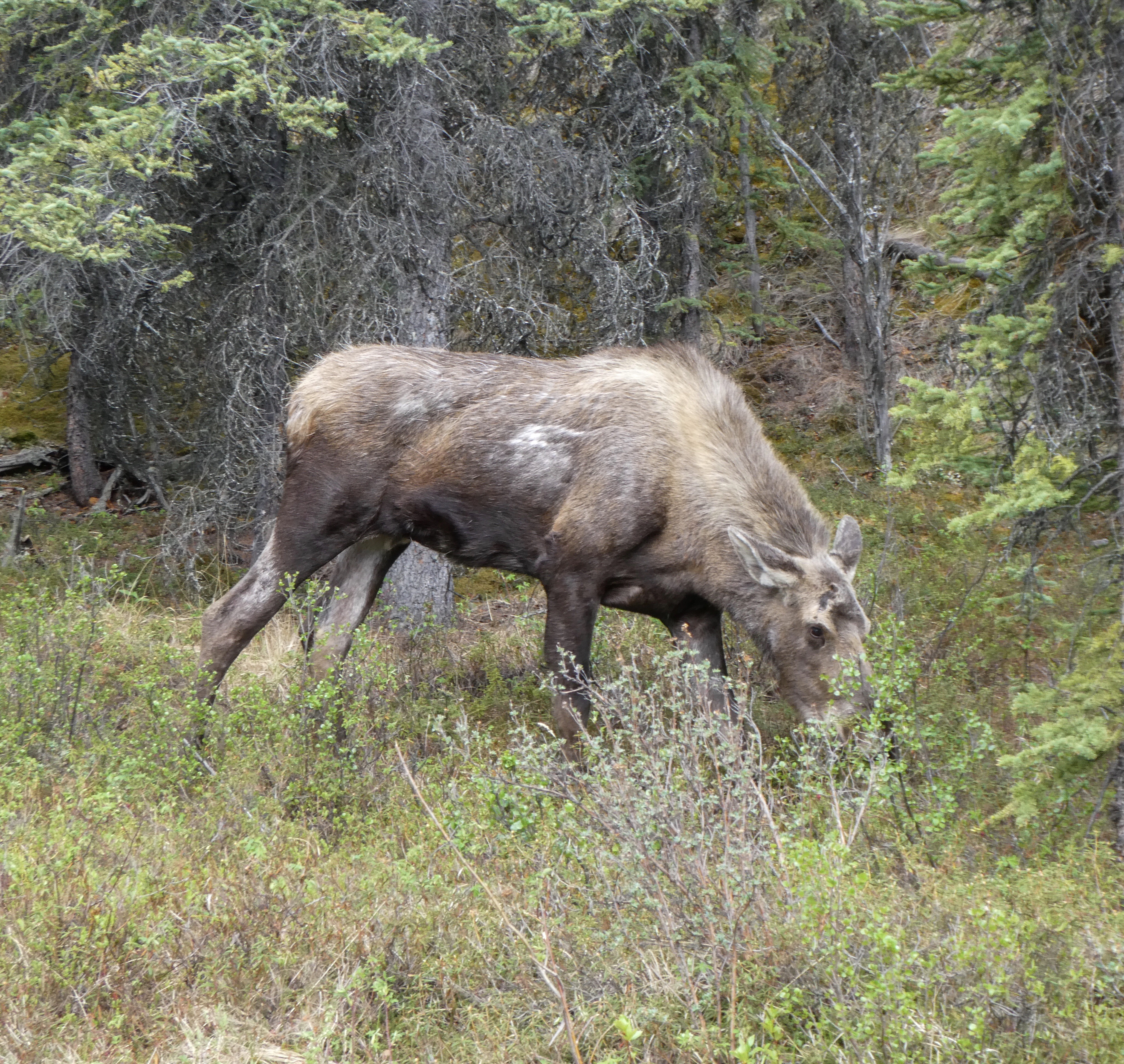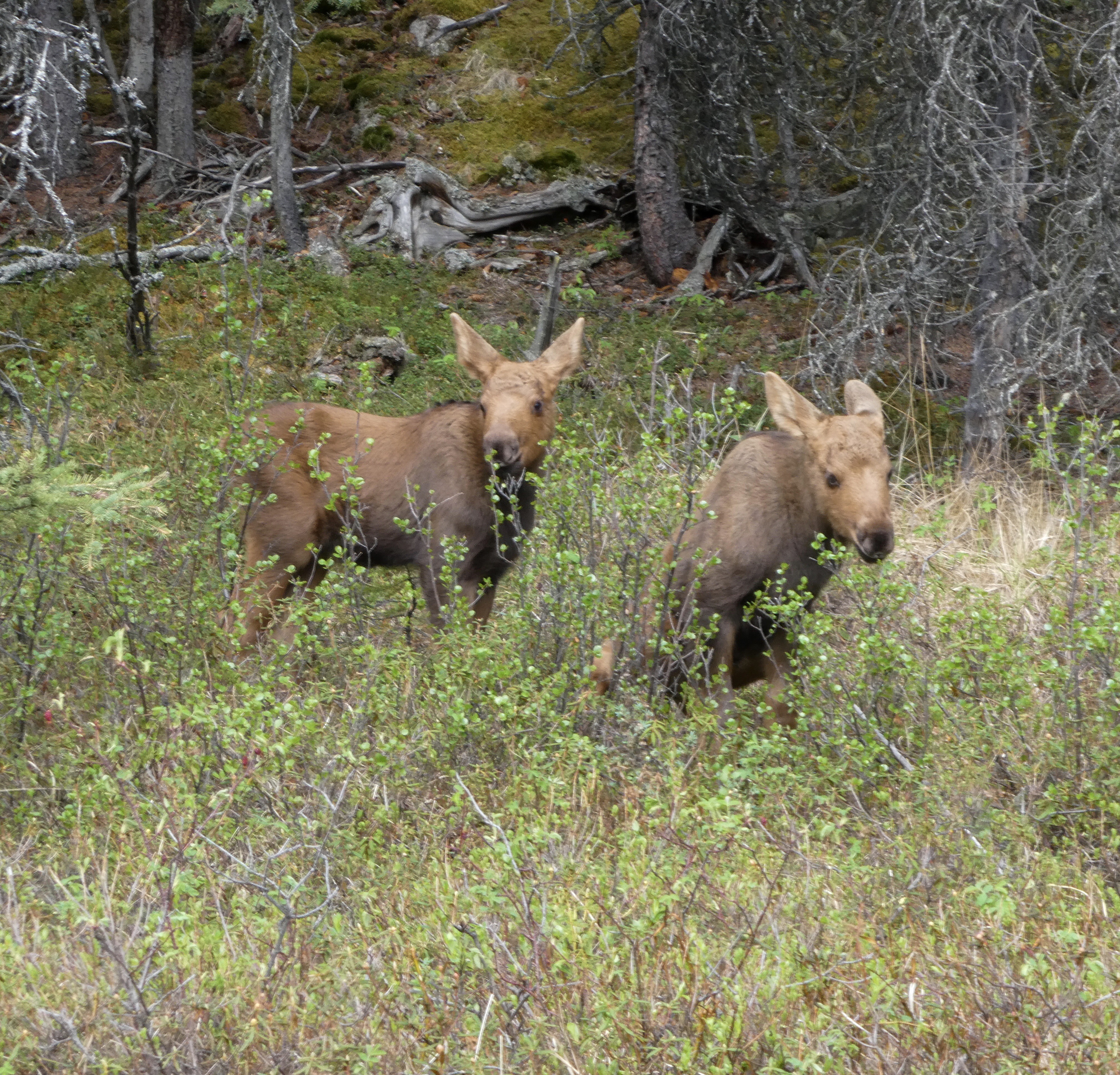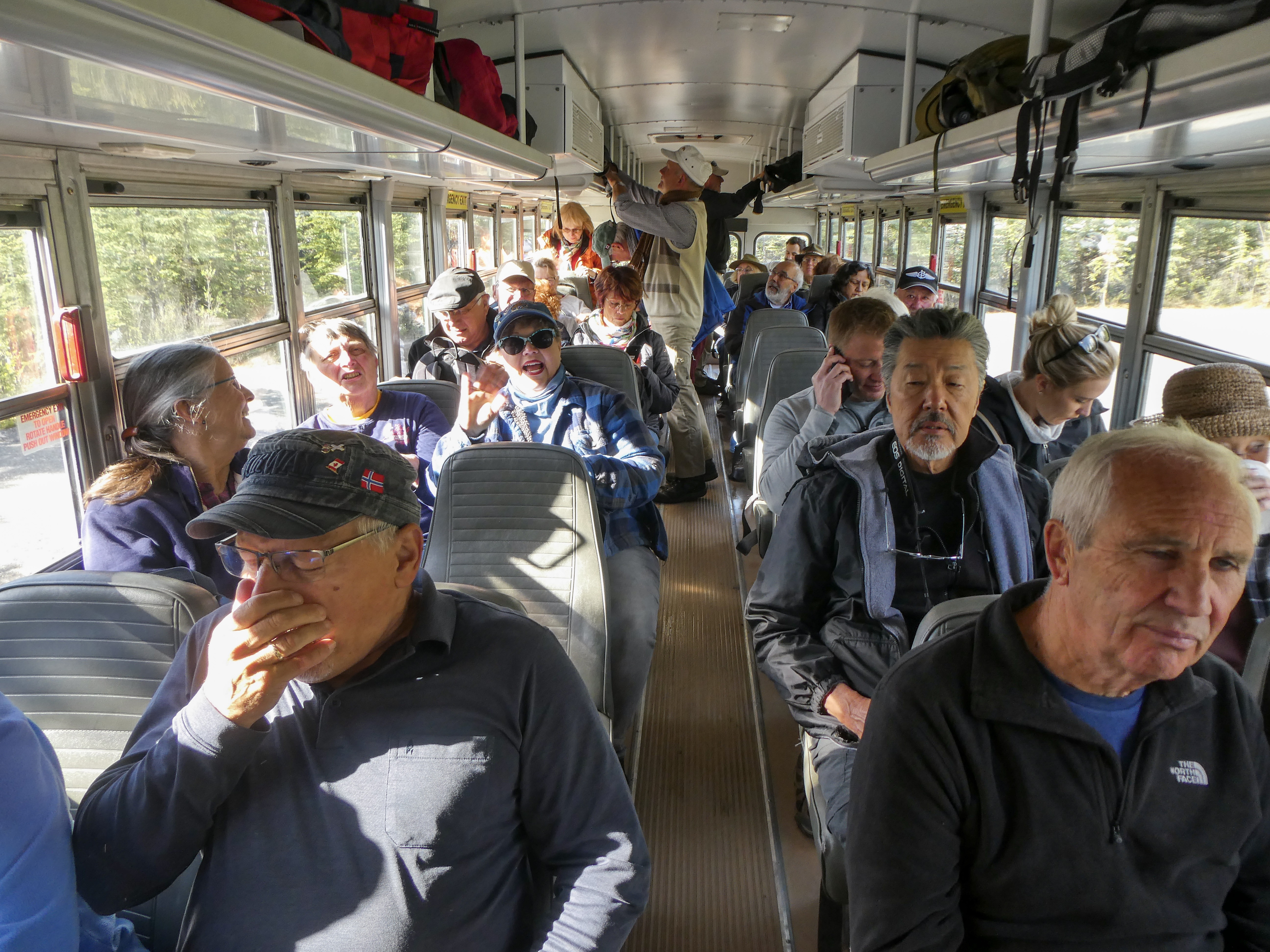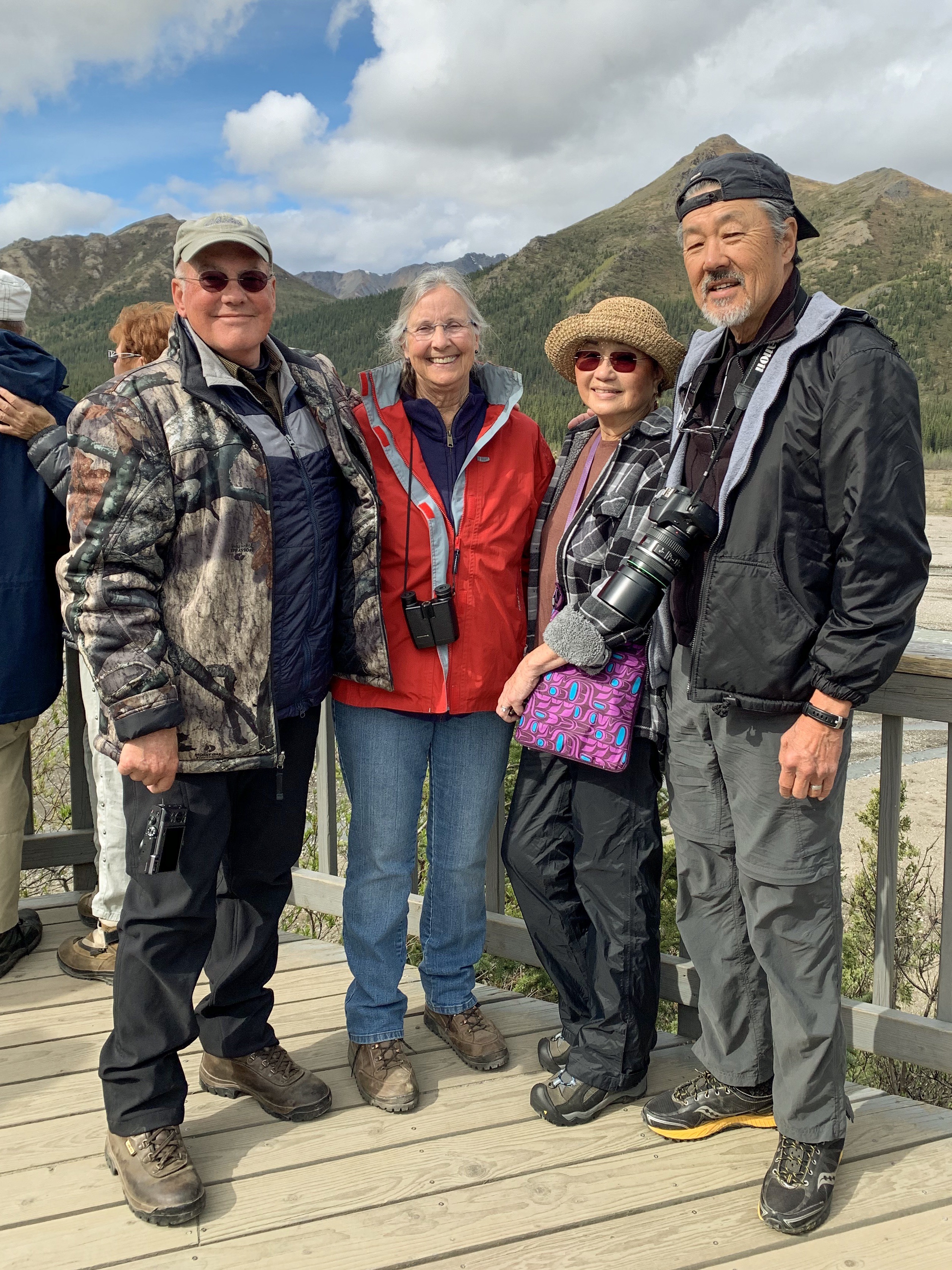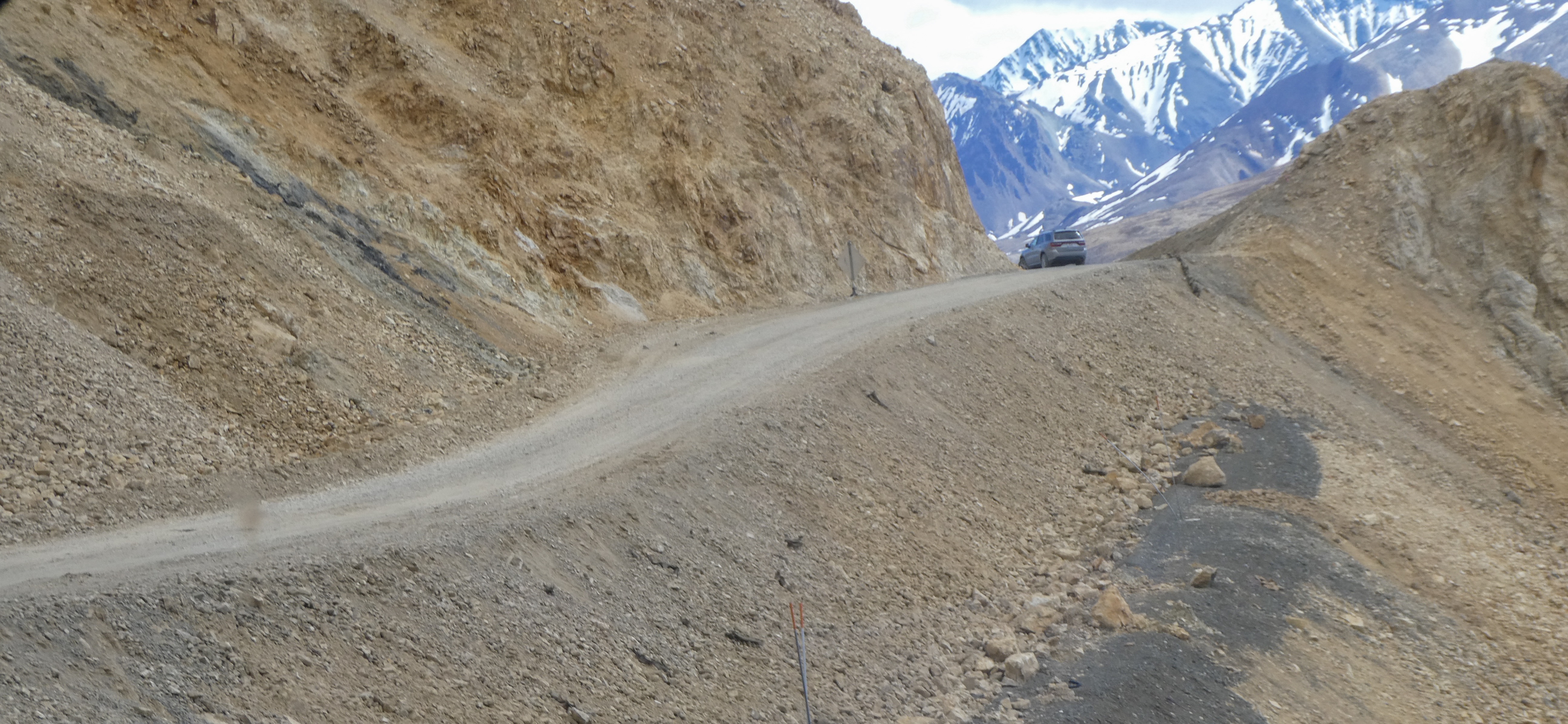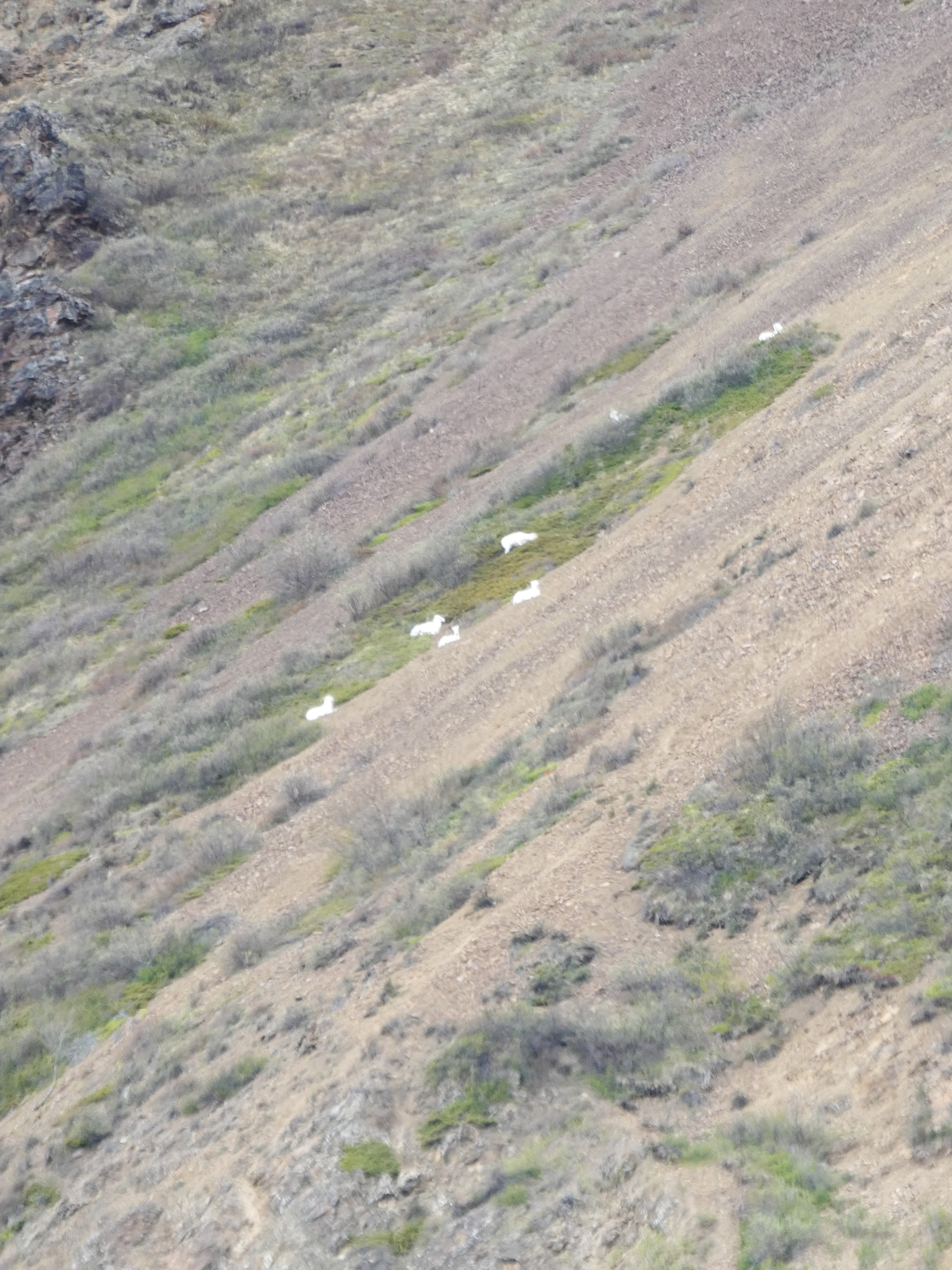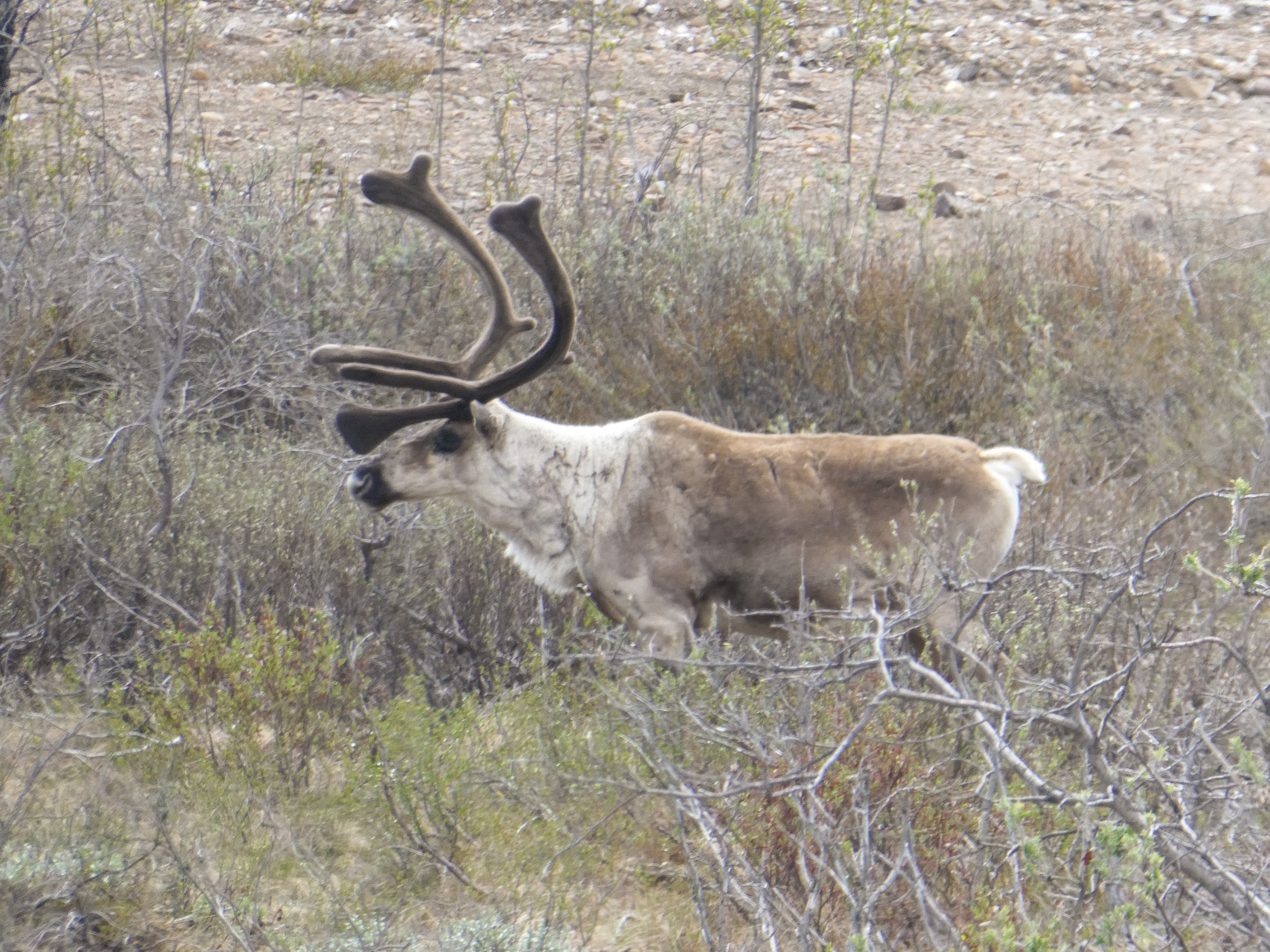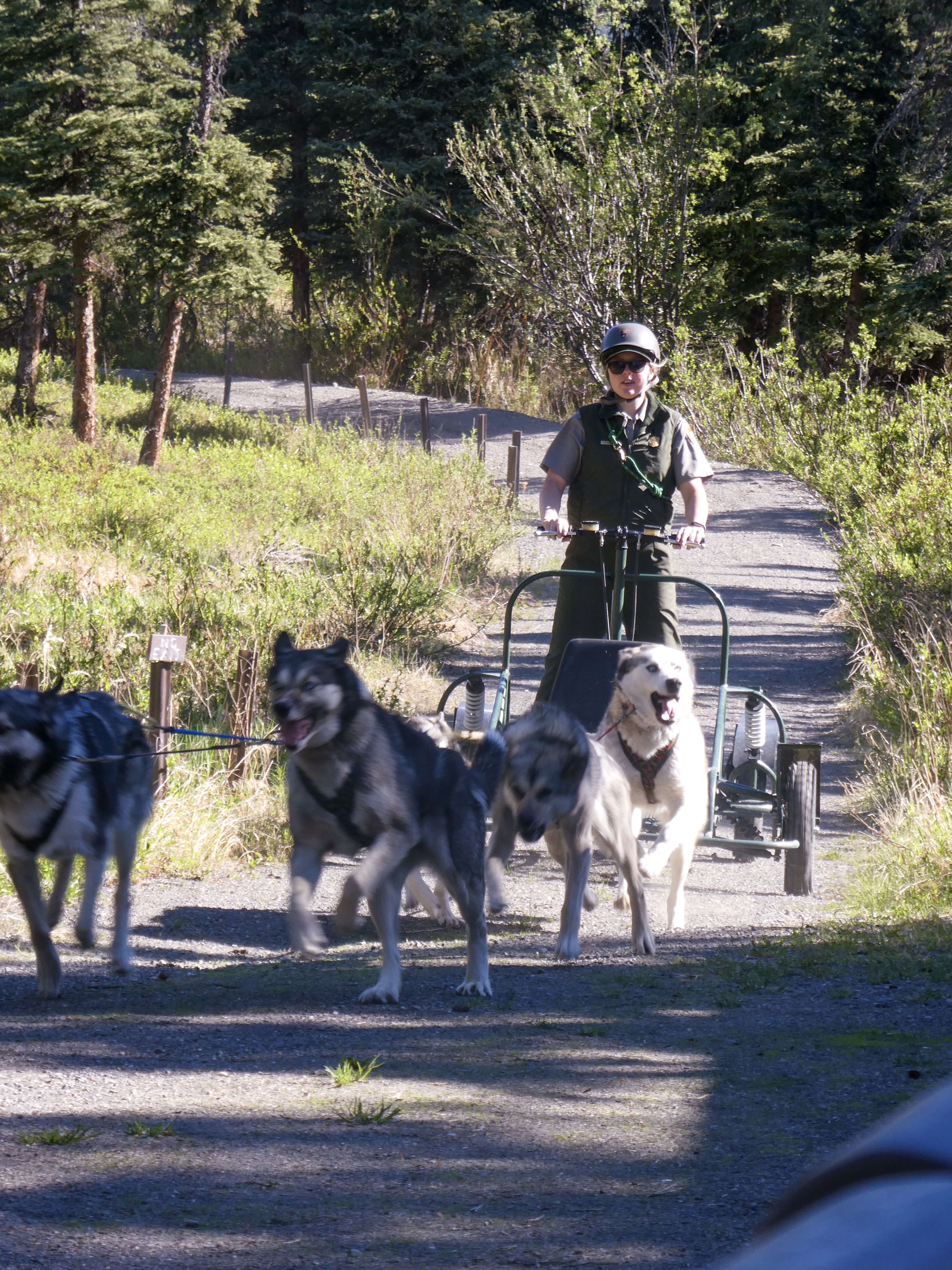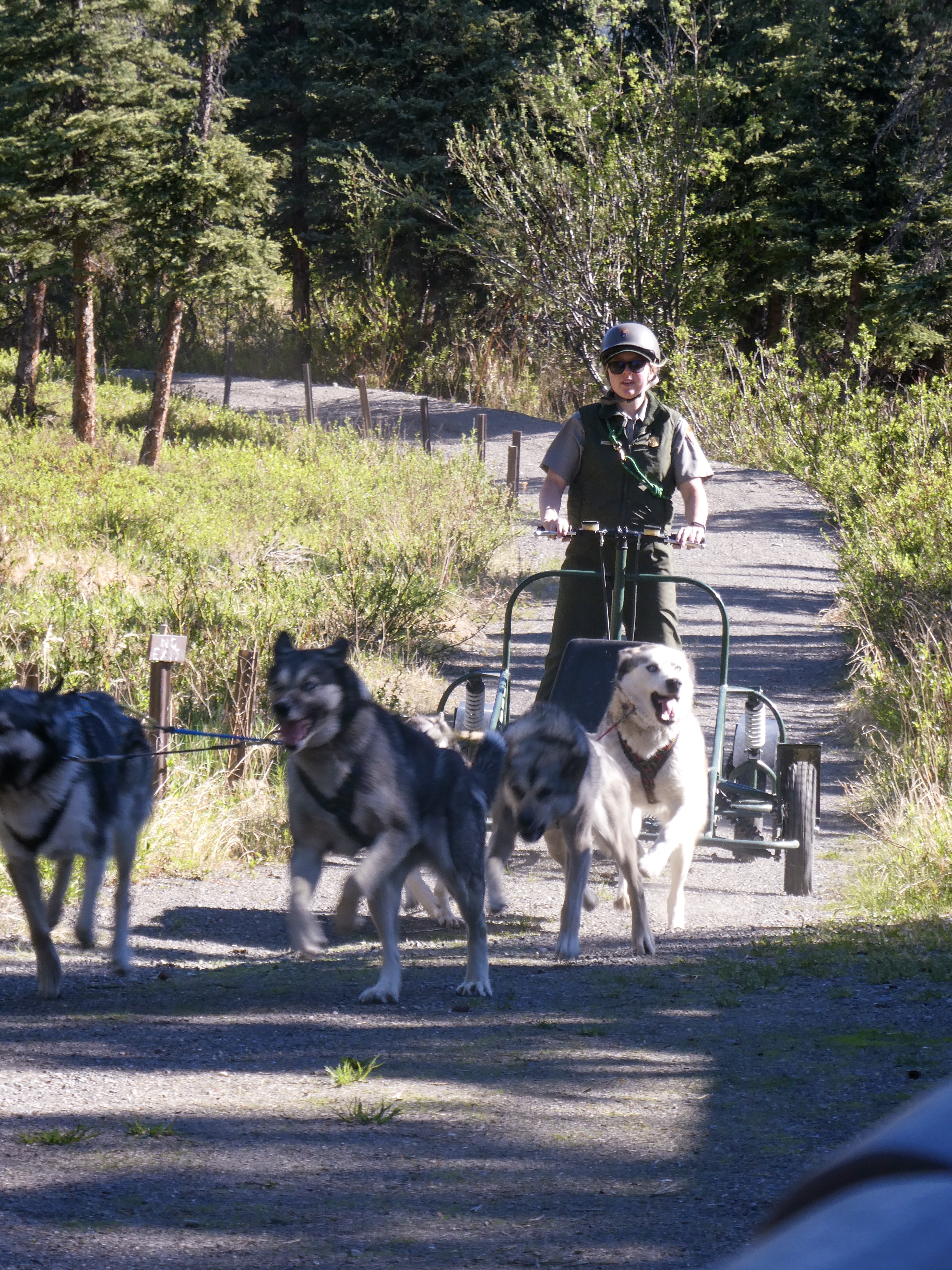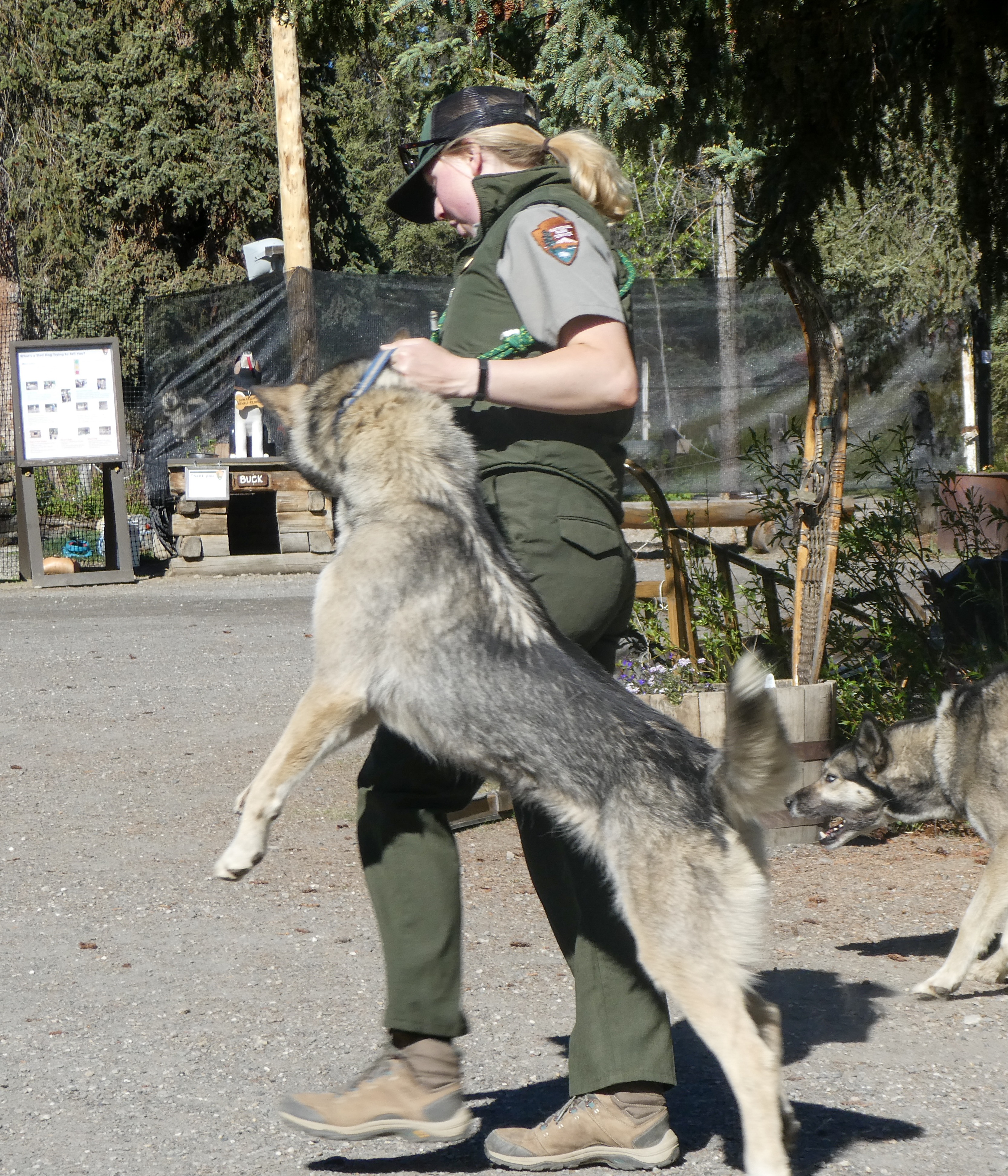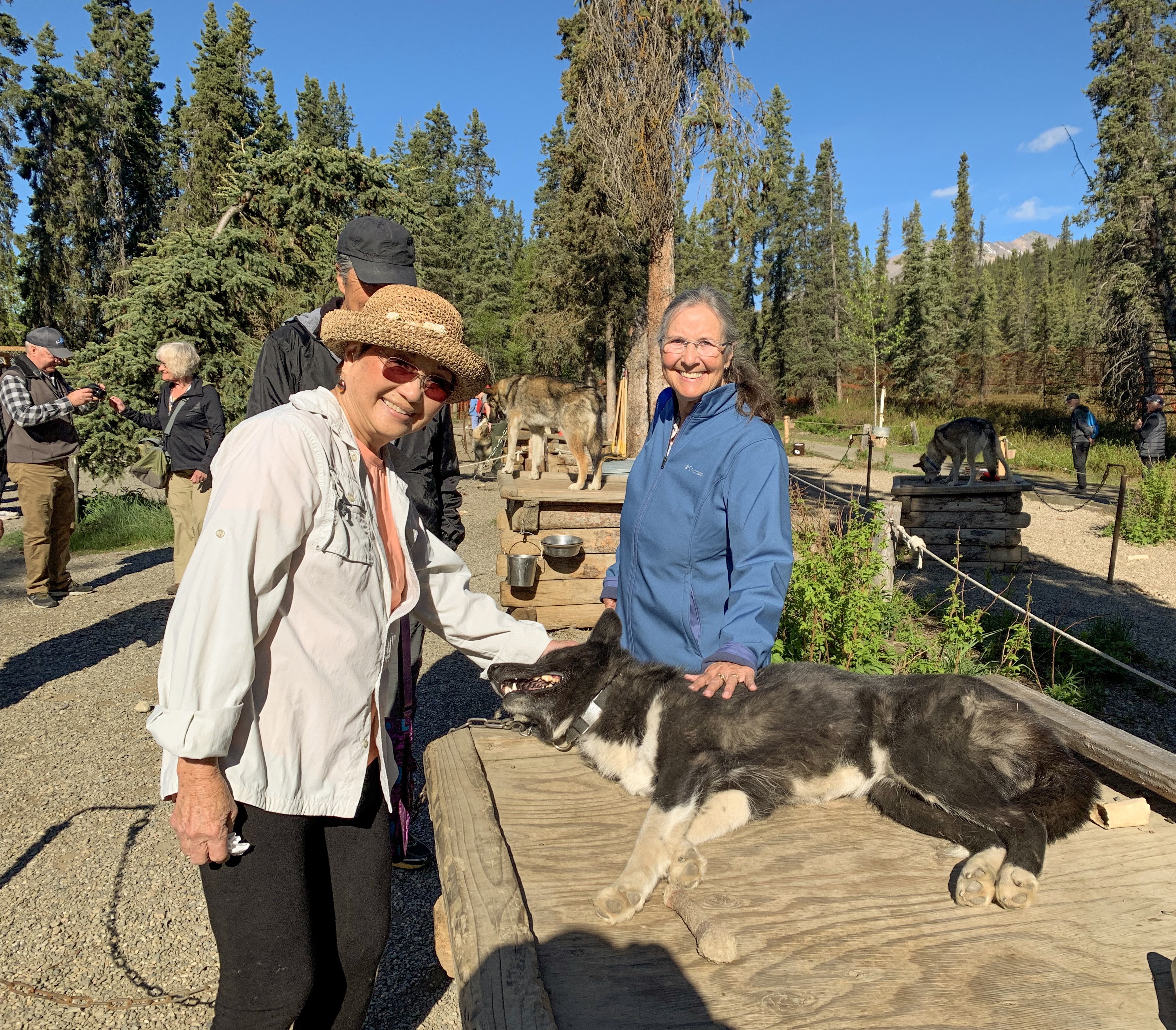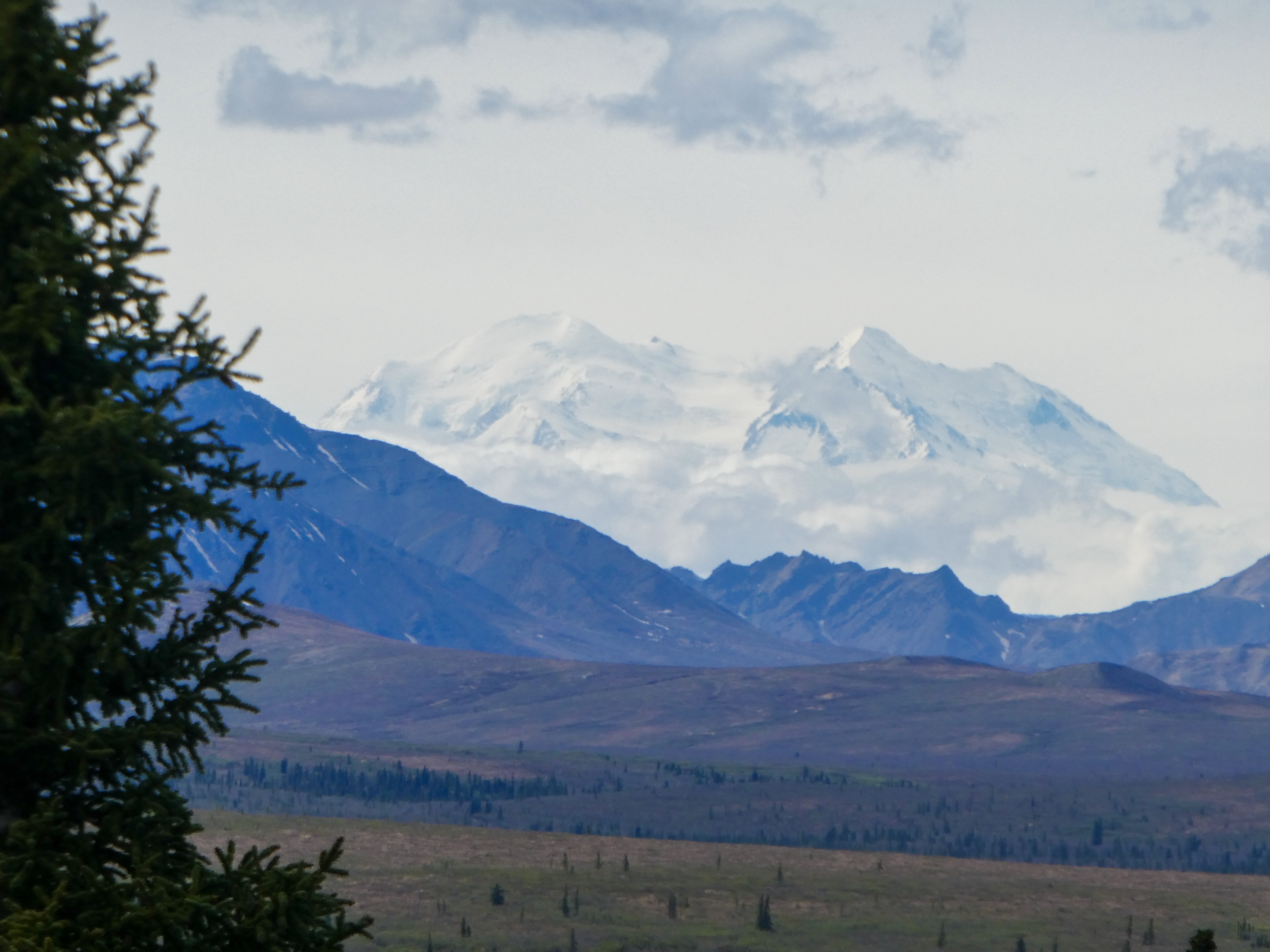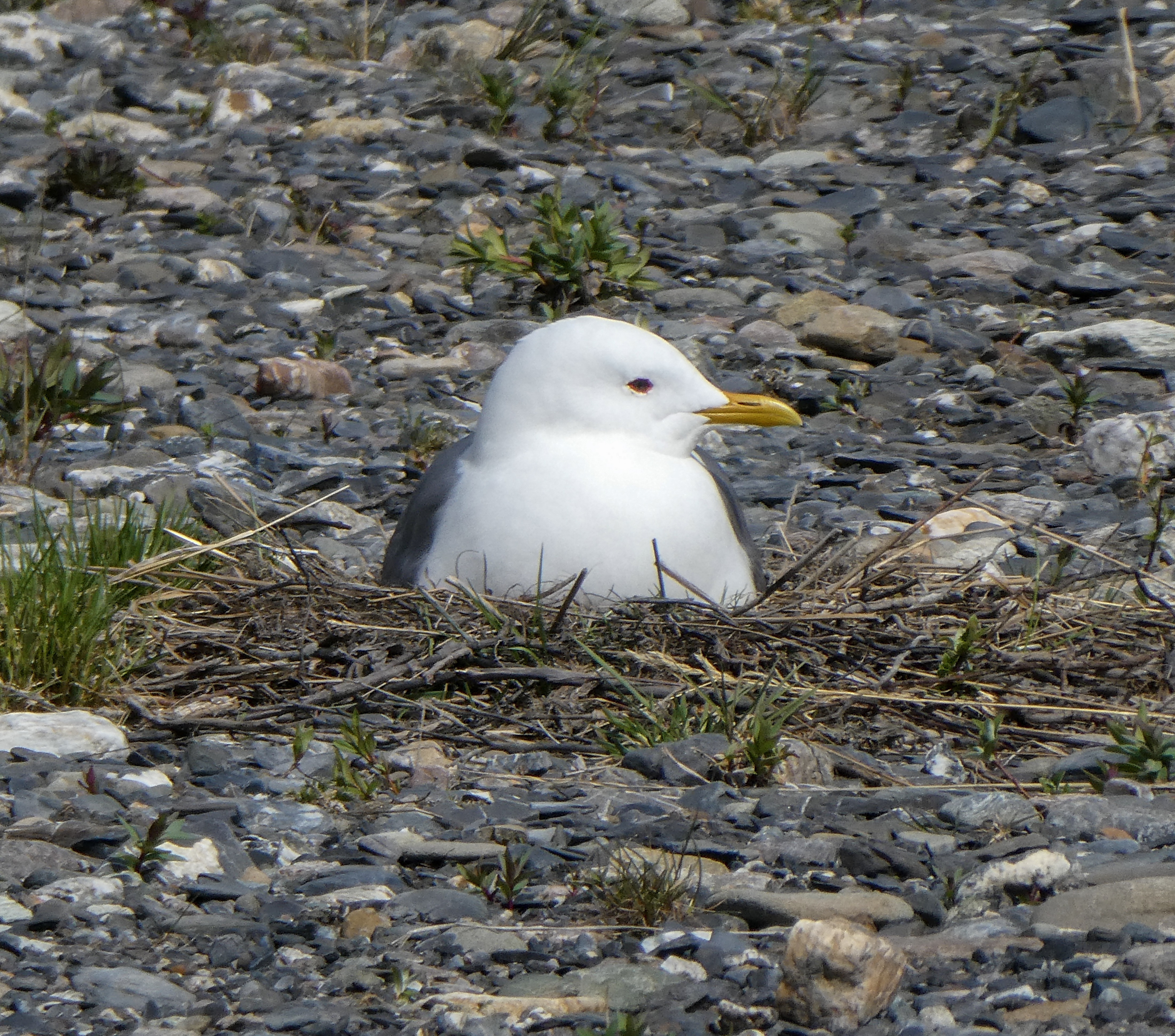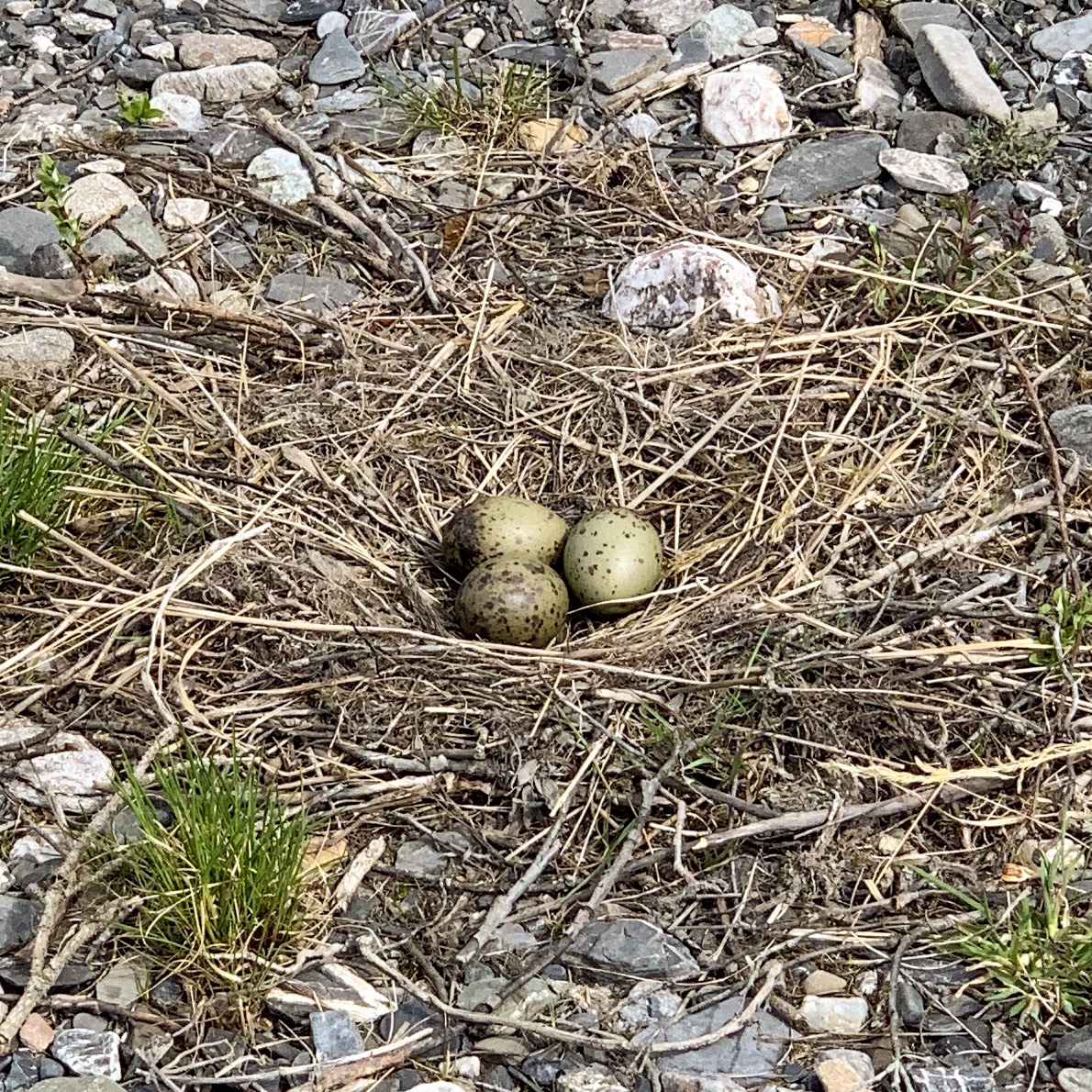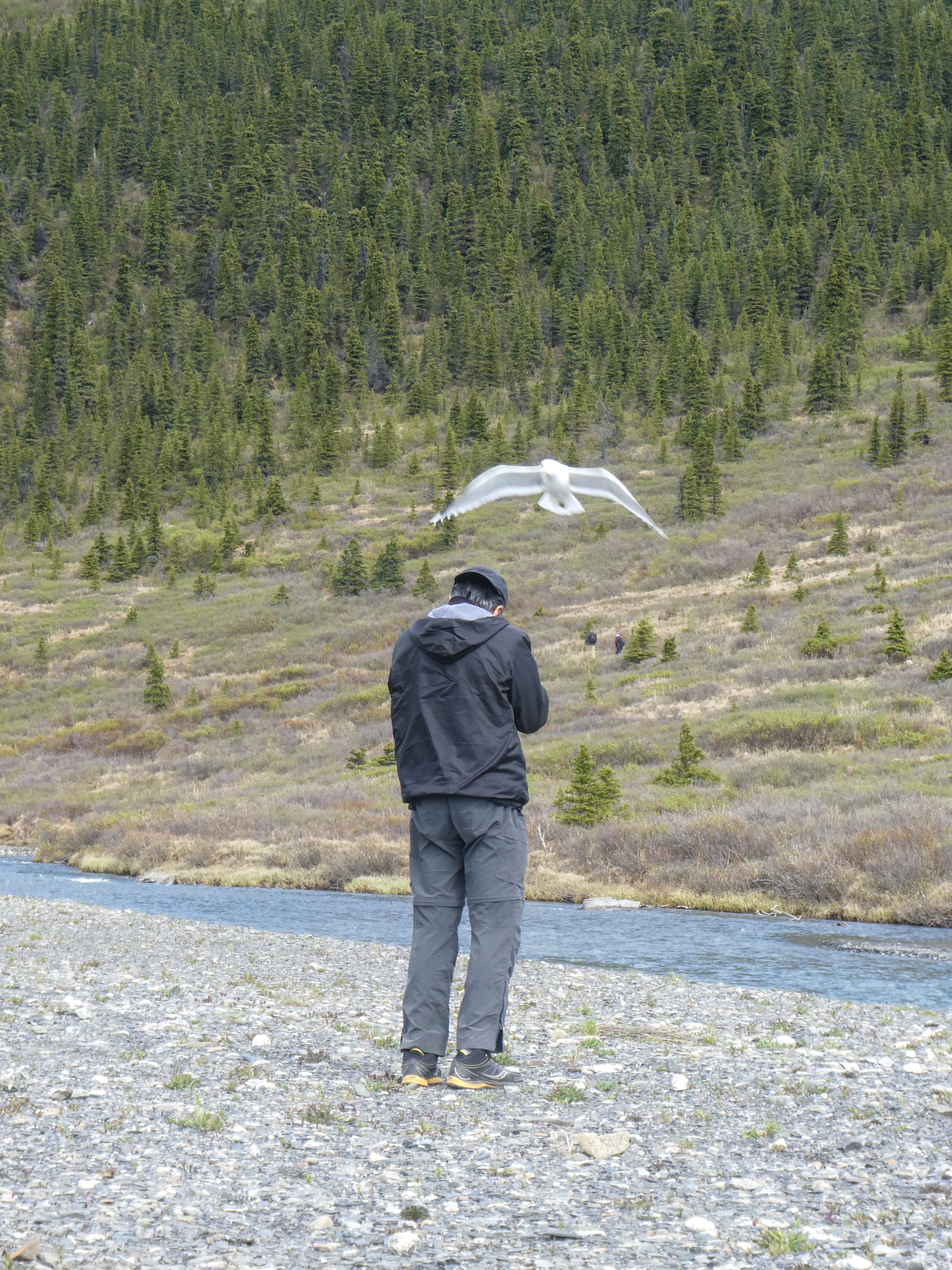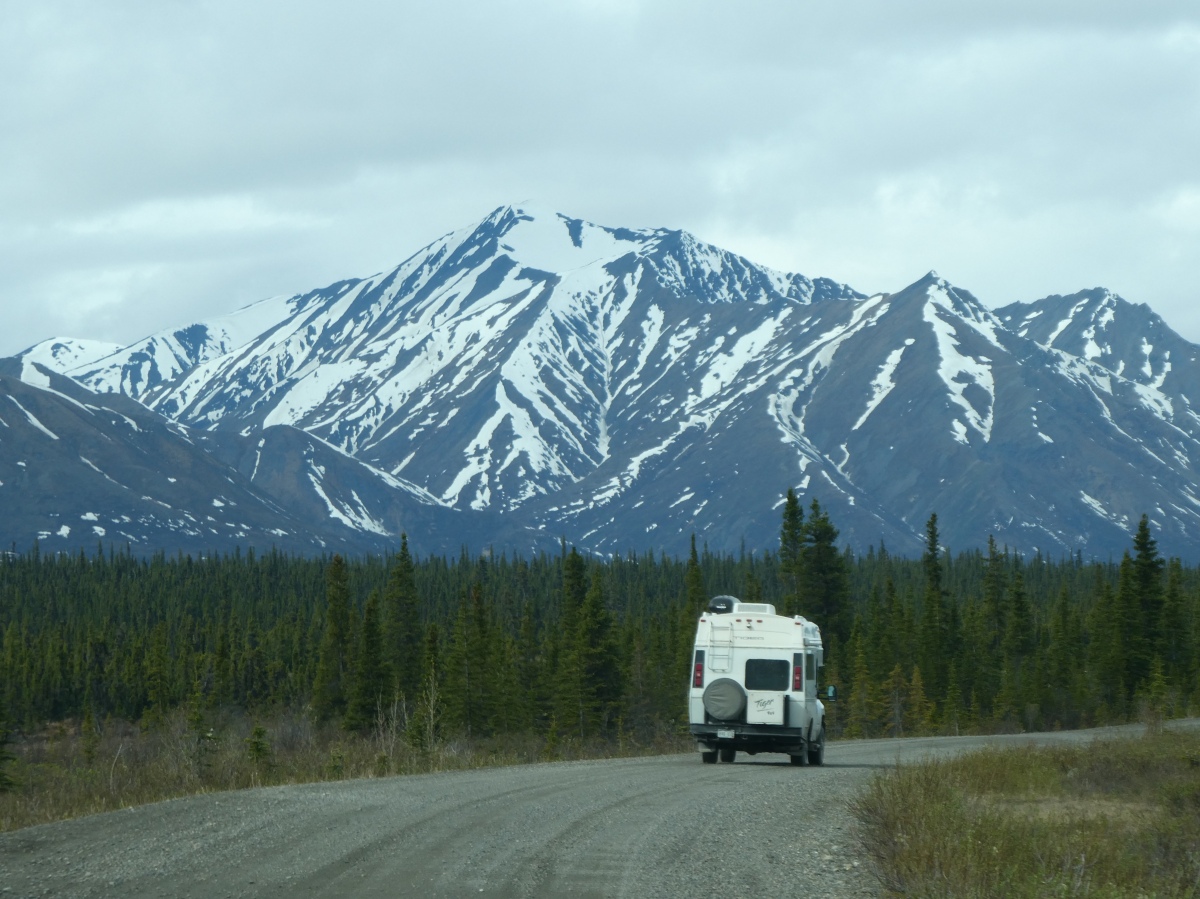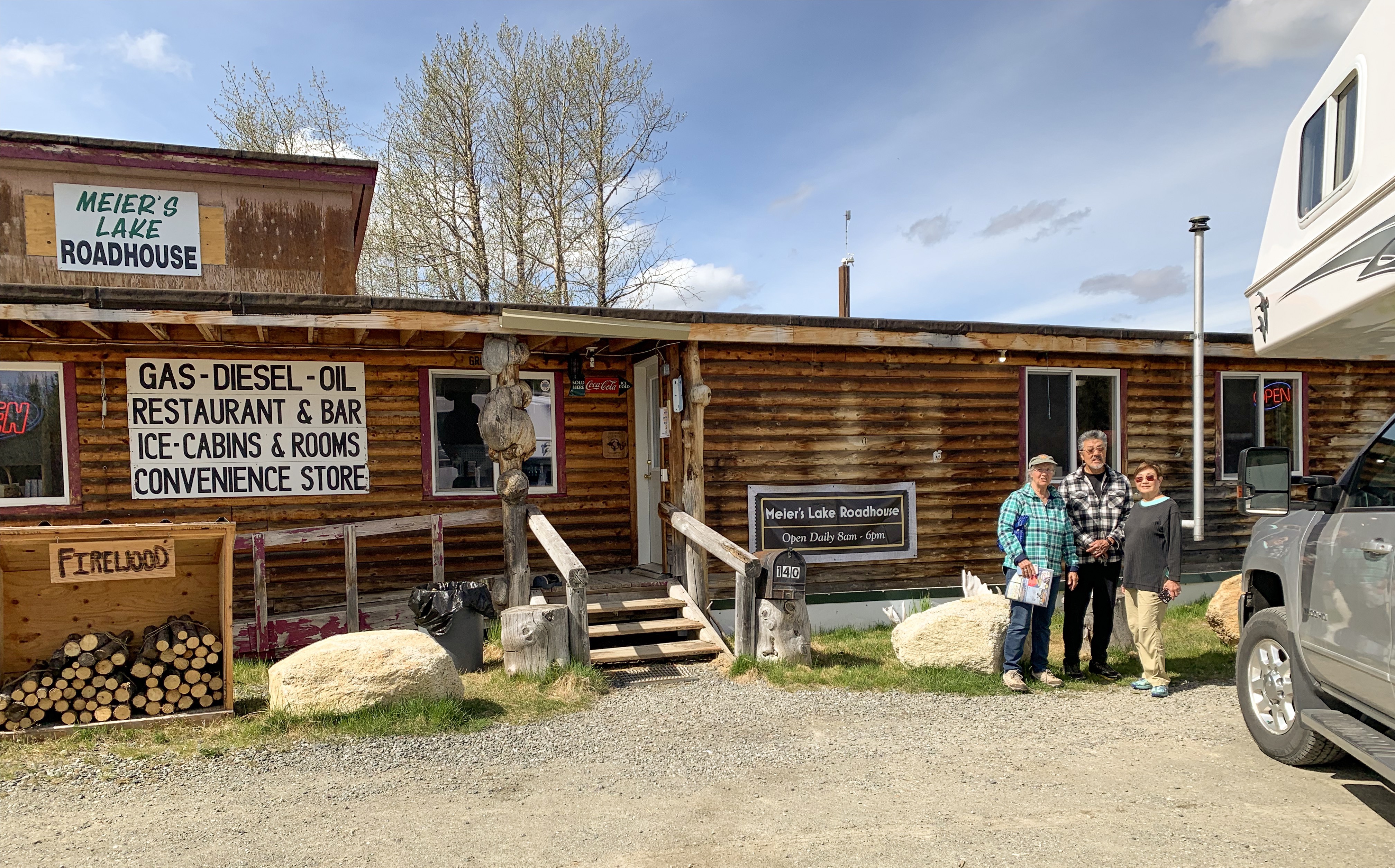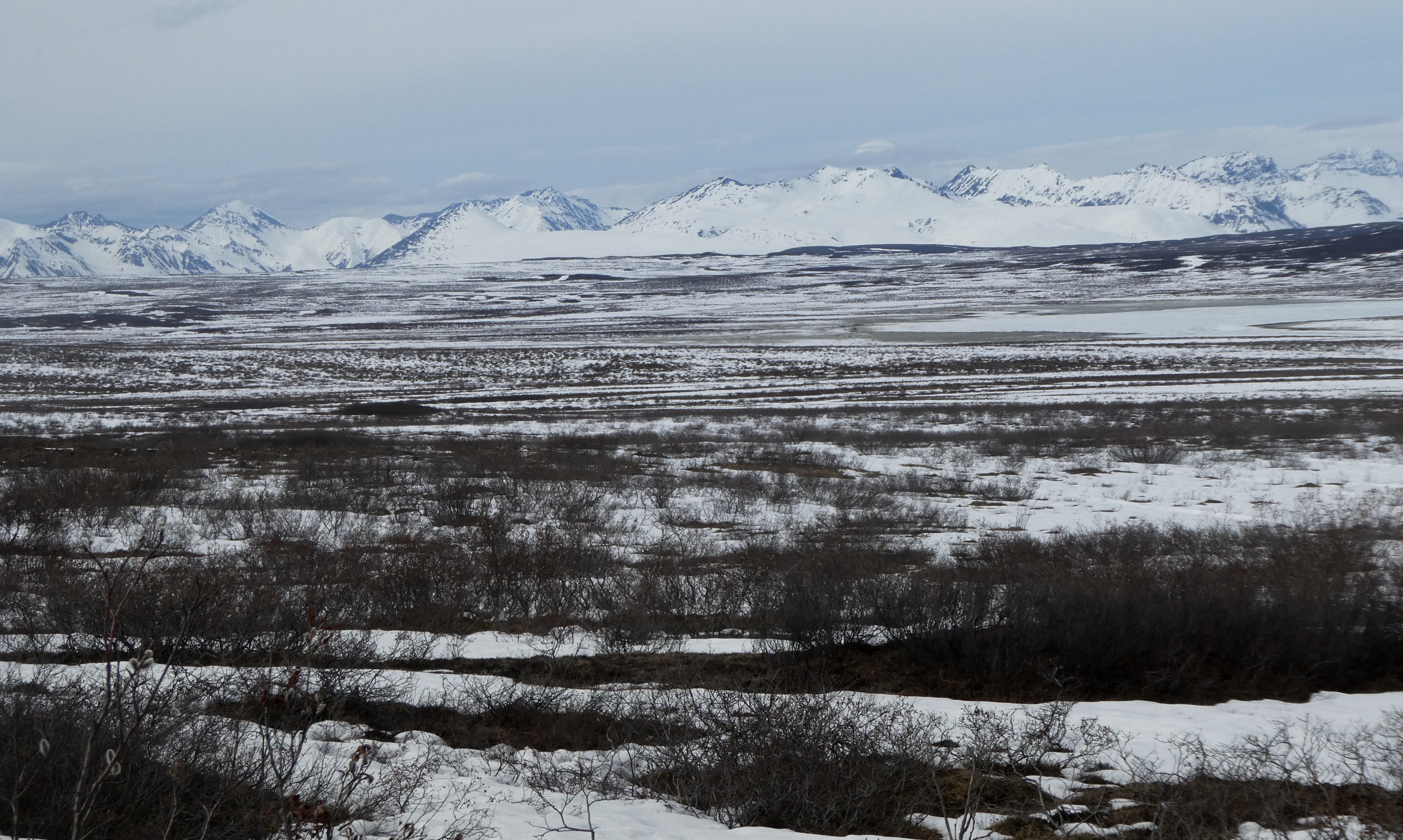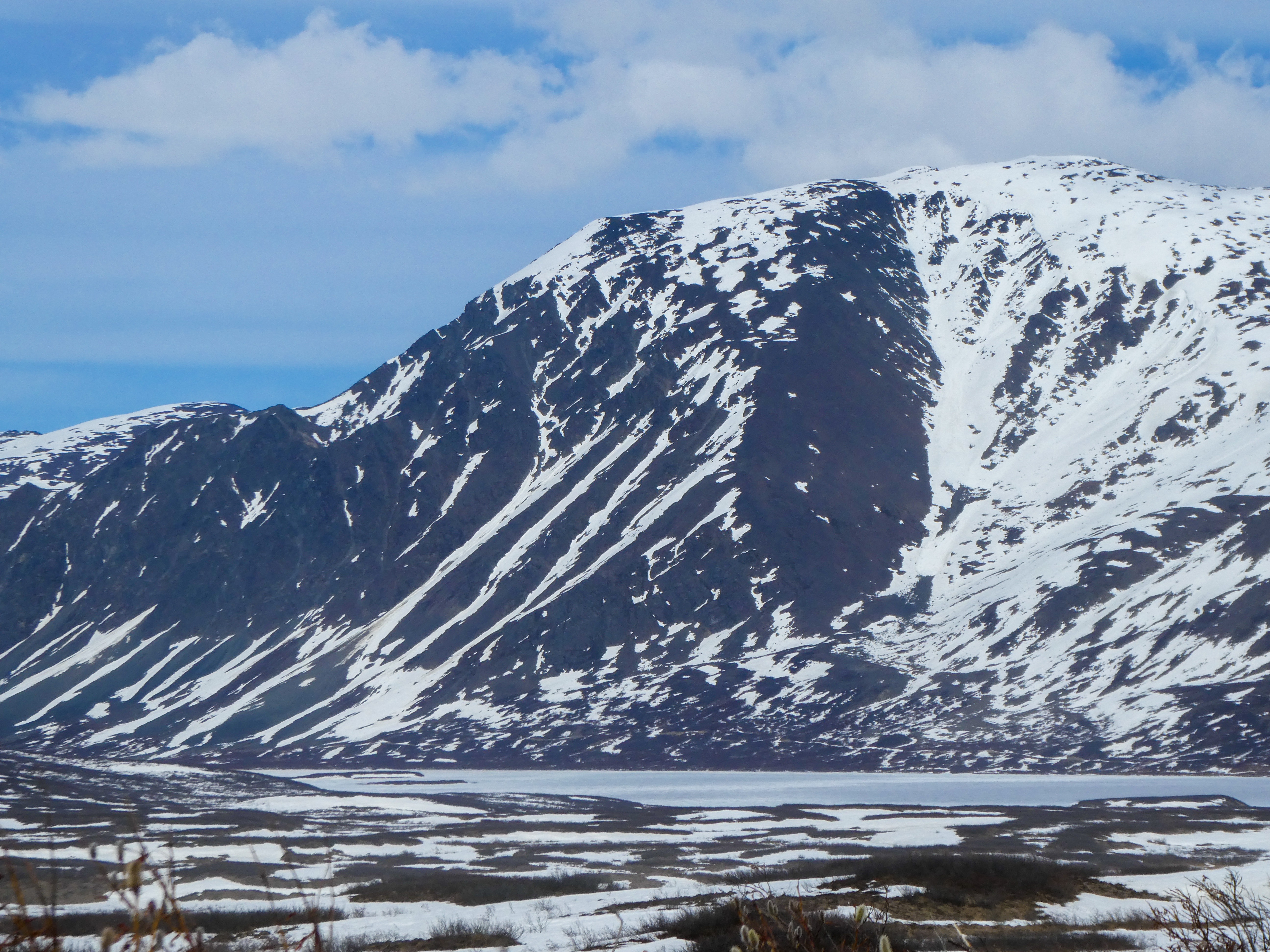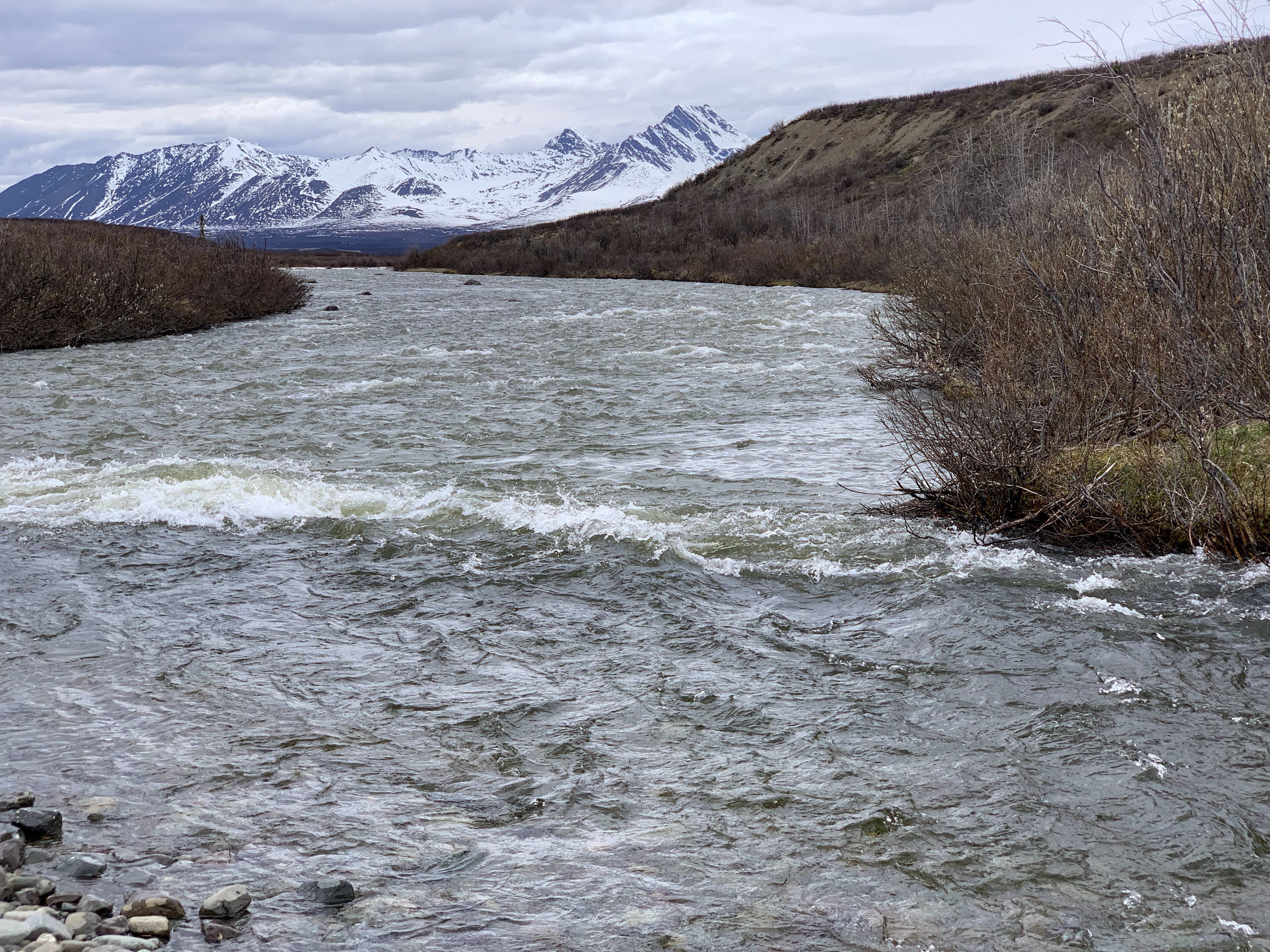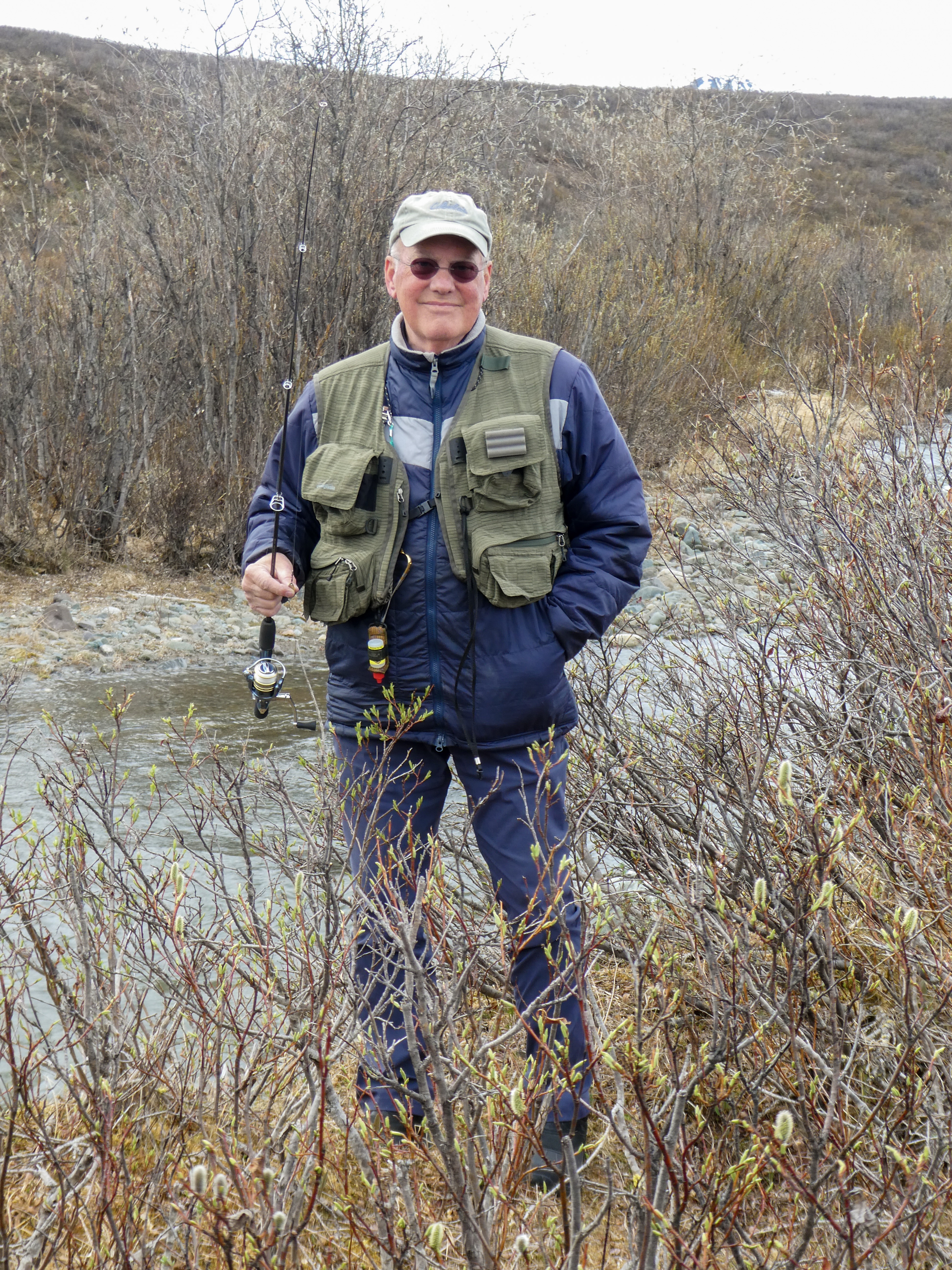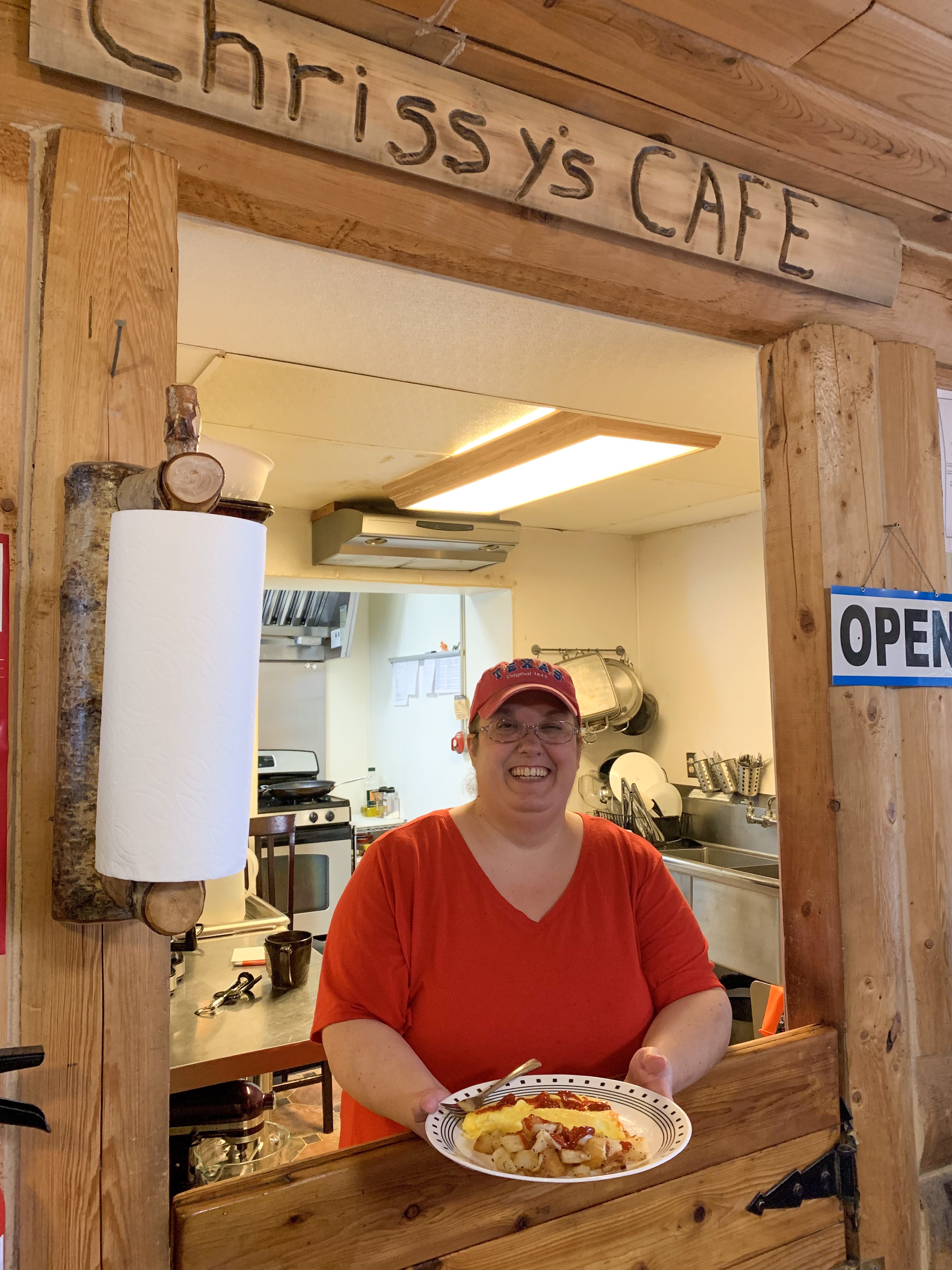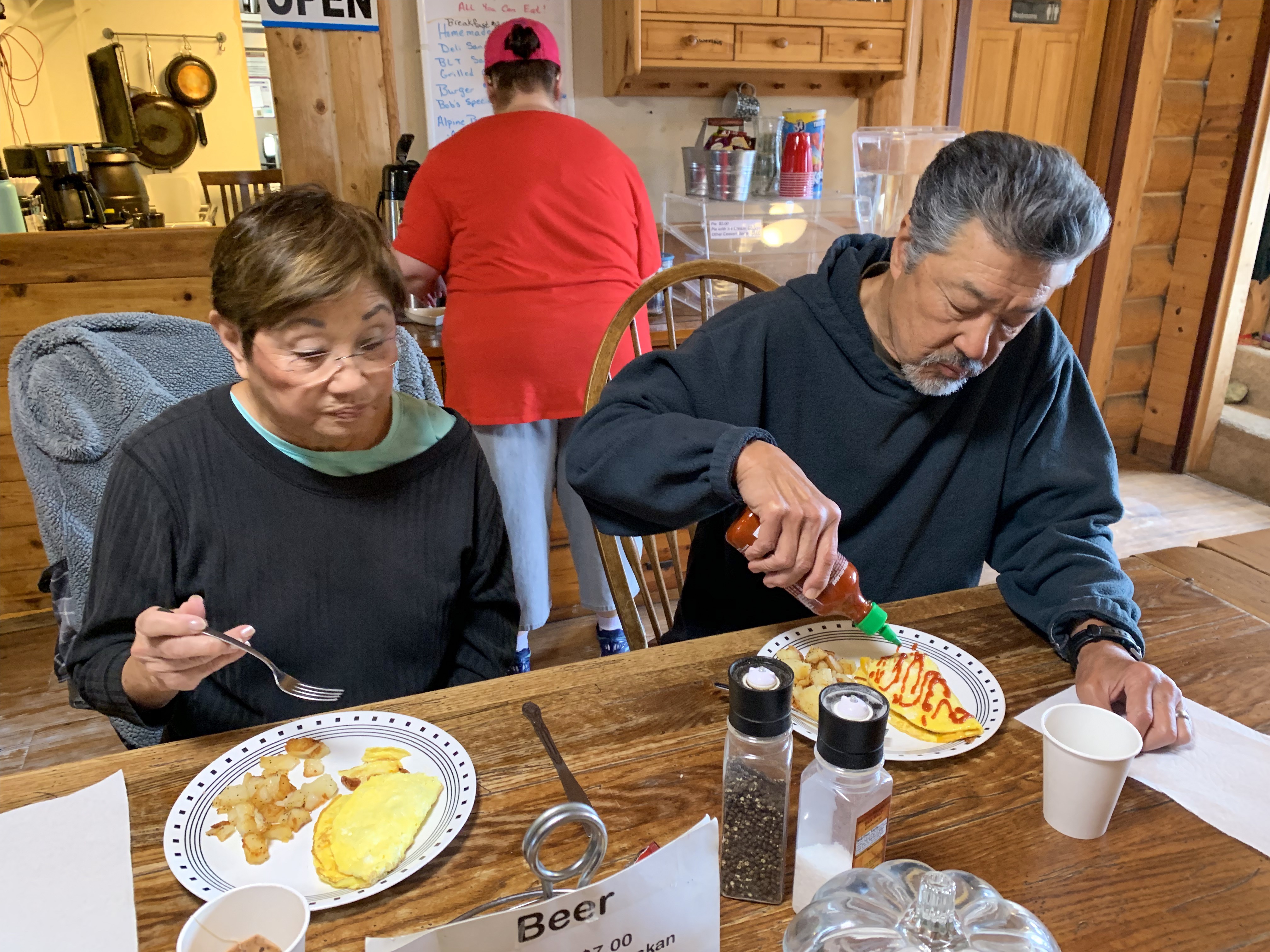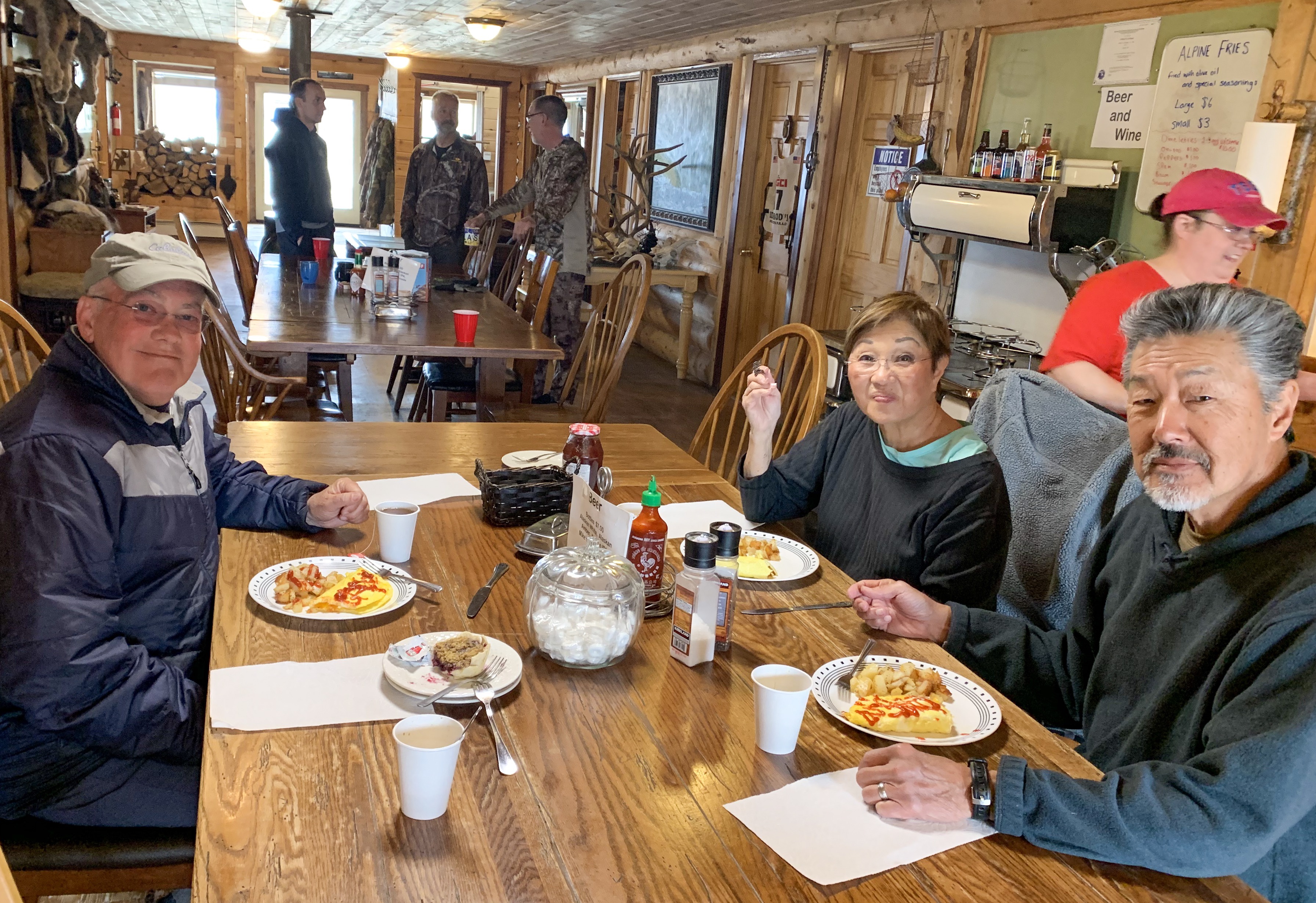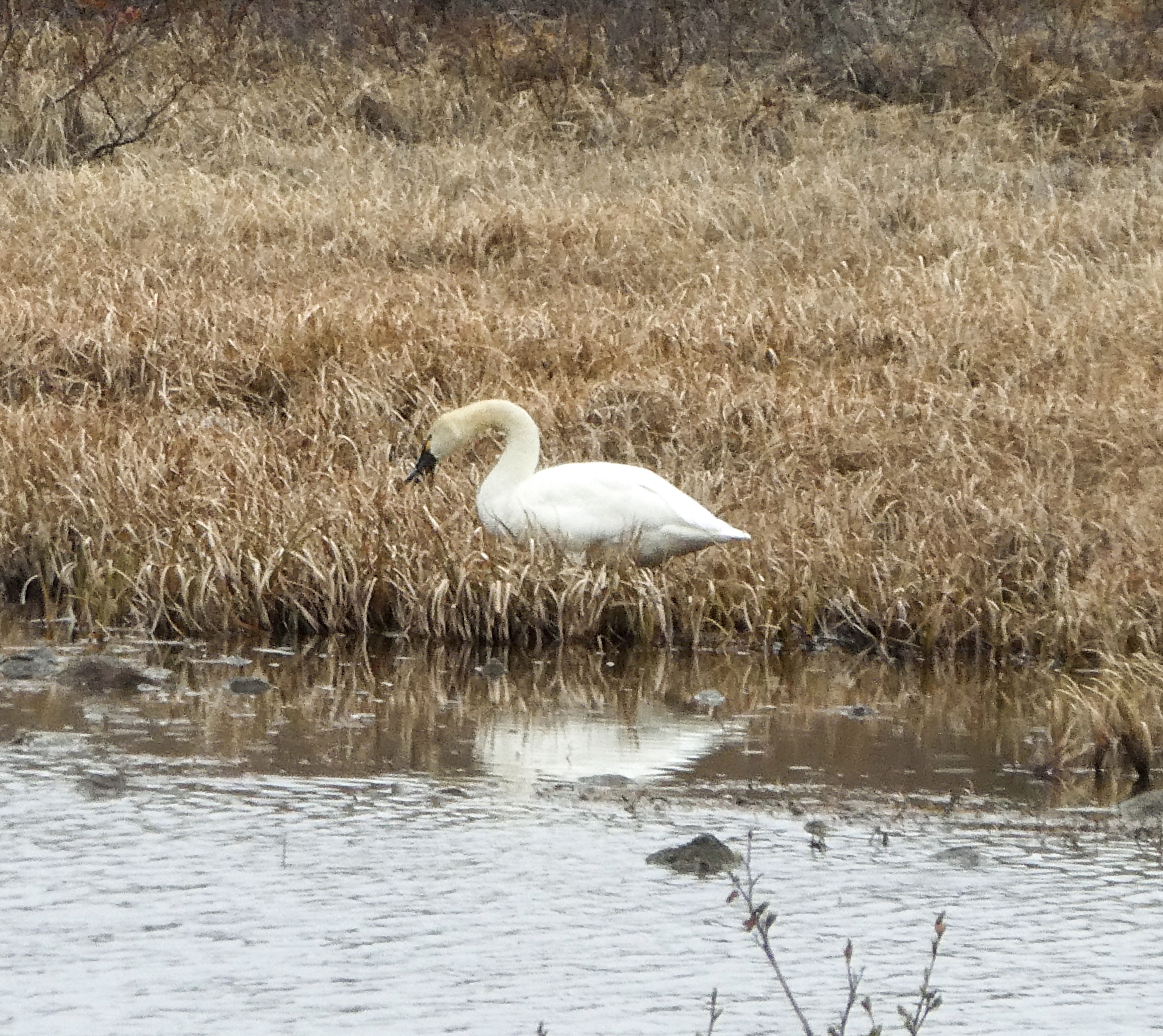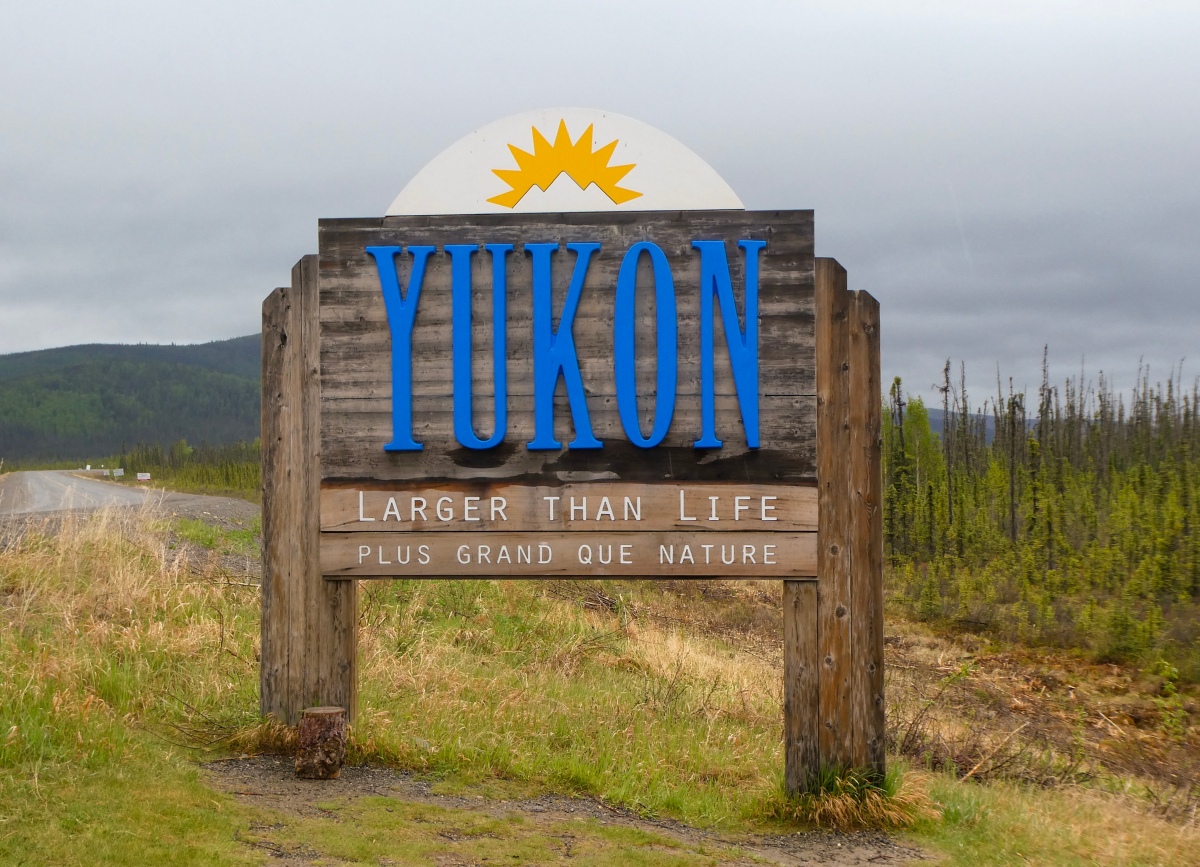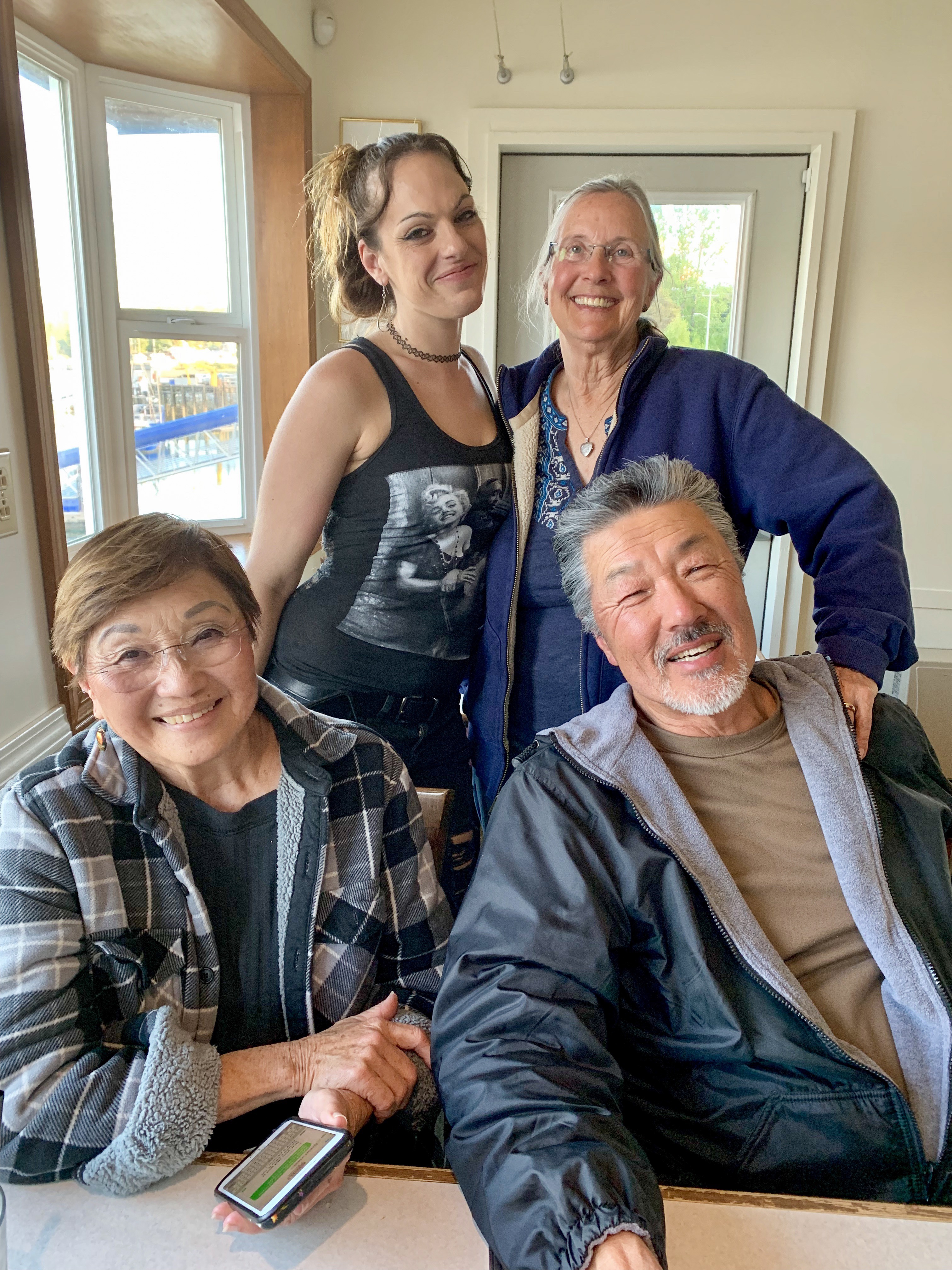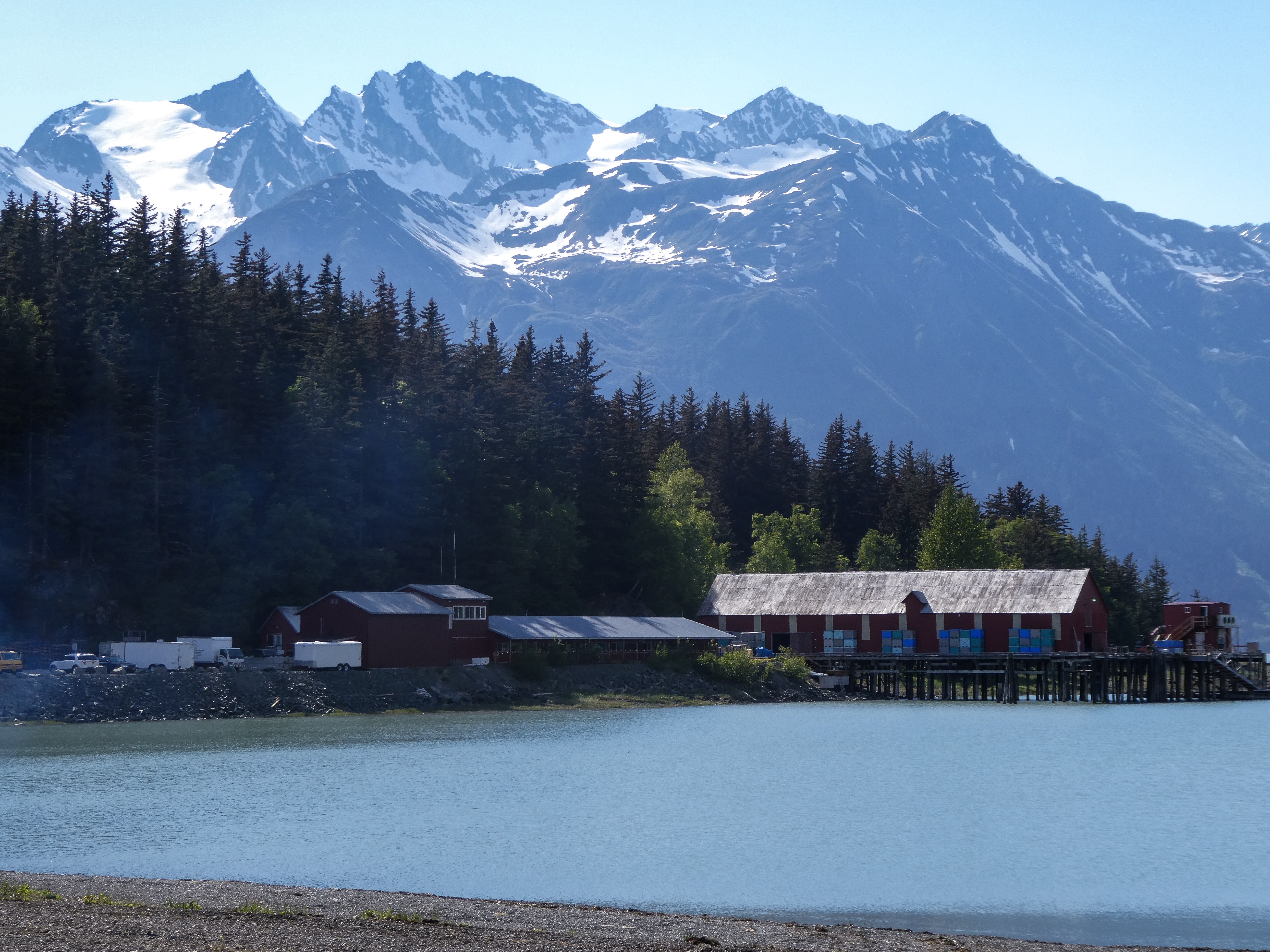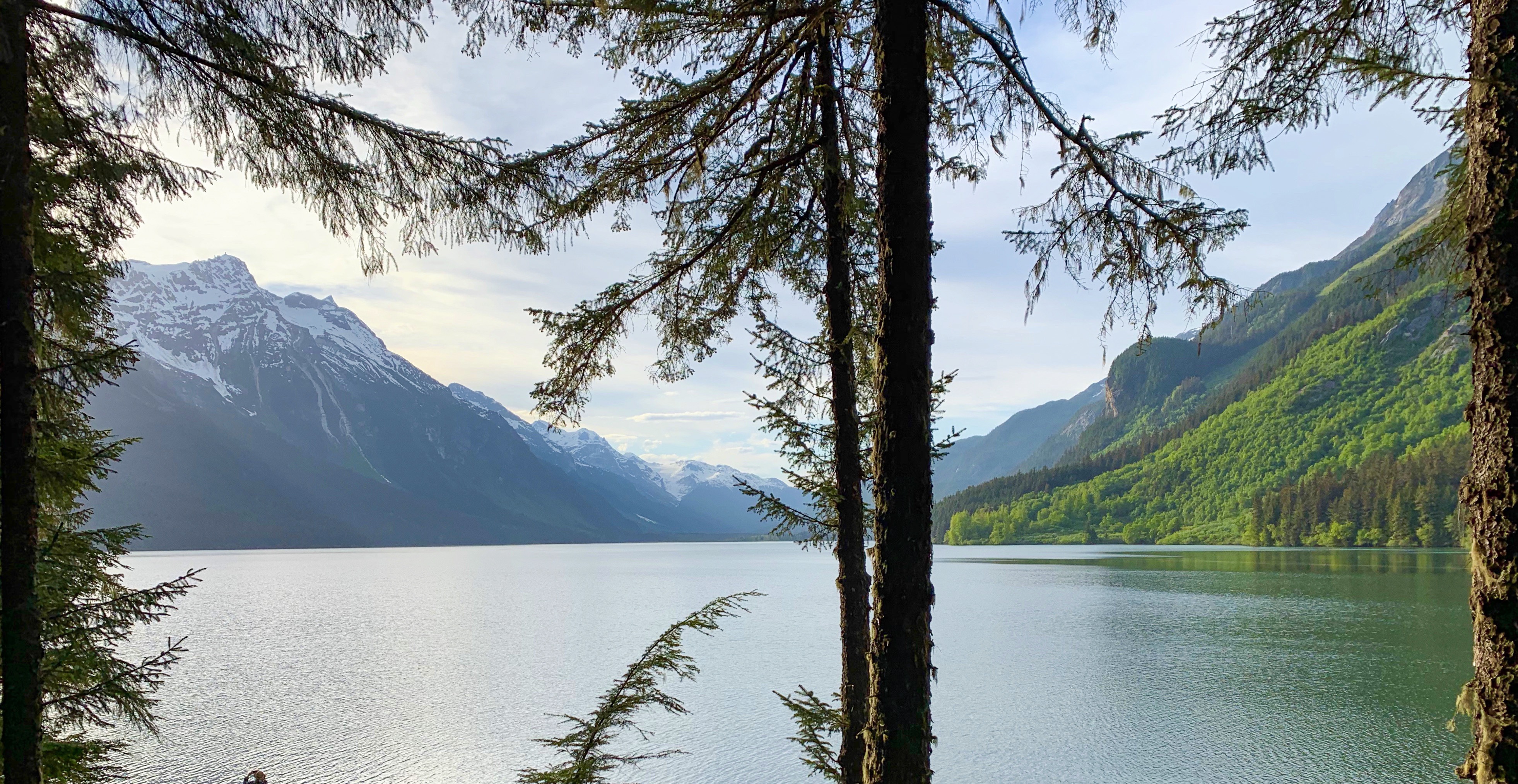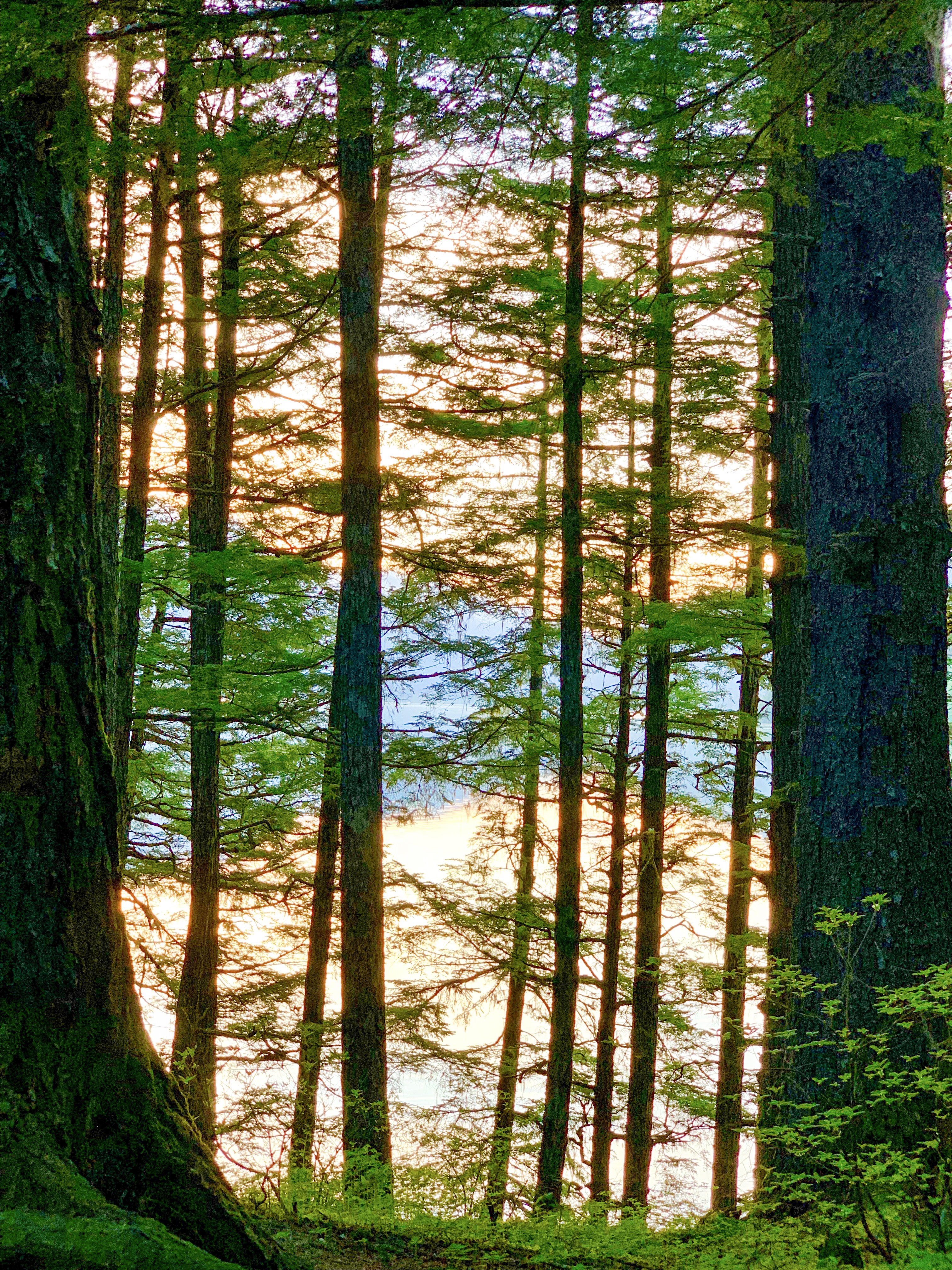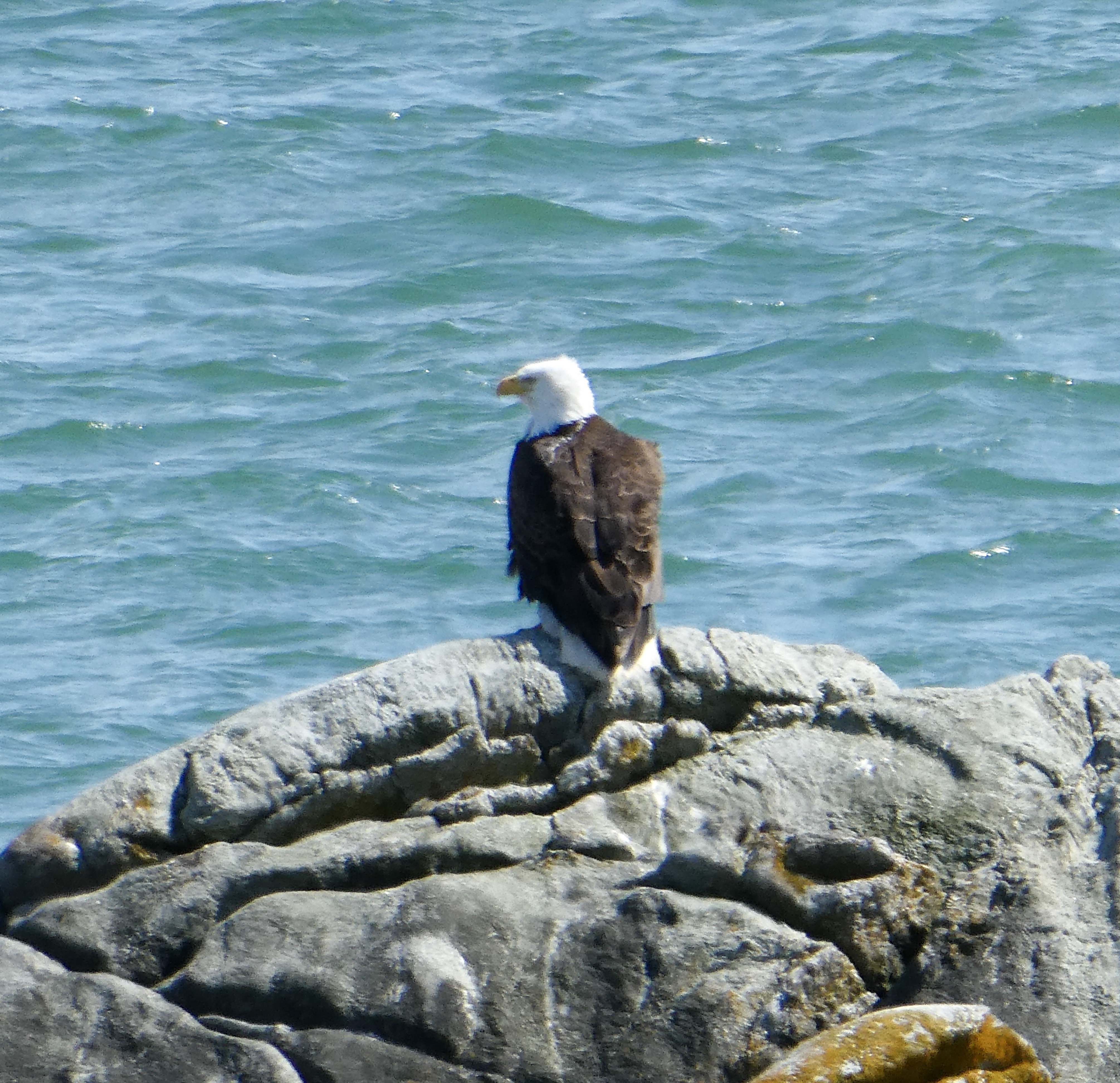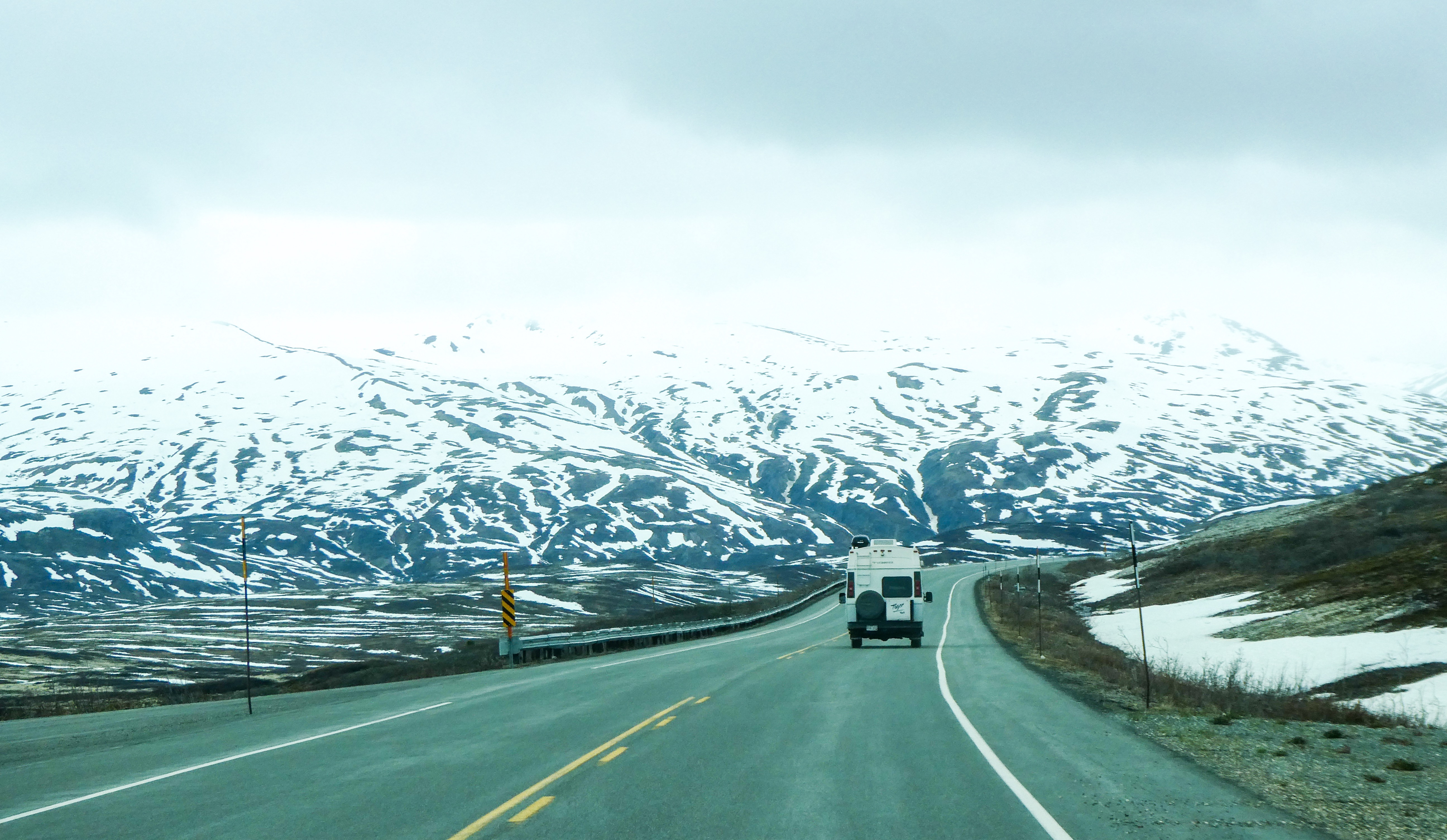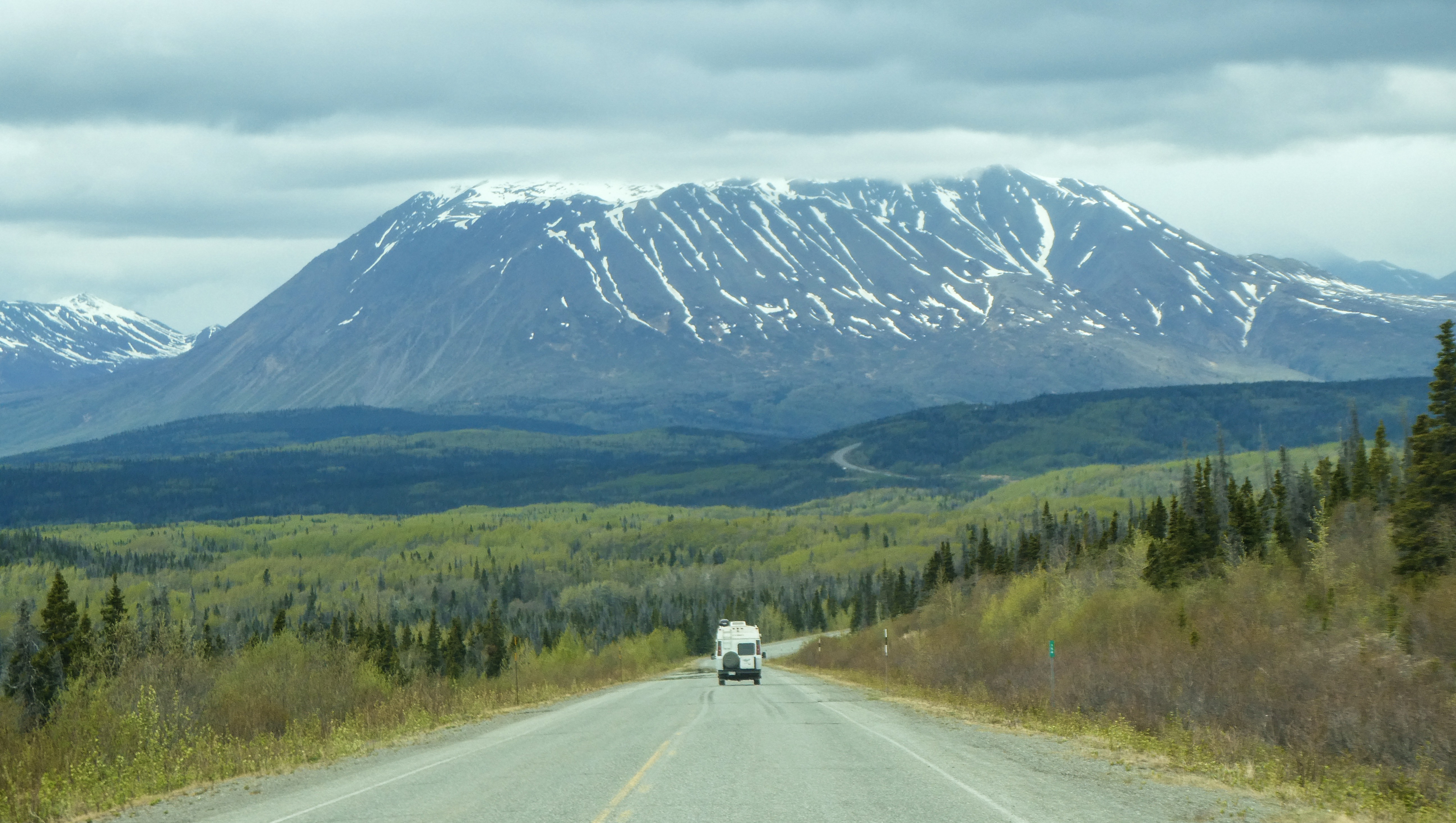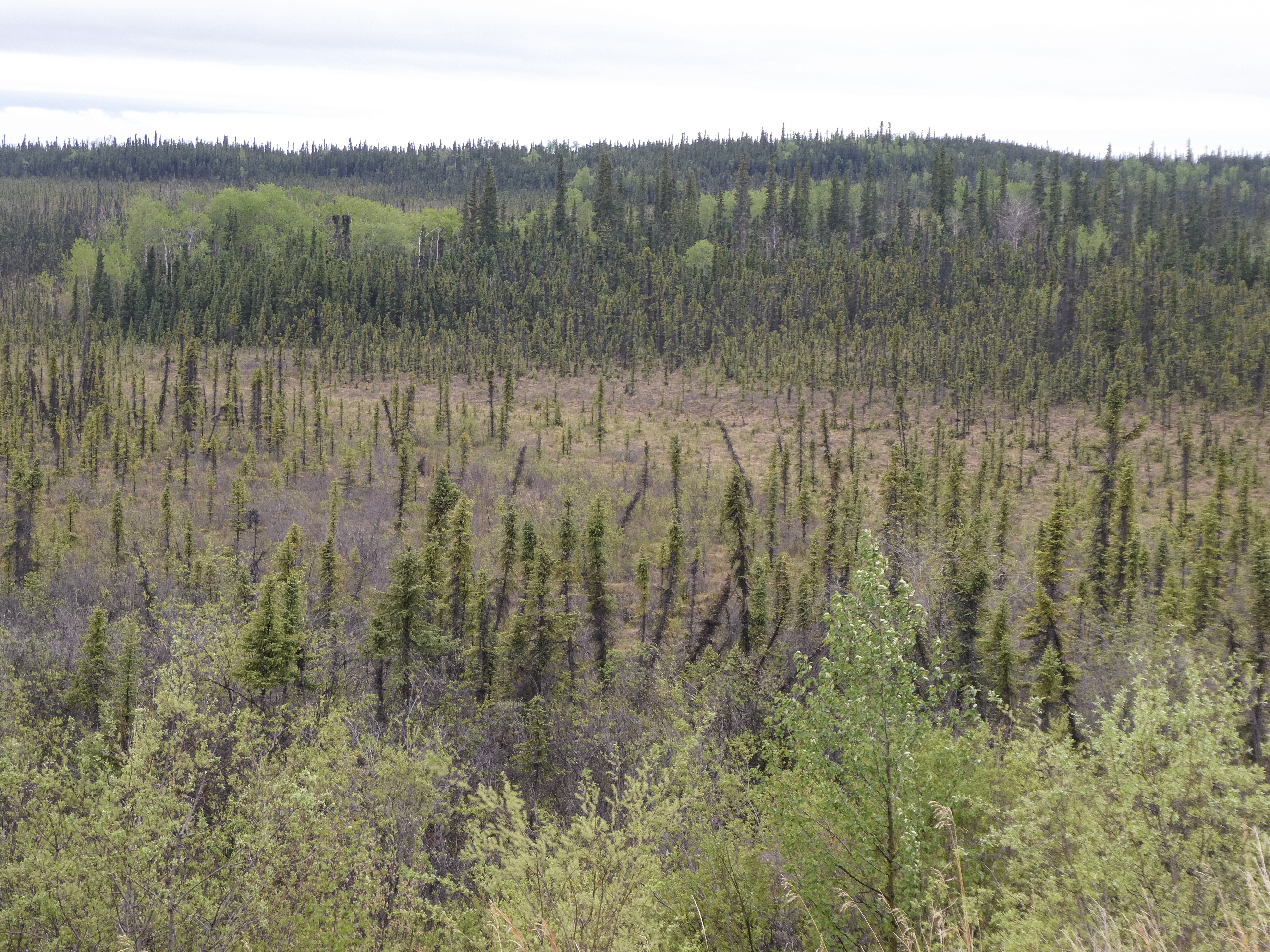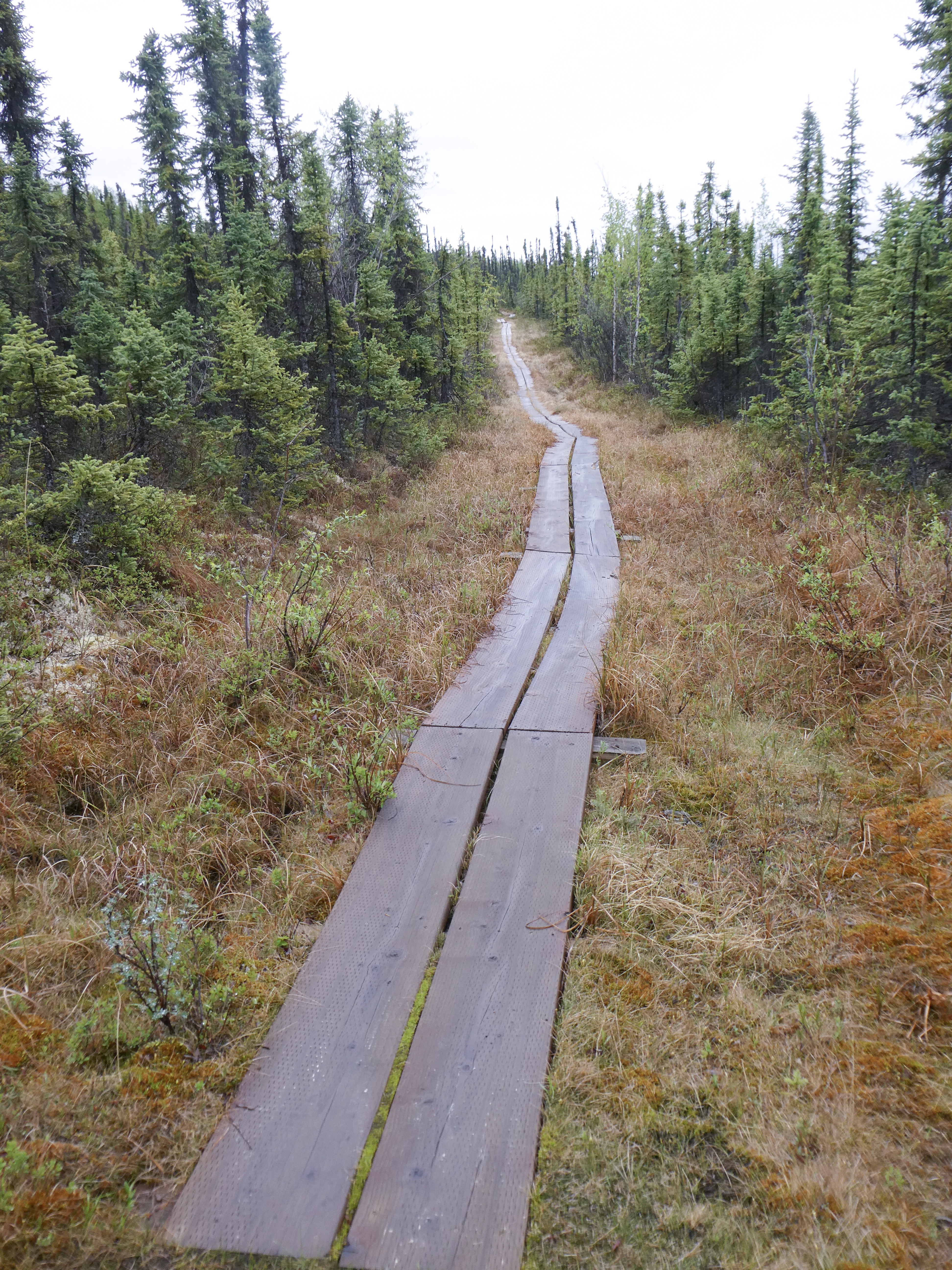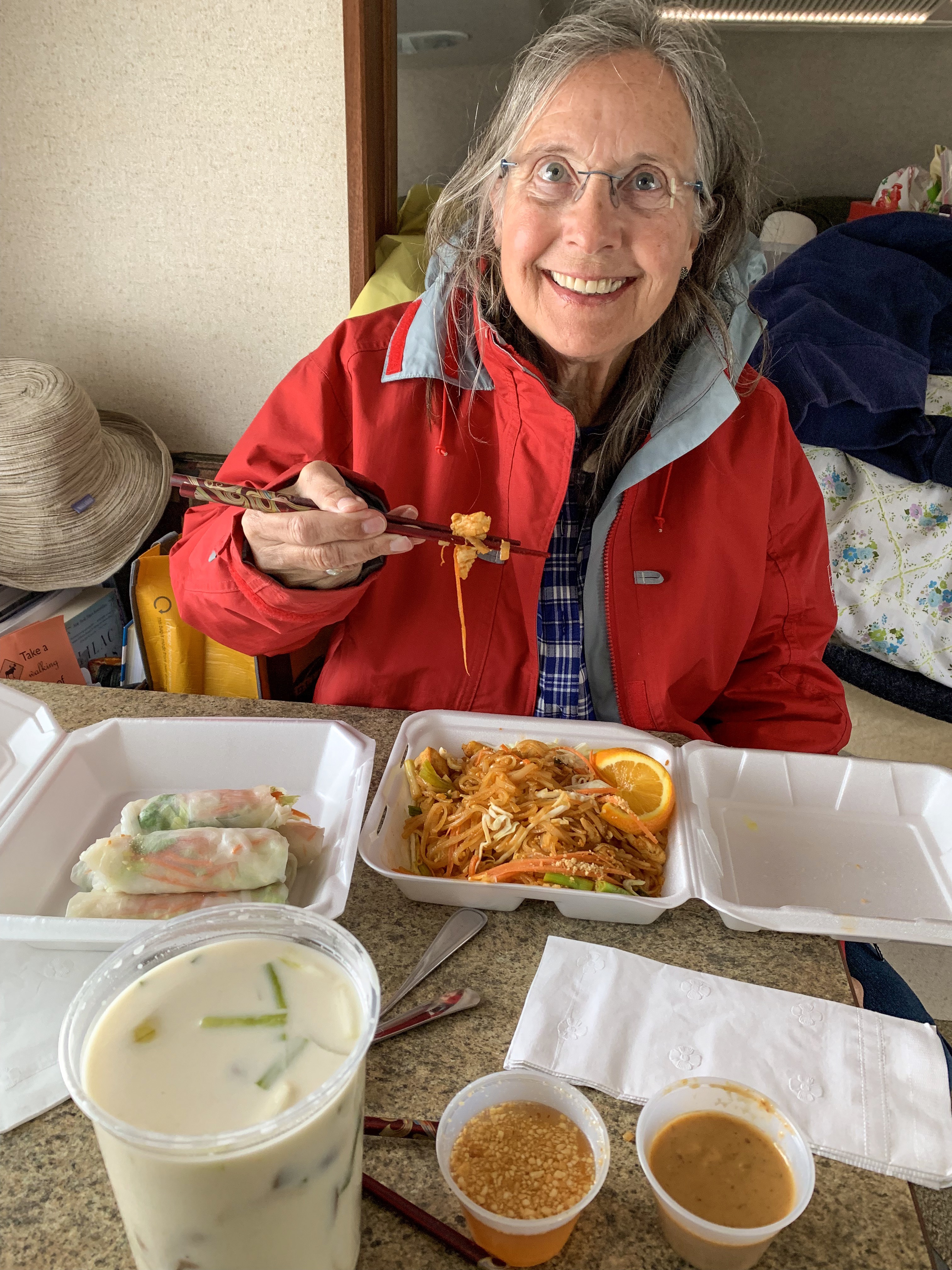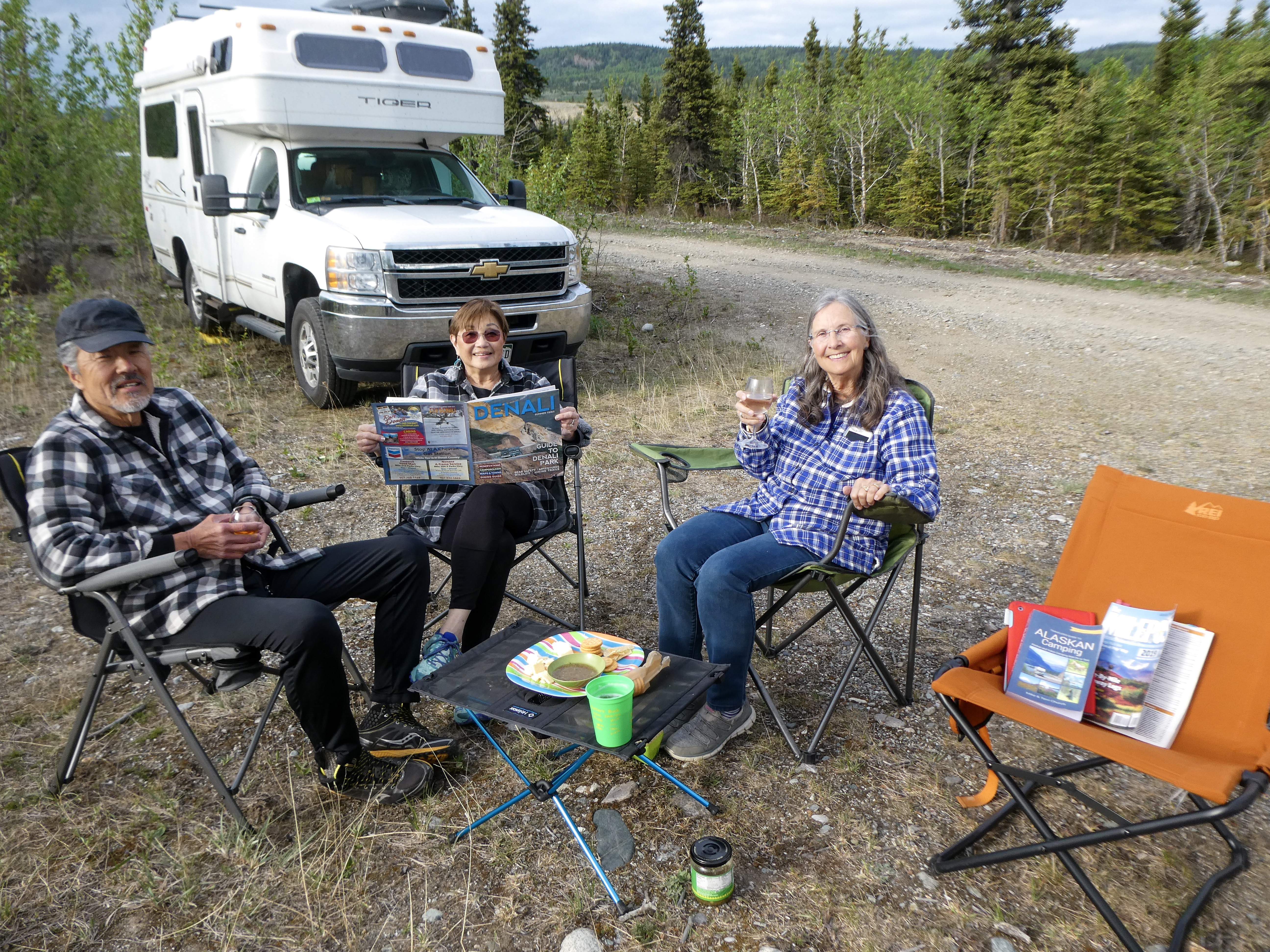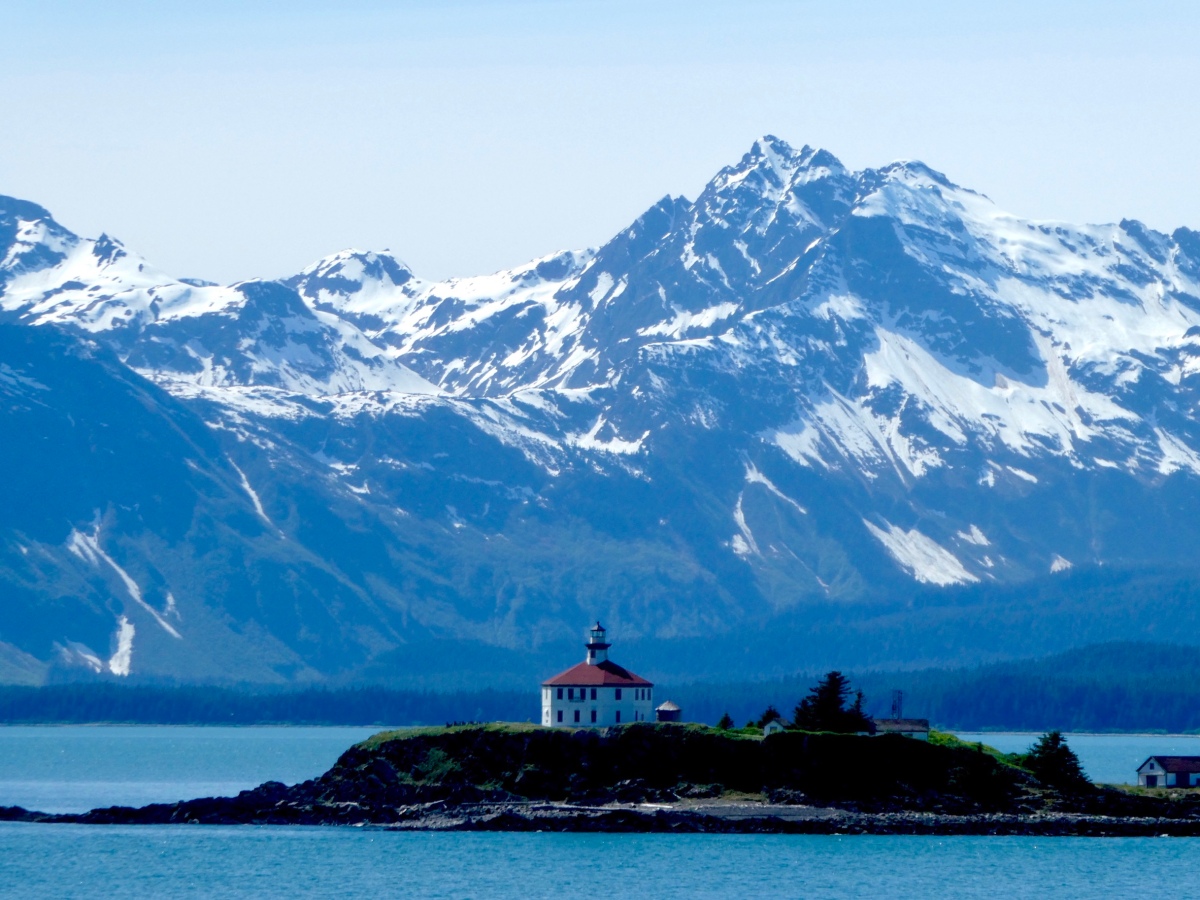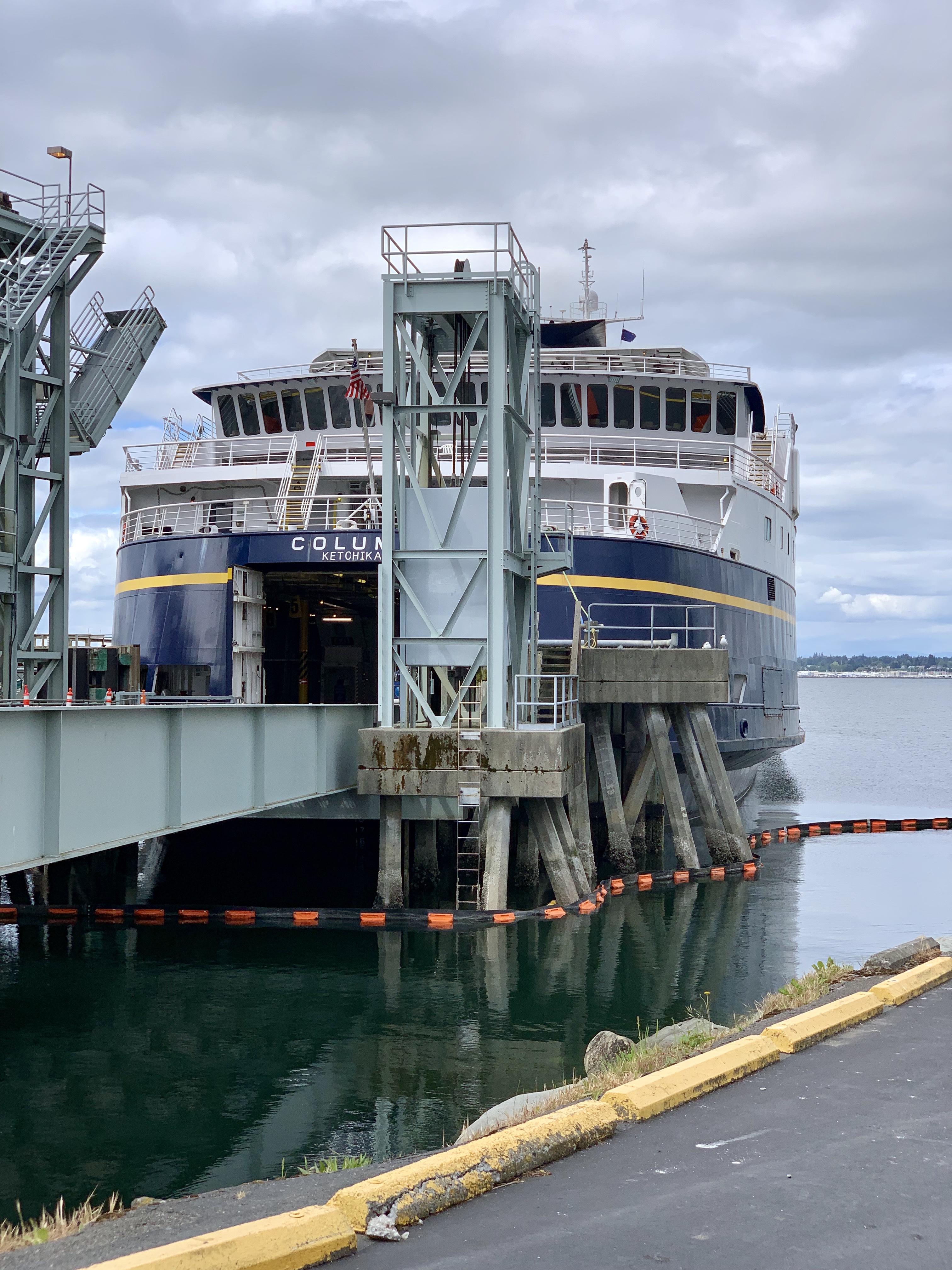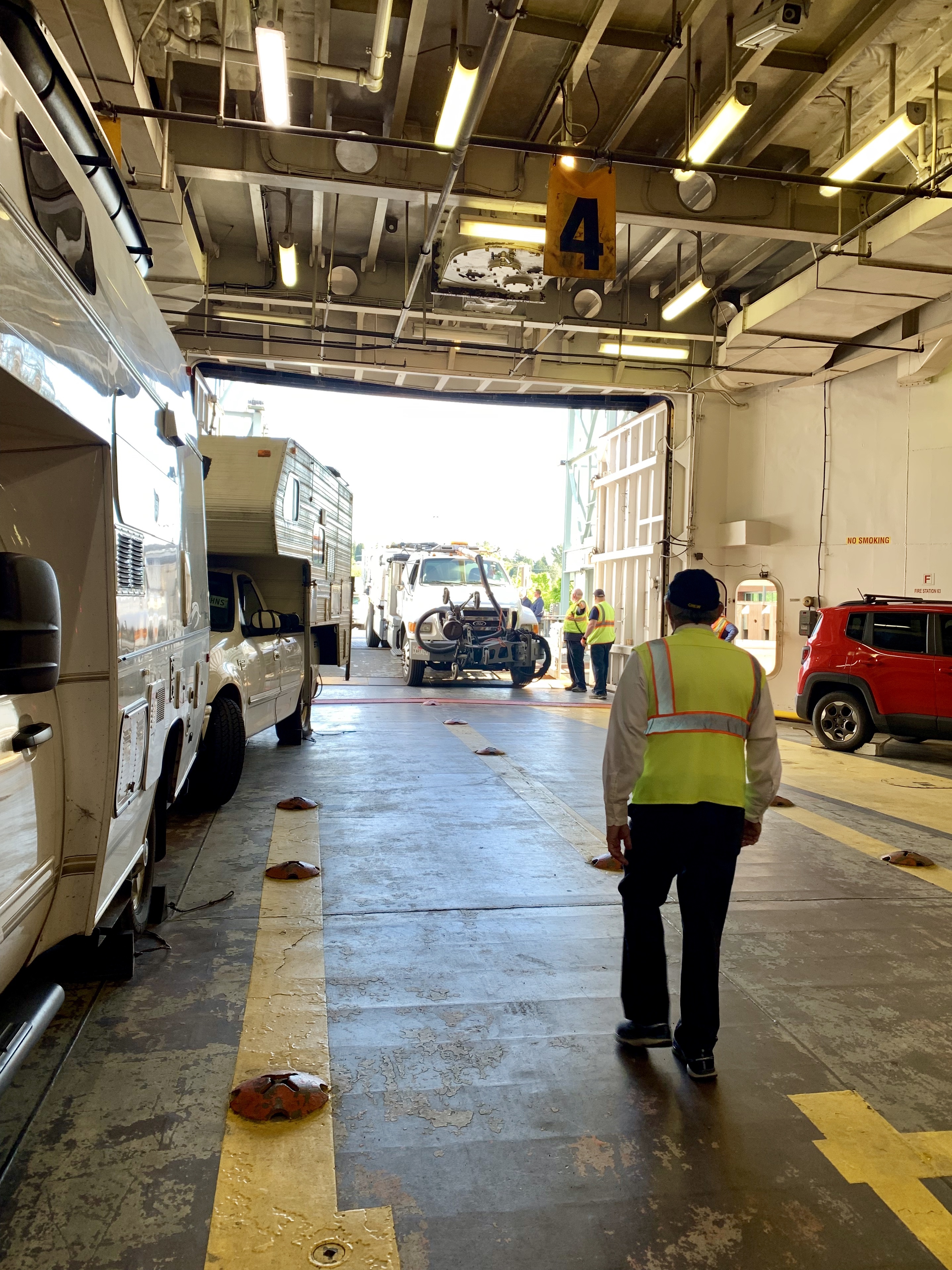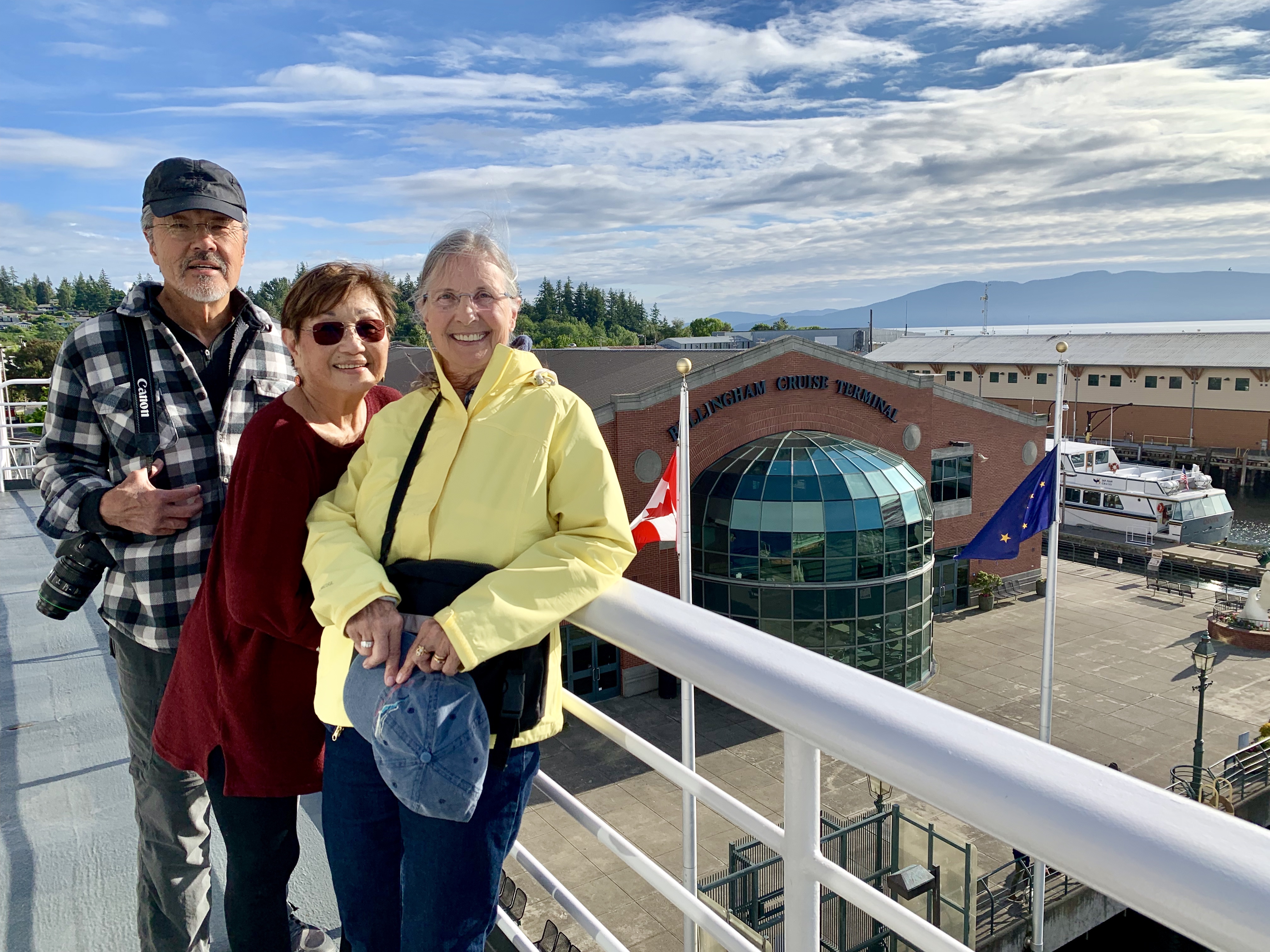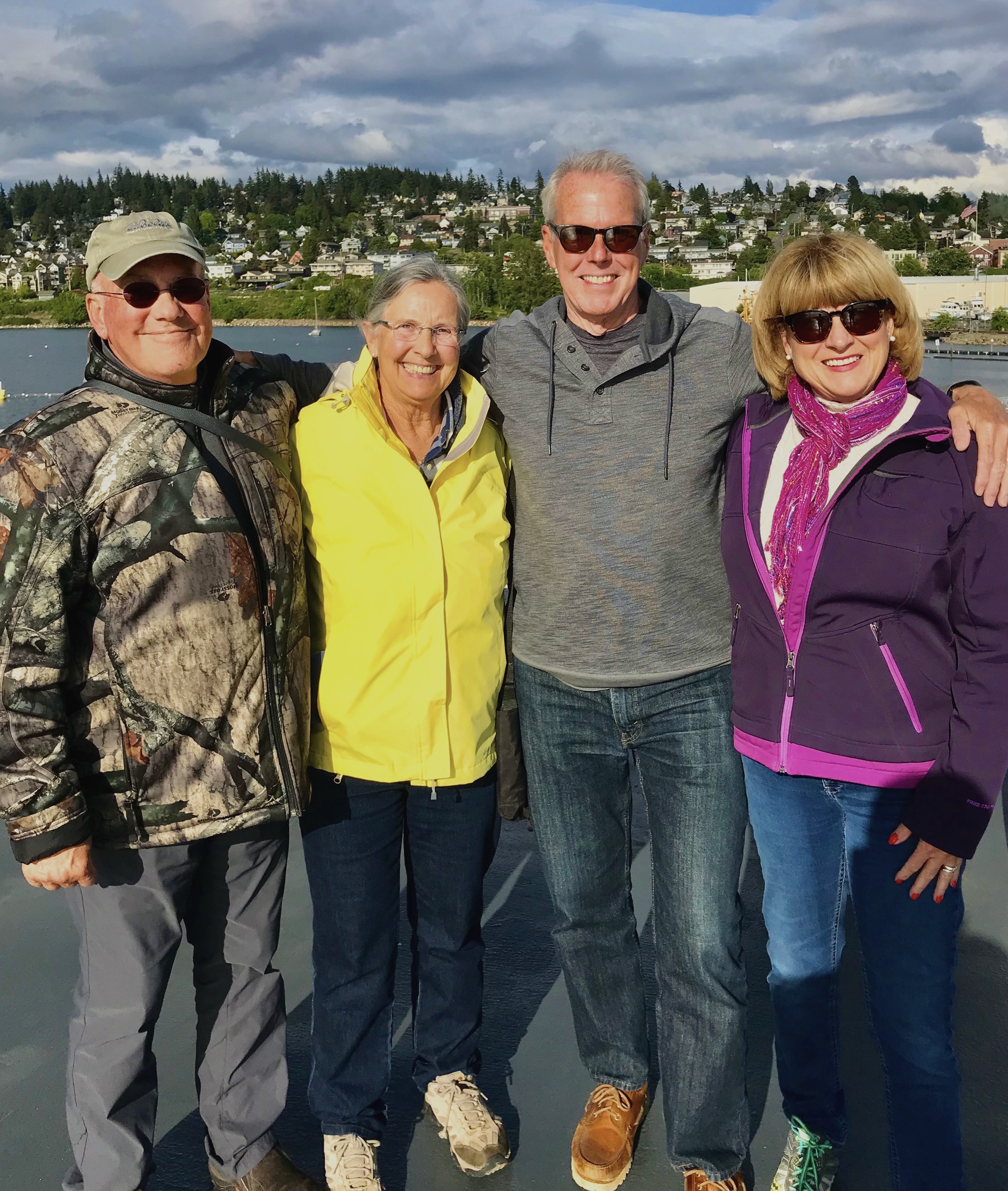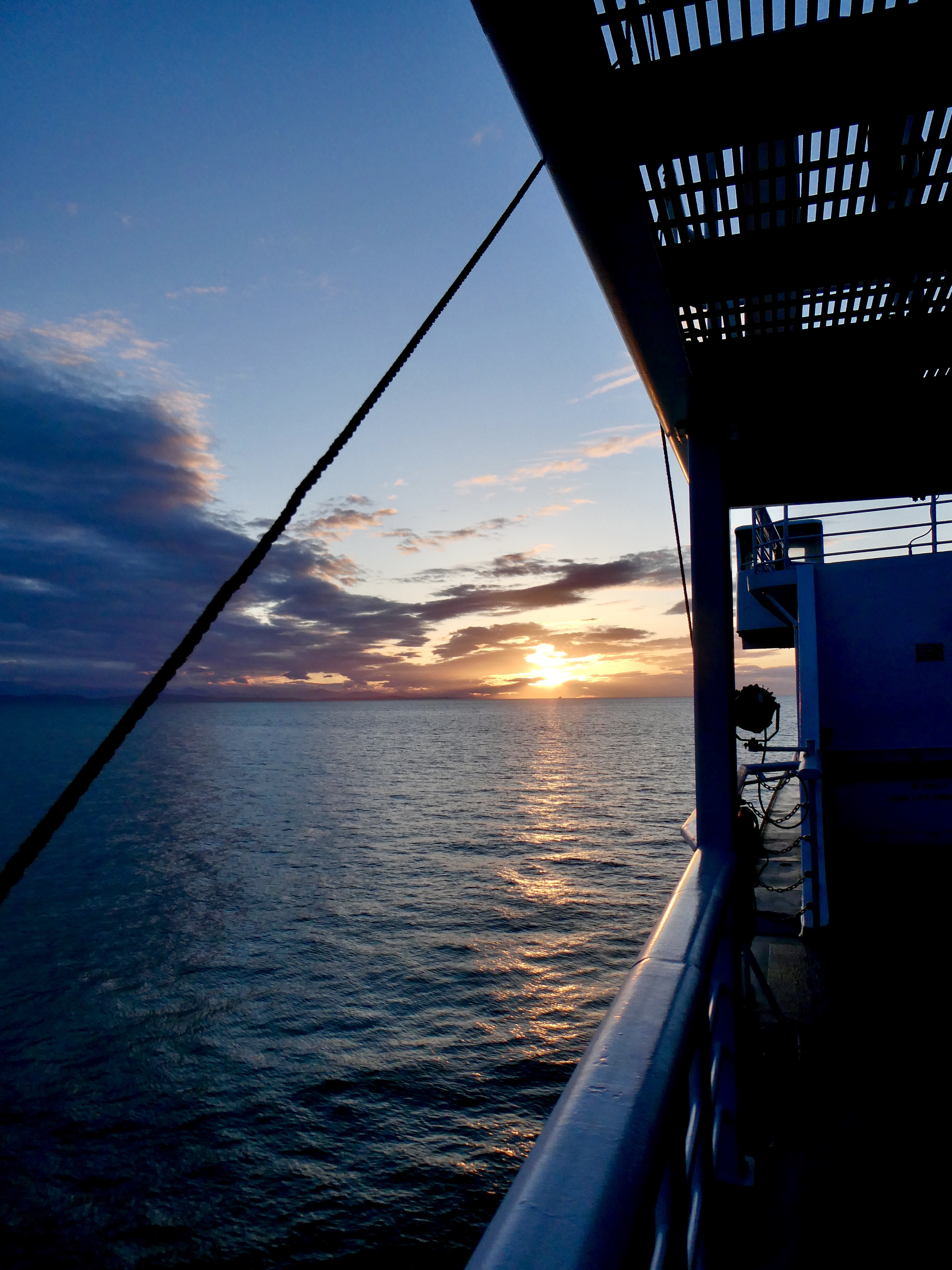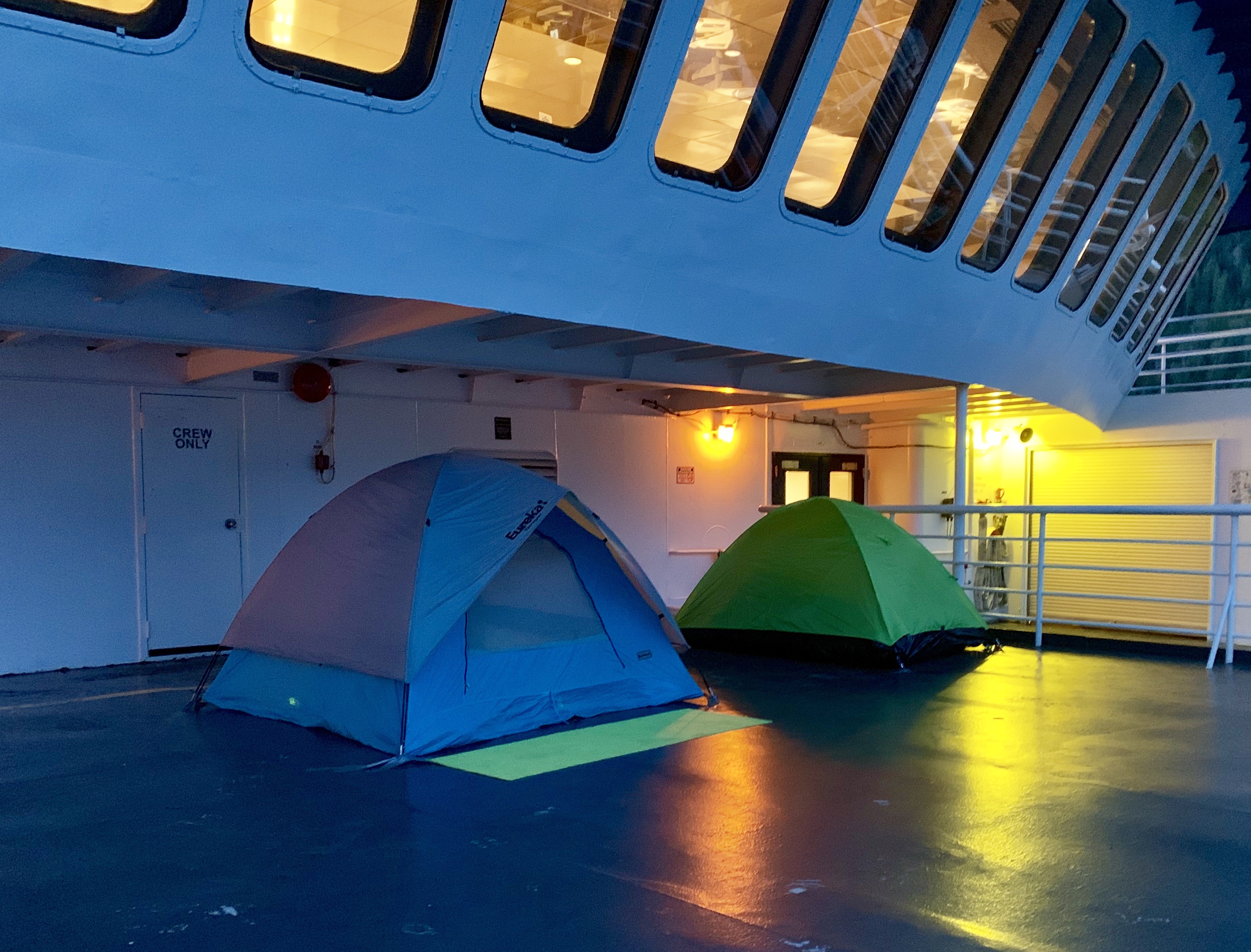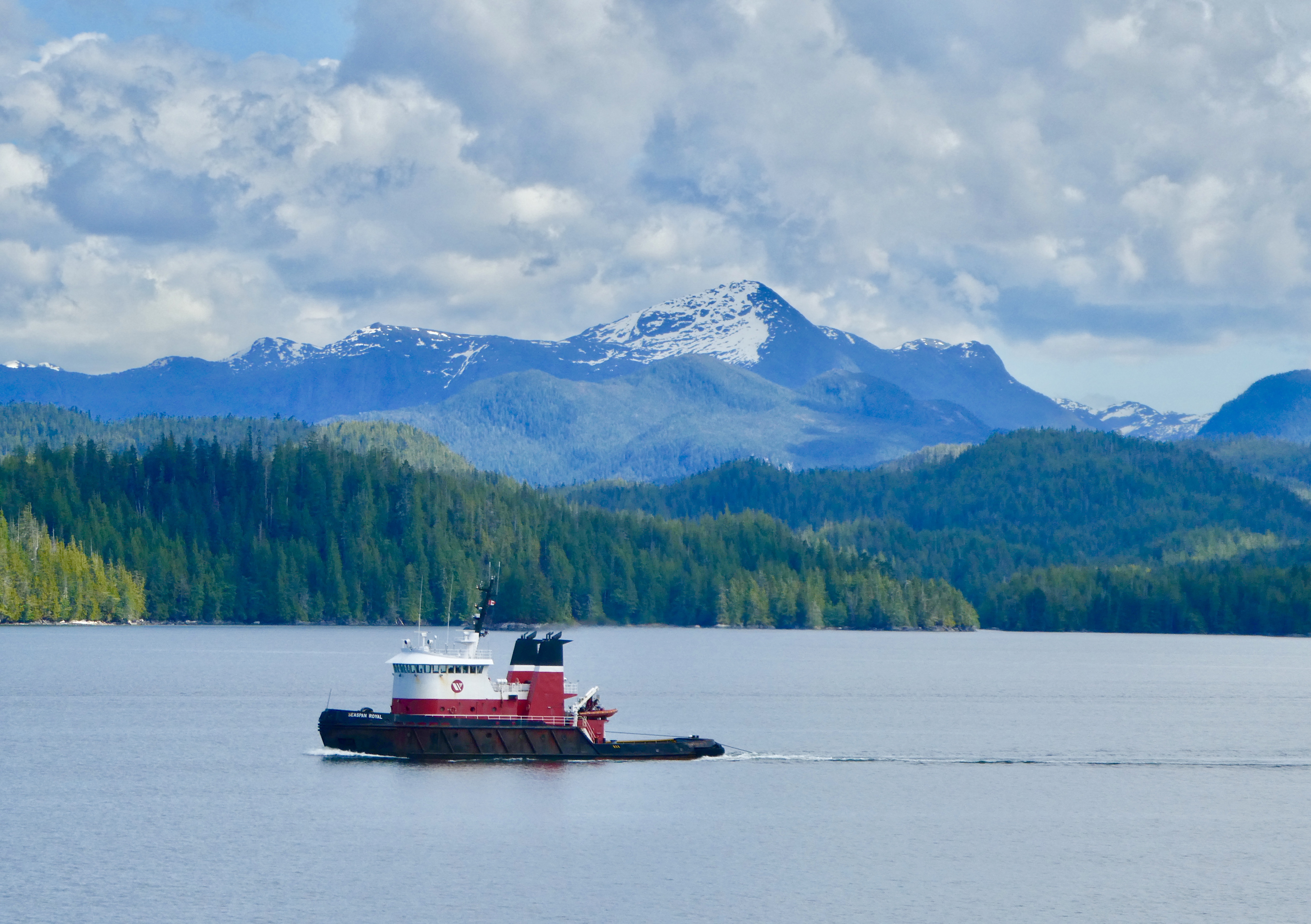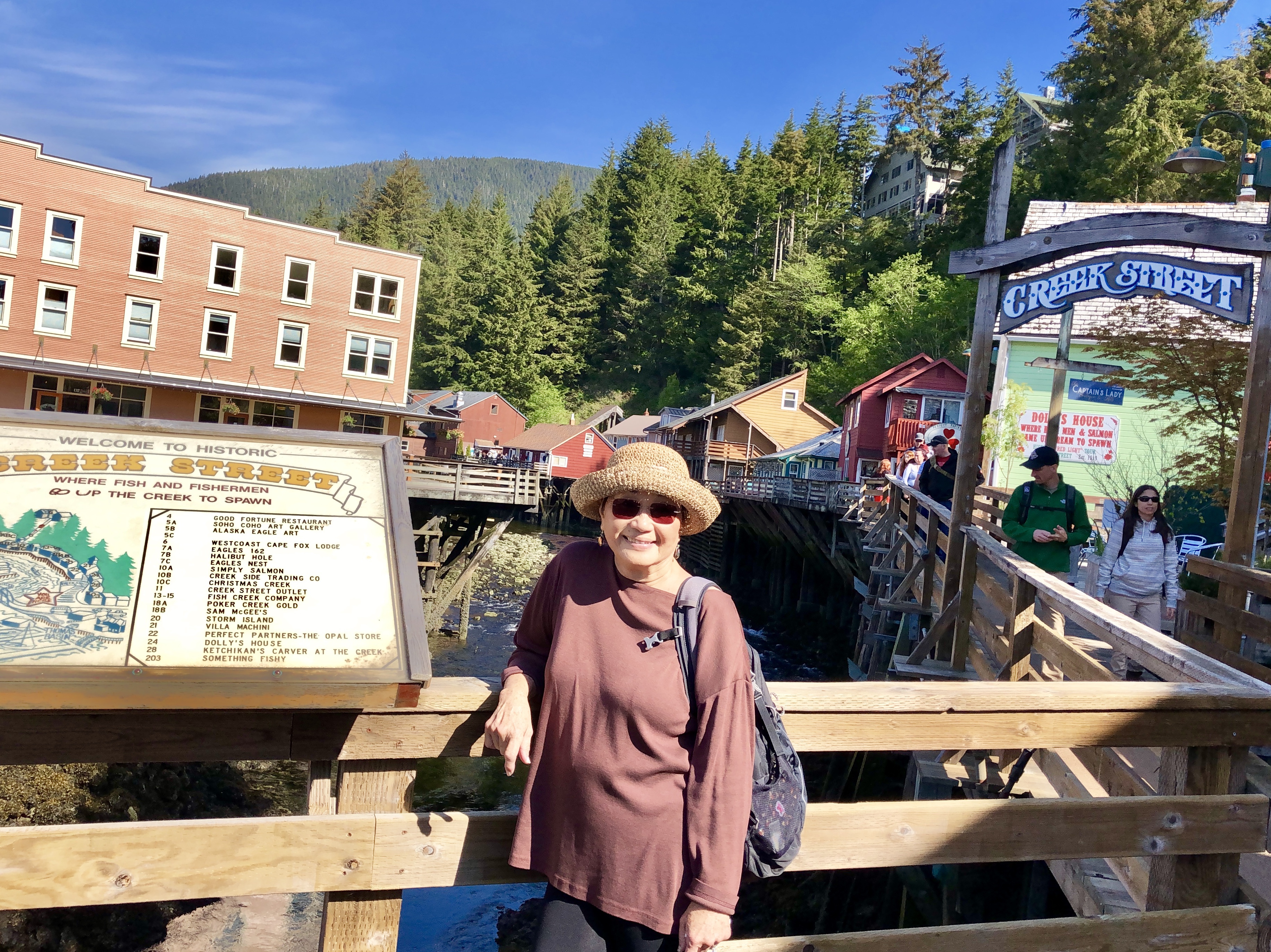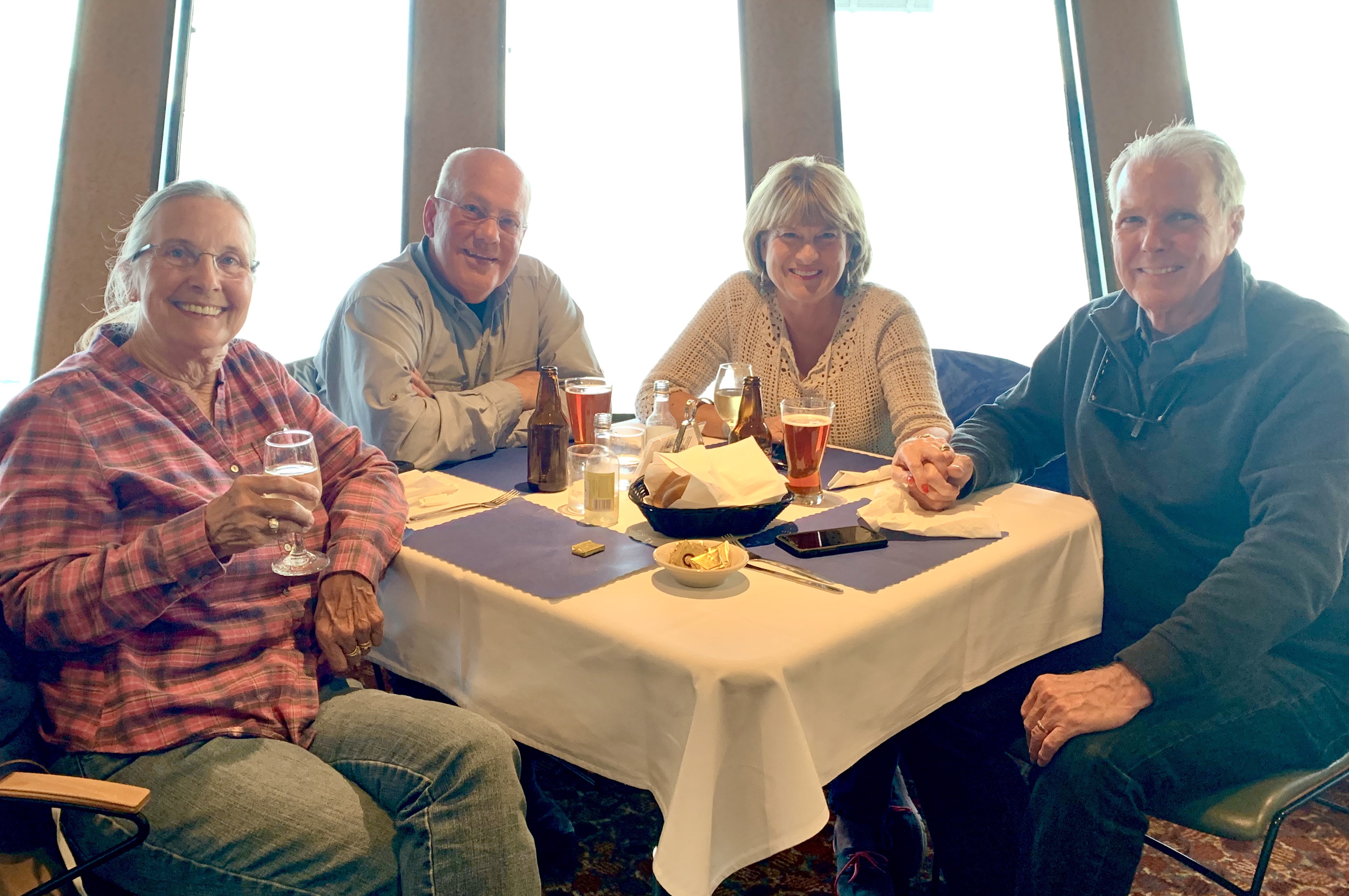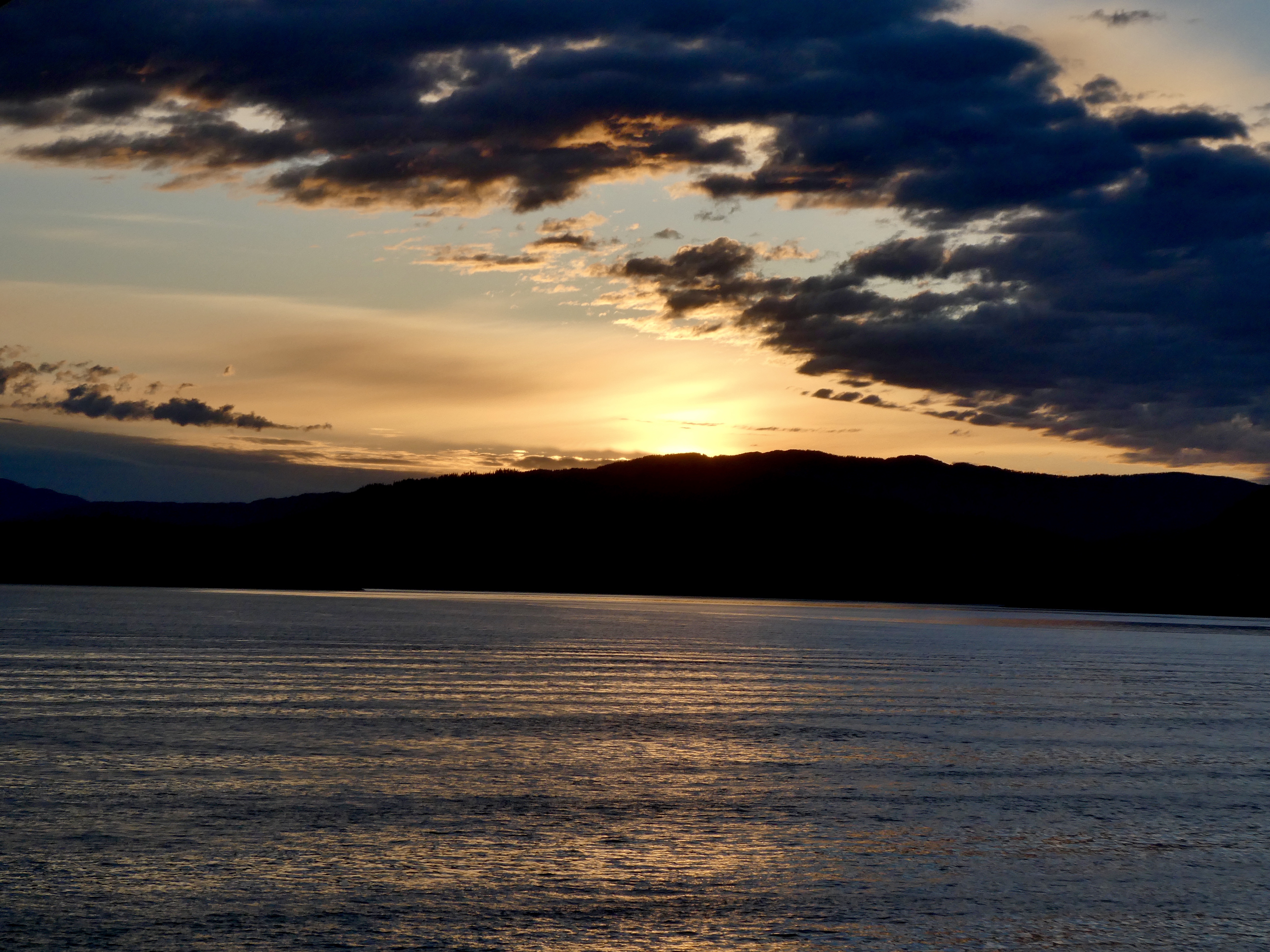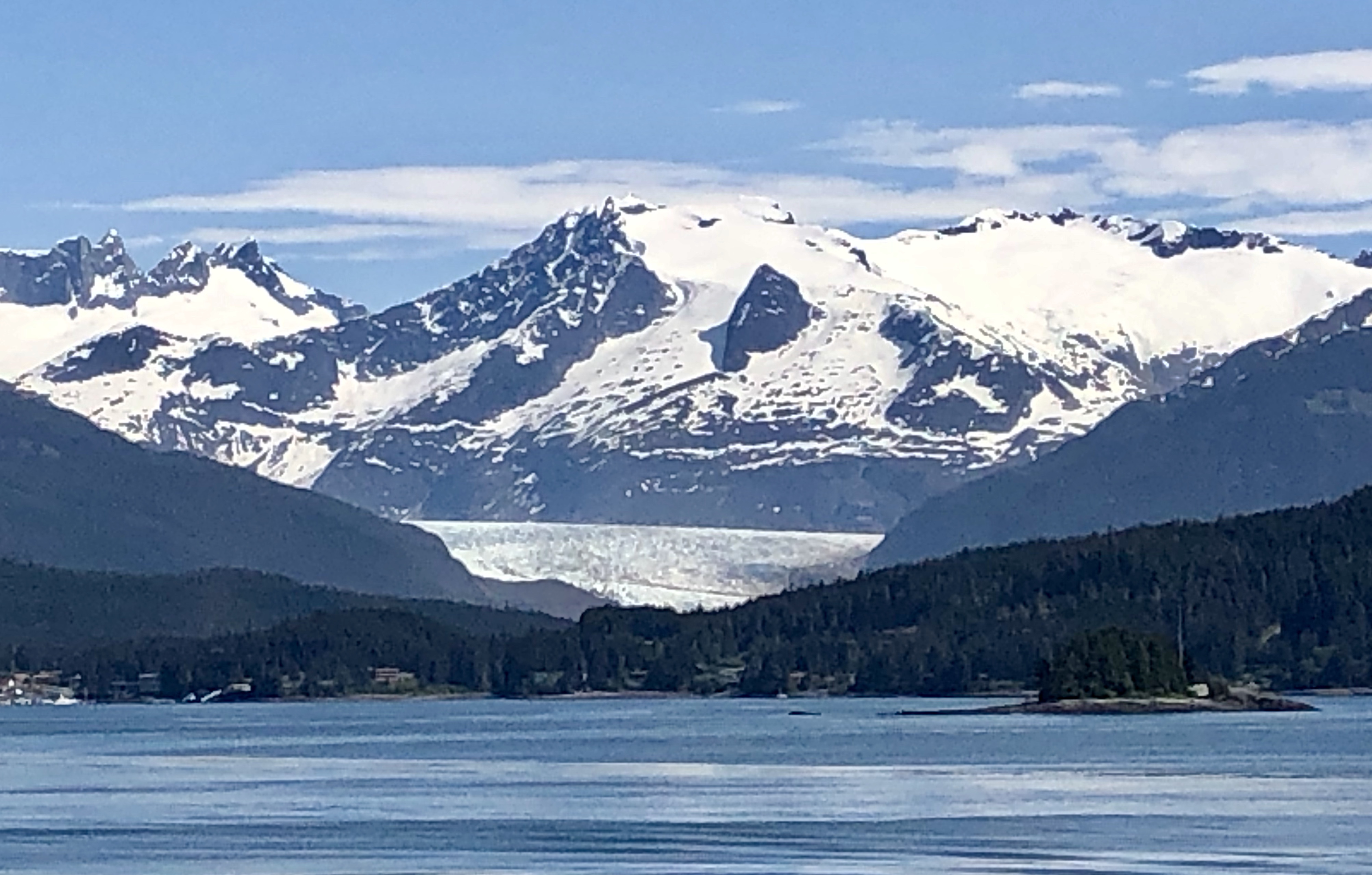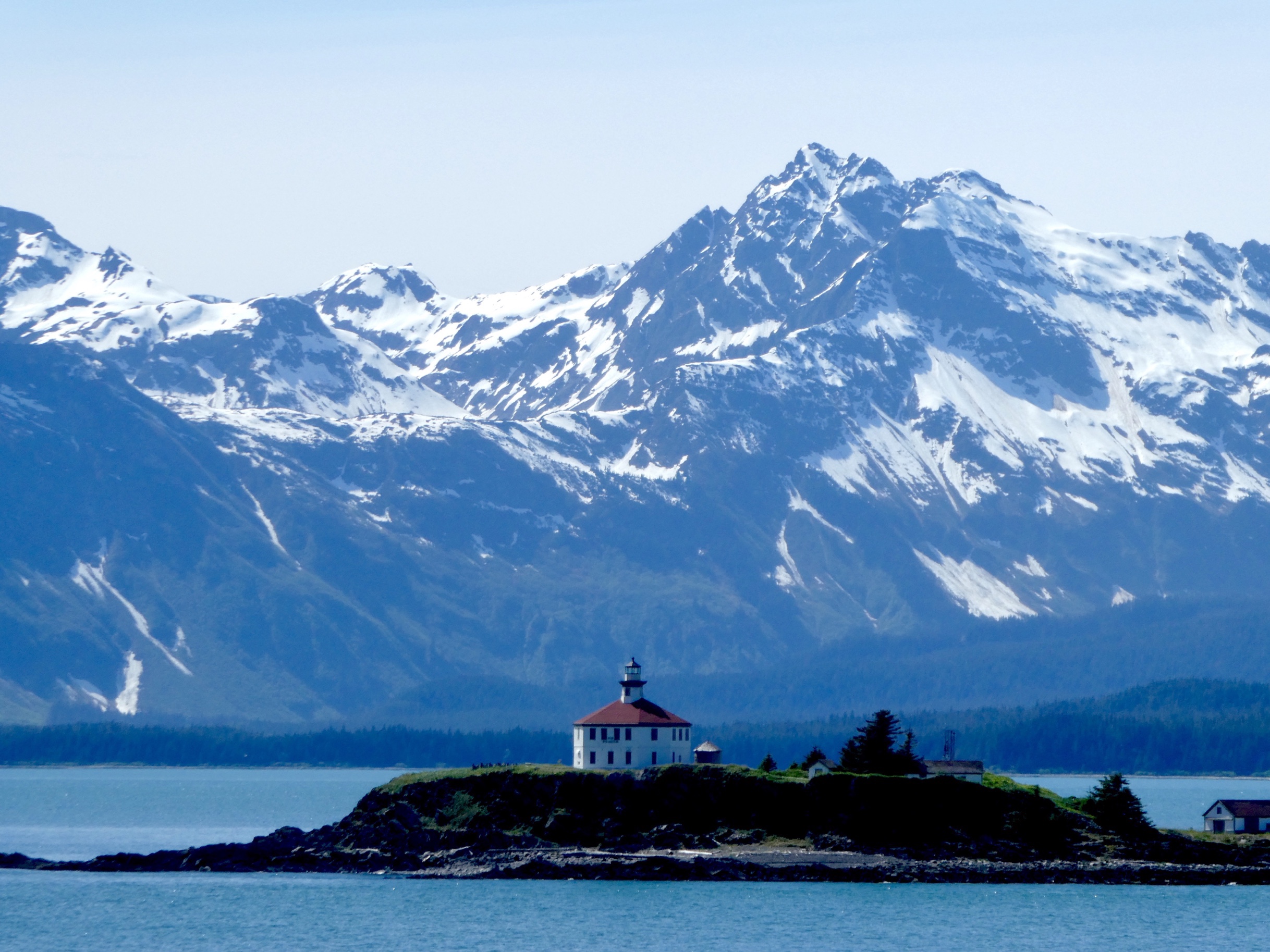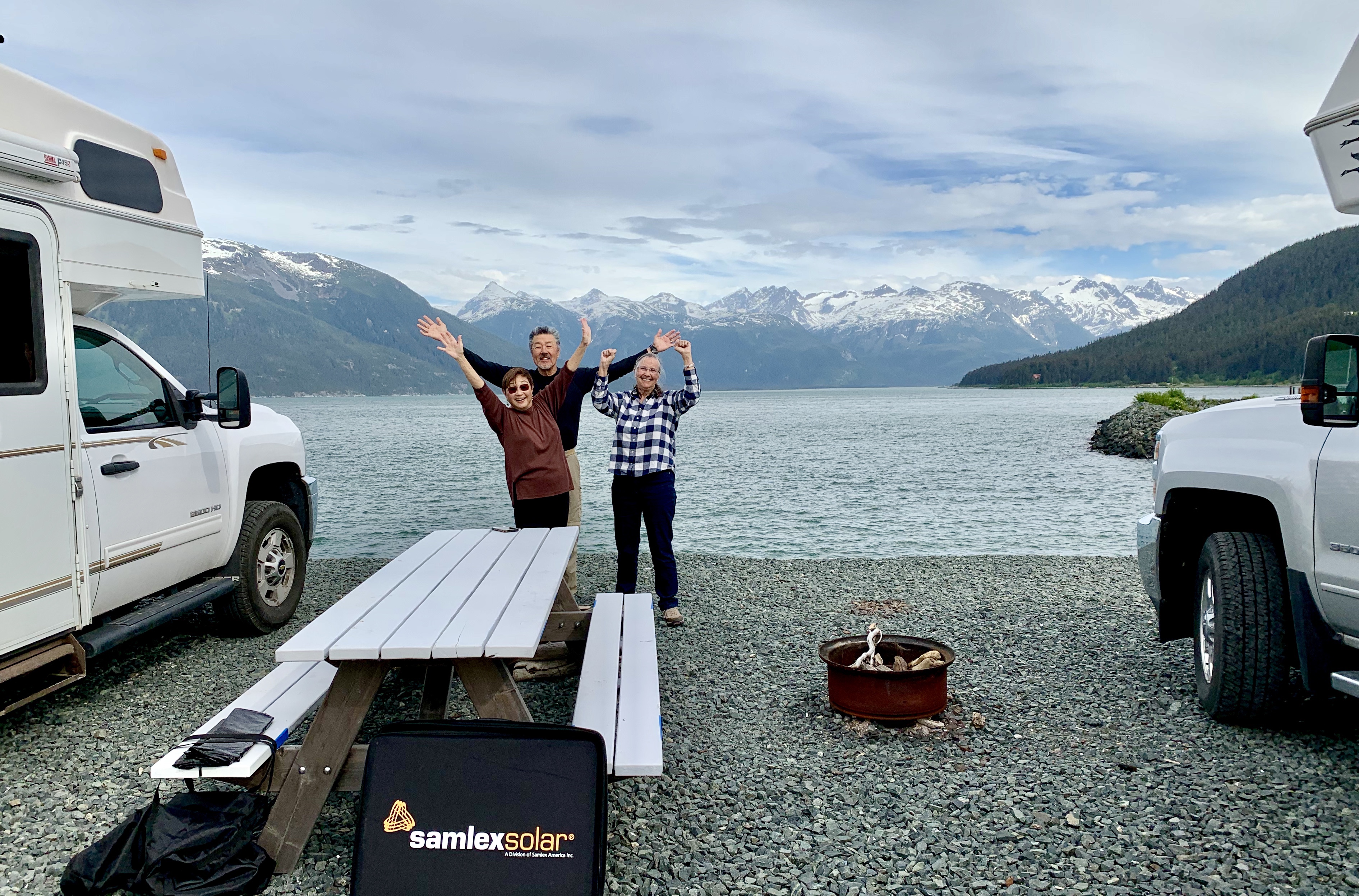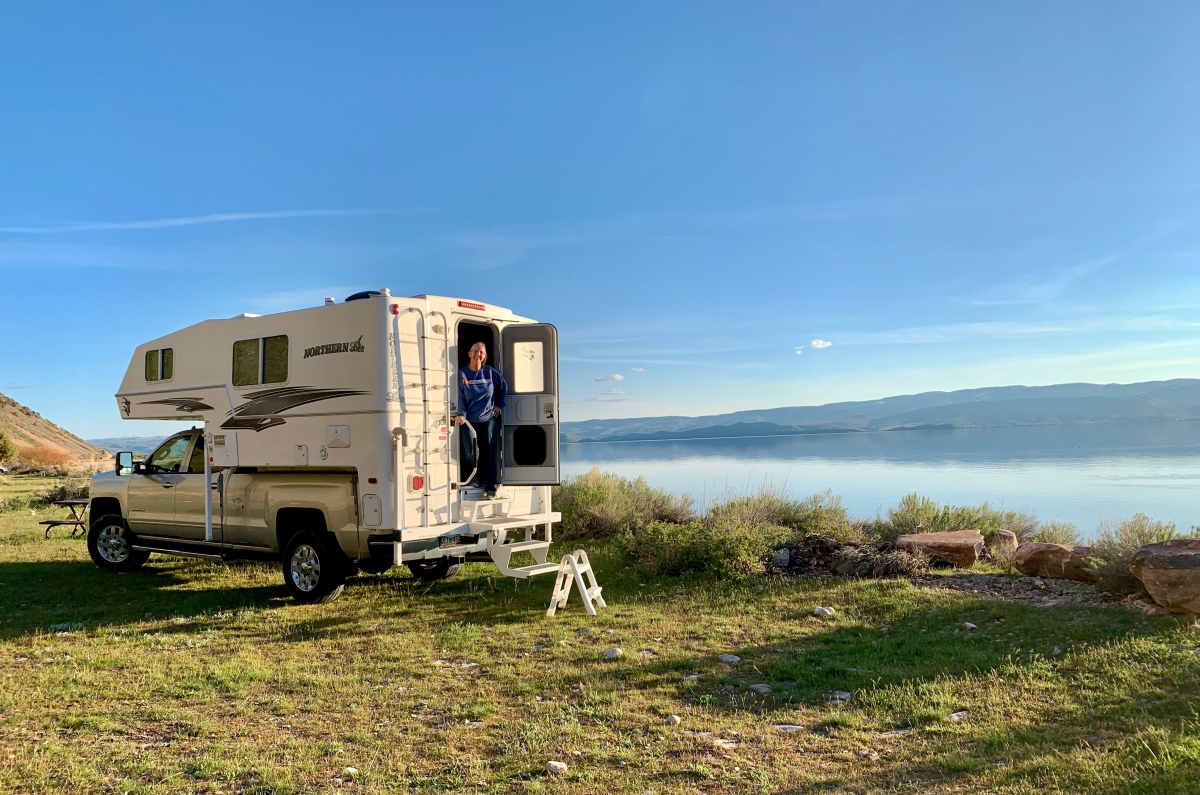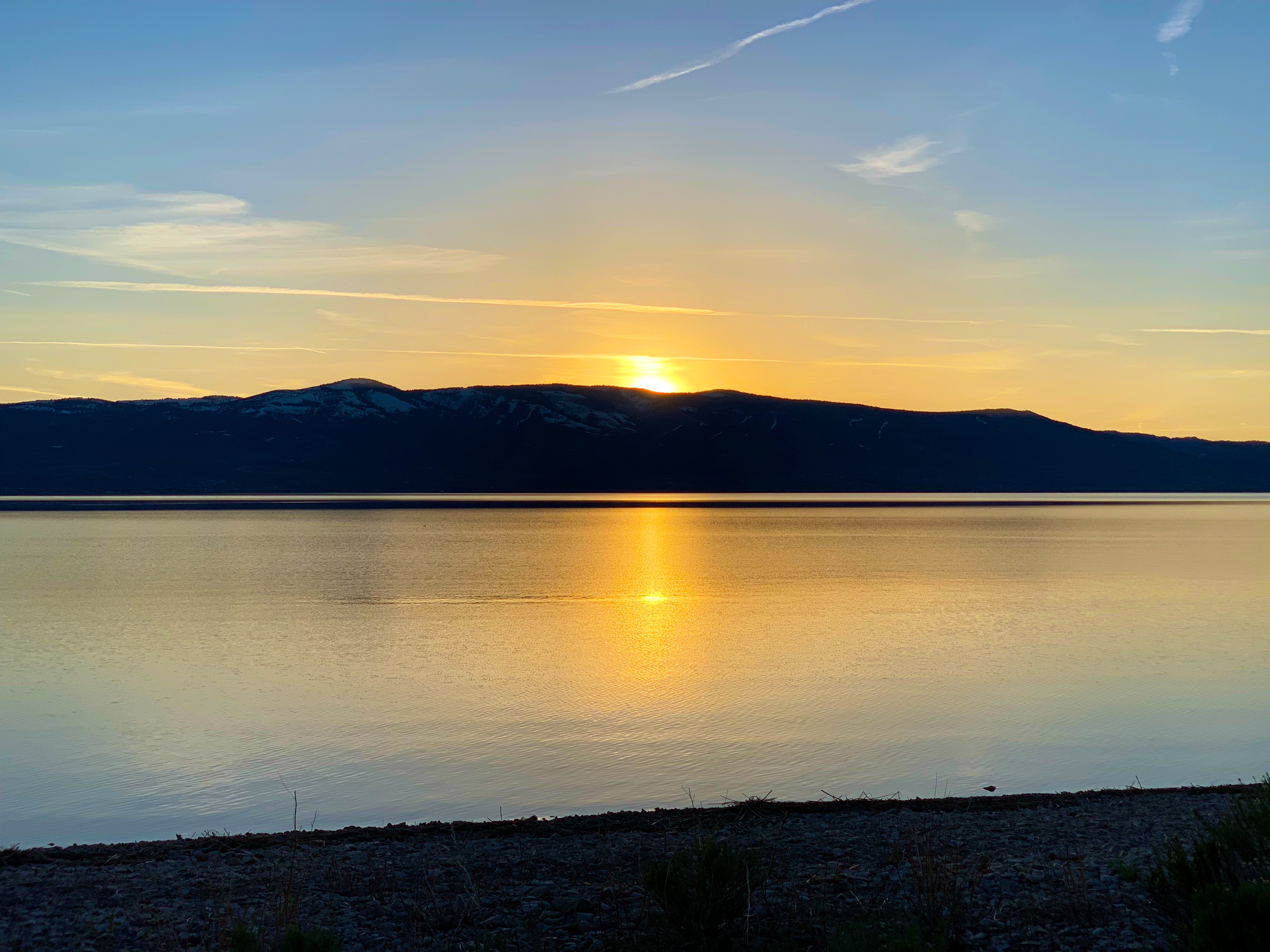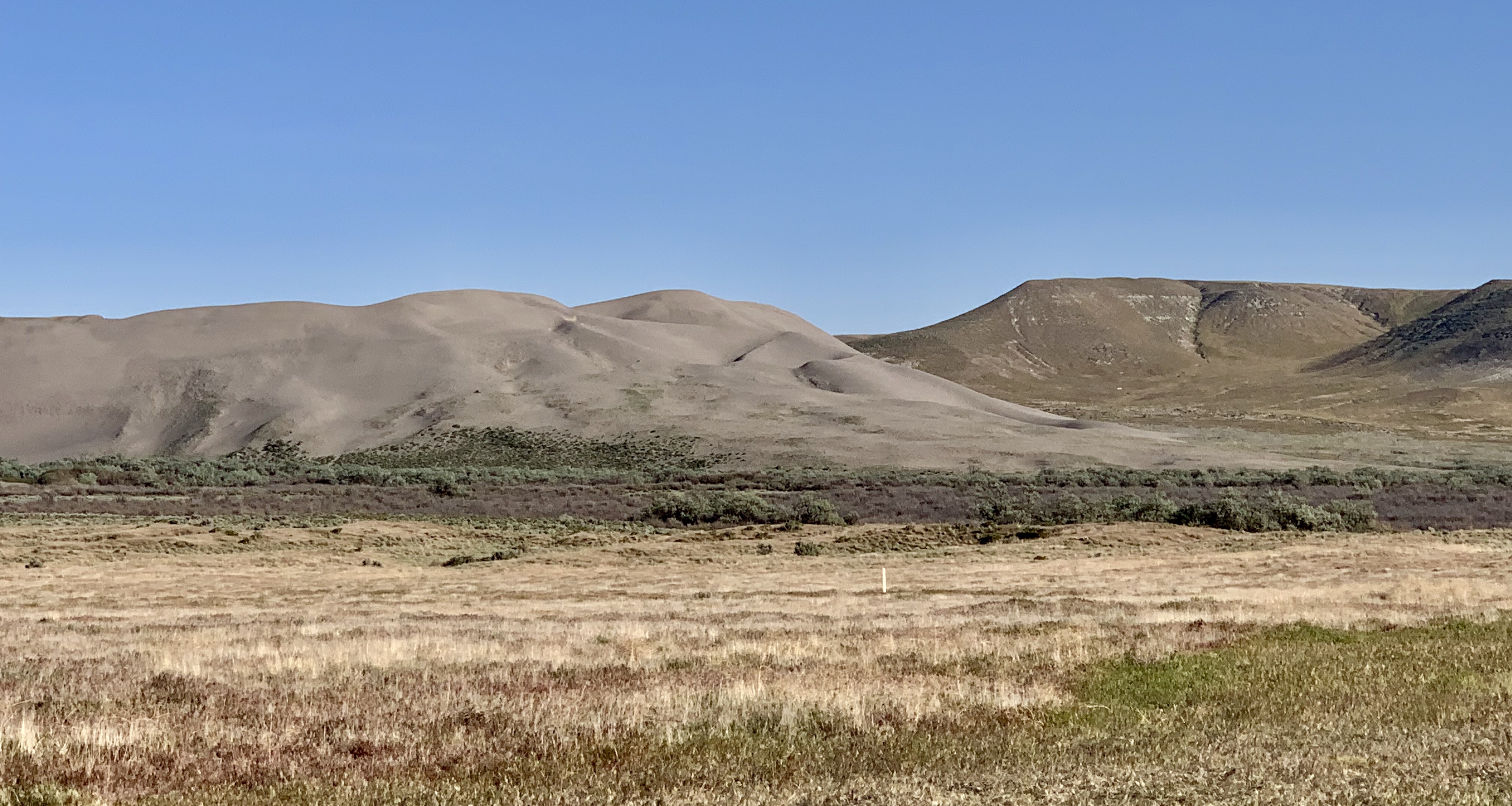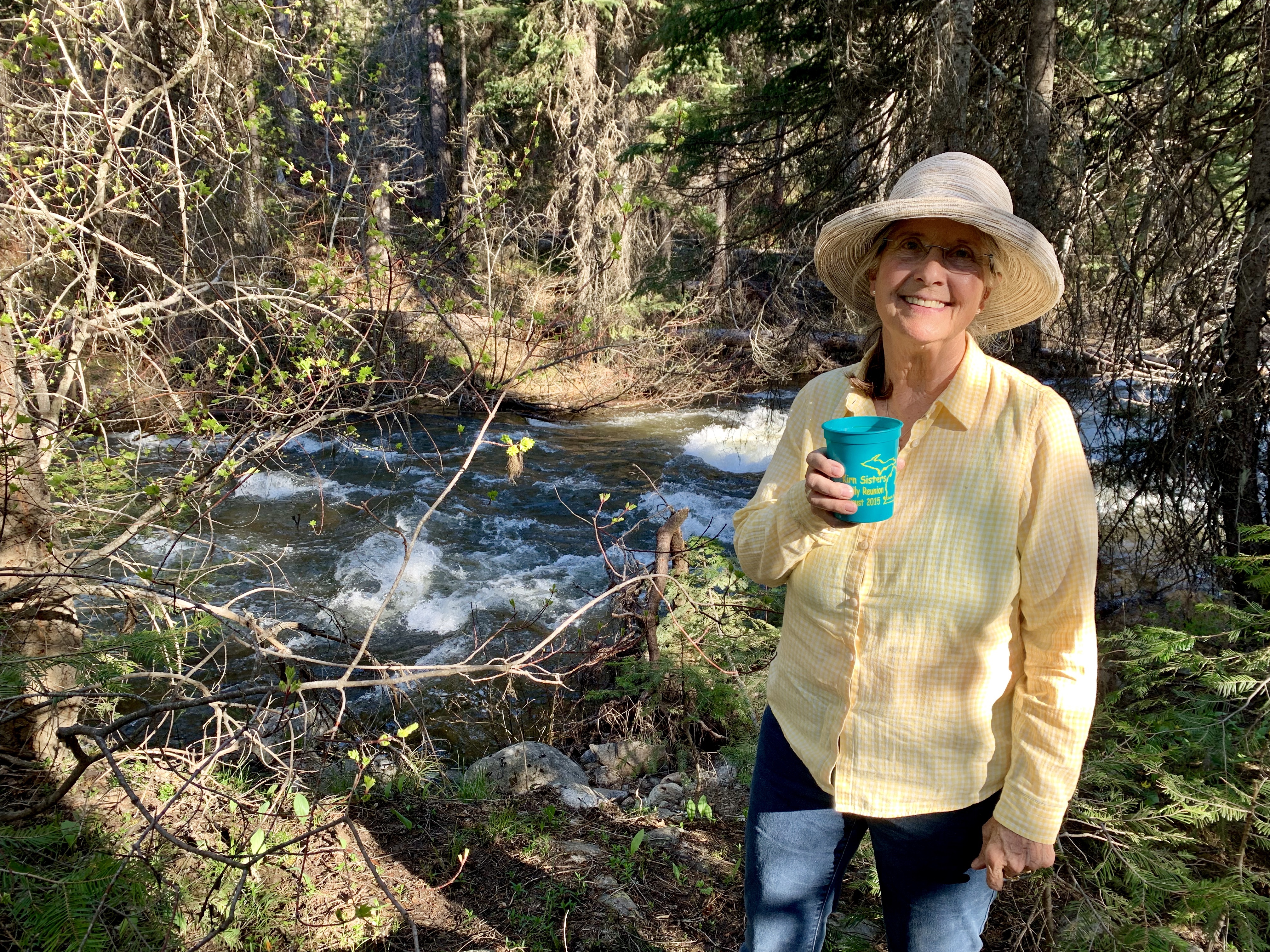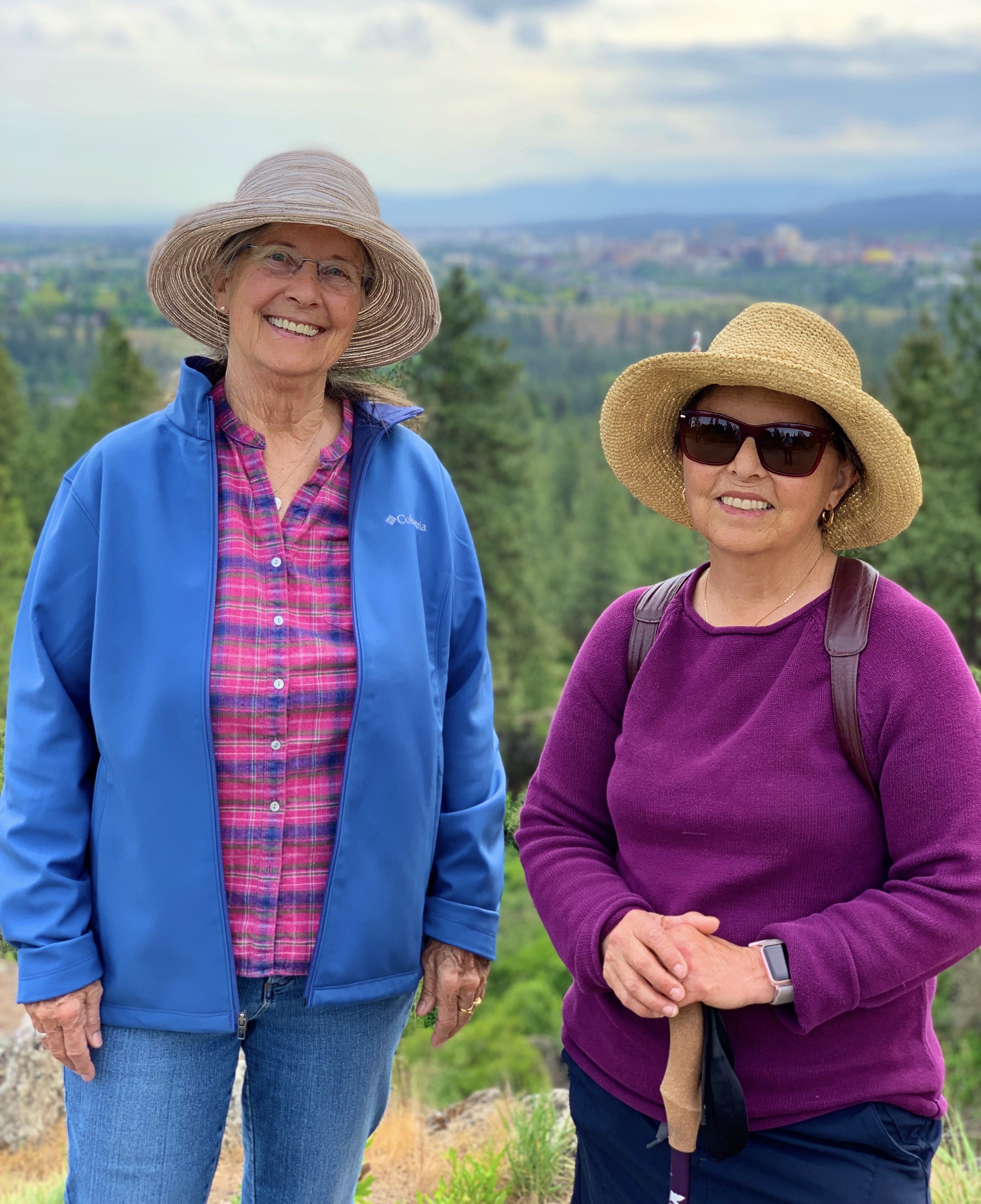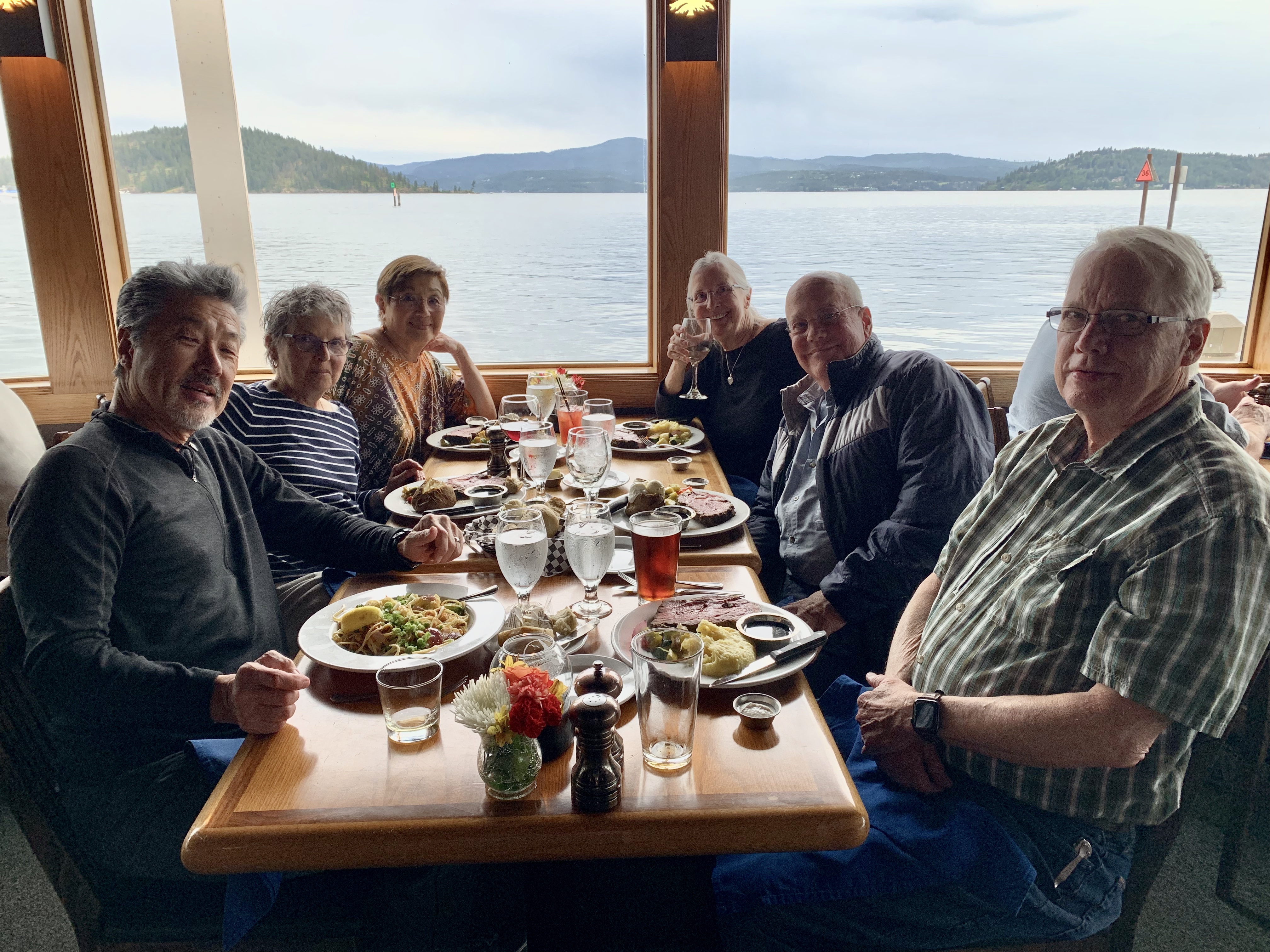A Lovely Quote
“Twenty years from now you will be more disappointed by the things that you didn’t do than by the ones you did do. So throw off the bowlines. Sail away from the safe harbor. Catch the trade winds in your sails. Explore. Dream. Discover.”
MARK TWAIN

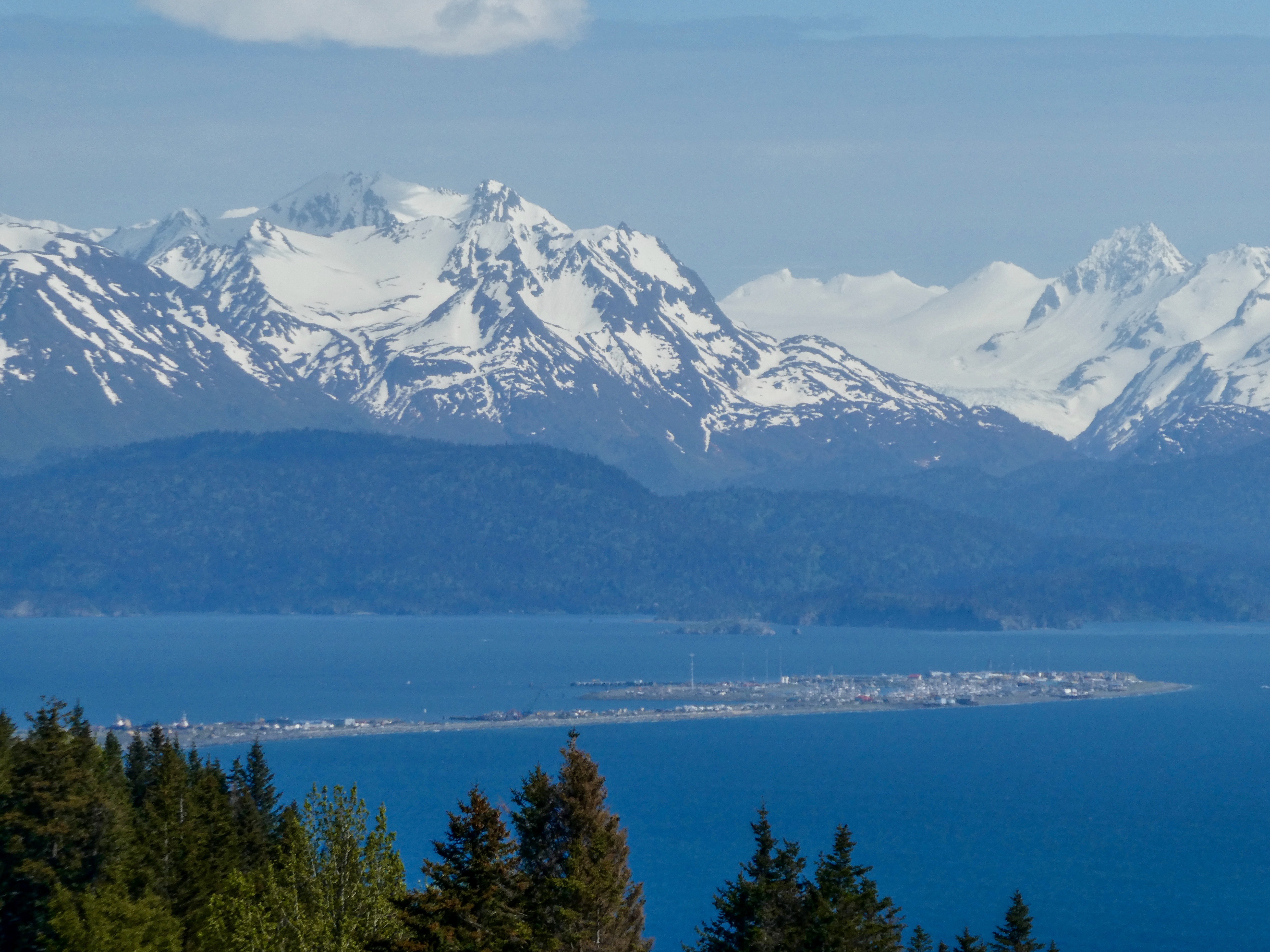
“Homer is a small city on Kachemak Bay, on Alaska’s Kenai Peninsula. A focal point is the Homer Spit, a long strip of land with shops, art galleries, seafood restaurants and beaches (mostly tacky, in my opinion). Fishing boats dock at its harbor. Galleries also cluster on Pioneer Avenue, near the Pratt Museum, which shows local art and artifacts, including a pioneer cabin. The Alaska Islands and Oceans Visitor Center has wildlife exhibits.”
Needing showers, we checked into a B&B, then scoped out campgrounds on the Spit for tomorrow night.
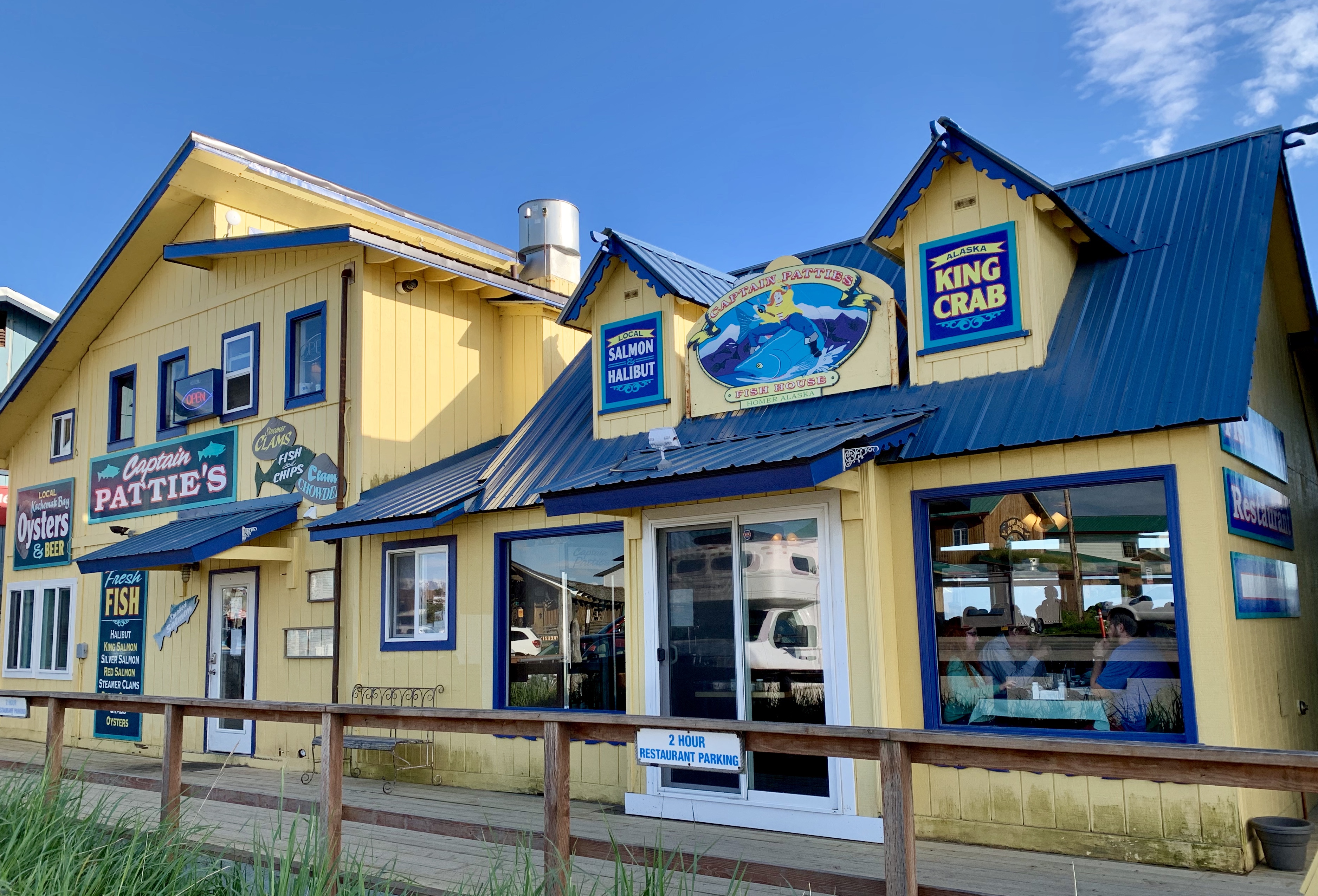
We have been “seafood spoiled” recently. For dinner we ate at Captain Patties Seafood on the spit recommended by a couple local sources as the best seafood in Homer. We had a variety of dishes. Our evaluation- passable, not great.

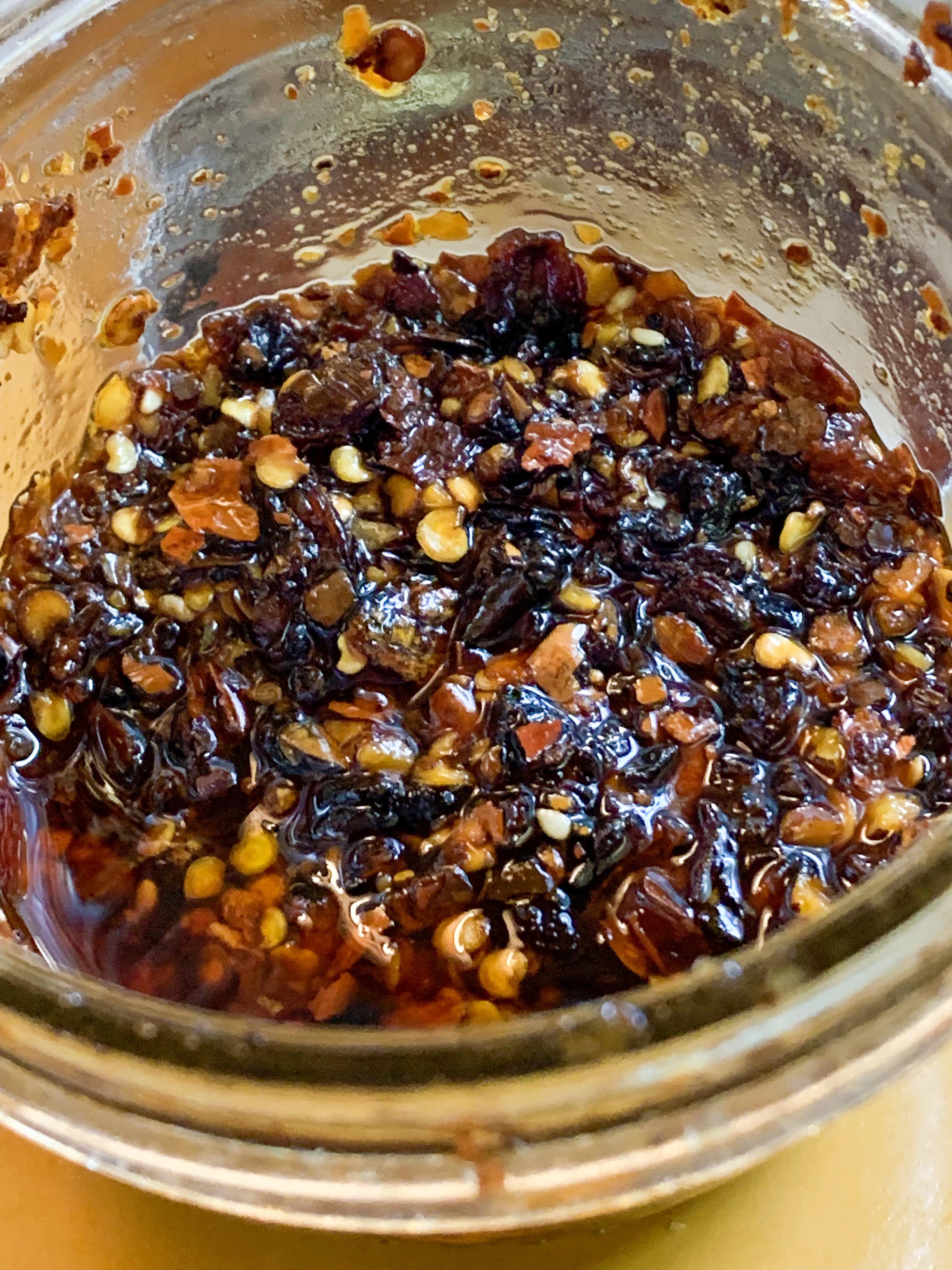
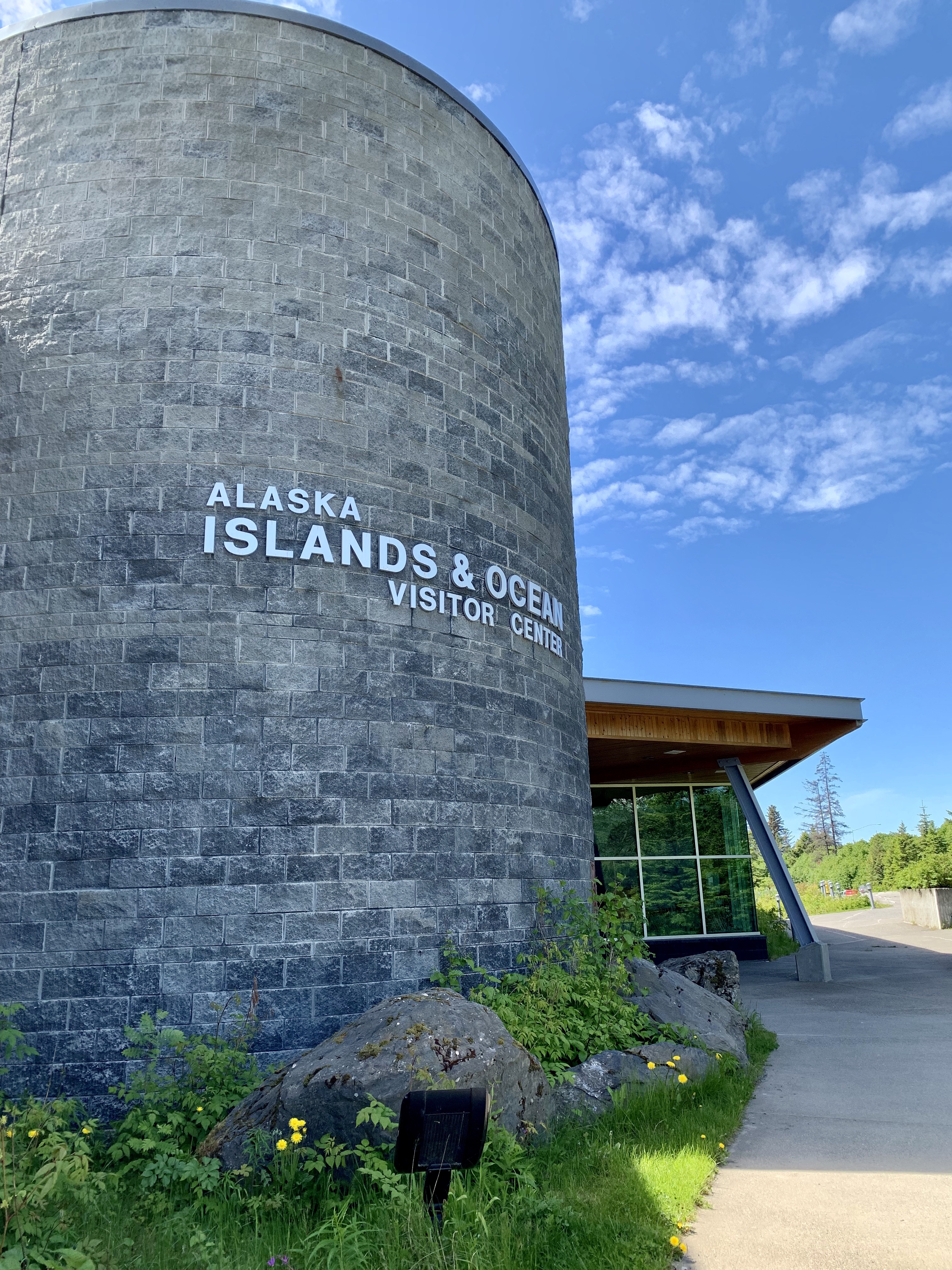
Great Display! “The Alaska Islands & Ocean Visitor Center takes you on a dramatic journey through the refuge’s past and present . . . surrounds you with the sights, sounds – and even the smells of a seabird colony . . . and invites you to follow biologists as their research ship sails to remote islands each year.”
Halibut Cove And The Saltry Restaurant
”Originally a fishing village, Halibut Cove is now home to several artists and businesses. One of the only floating U.S. post offices is there. A popular tourist destination, the cove offers several lodges and cabins and the only way to get around the cove is by boat.”
”Located on Ismailof Island in Halibut Cove, Alaska, The Saltry Restaurant opened in 1984. On an overcast day in the fall of 1983 the Saltry, jacked up and teetering on three foot wooden stilts, floated slowly down the Halibut Cove channel, flanked by skiffs bearing “no wake” signs. Rising over all was the Saltry’s steeply peaked roof line-attributes that had earlier caused the locals to dub it “The Flying Nun.”When the perfect building to house an island eatery presented itself, Marian and Dave Beck acted instantly to acquire the unique structure that became the Saltry Restaurant. A U-shaped dock was constructed in preparation for the Saltry’s arrival. Moving day was chosen for its twenty-three foot tide, the highest of the season. When the tide was at its highest point, the barge was eased into the U-shaped opening. As the tide dropped, the empty barge eased down and away with the tide. Pilings were erected from the beach at low tide to brace the Saltry from underneath. If you look at the dock around the Saltry now, it’s possible to see how it sits not quite square, how its final settling place is slightly caddywhompus.
The Saltry first opened its doors in April 1984. Eighty people arrived for the celebratory potluck, despite the howling blizzard of rain and snow. At its inception, the Saltry provided simple fare: drinks at the bar, hot chowder, fresh bread and cold appetizers-such as pickled fish- that are still on the menu today. Today, the Saltry serves about 100 people everyday during the summer season, dishing out gourmet food from a kitchen decidedly more sophisticated than in 1984. What hasn’t changed is the incredibly beautiful setting of the Saltry, with its view of the mountains and glaciers from its perch above the water, and the desire to bring the freshest fish, mussels and oysters straight from Kachemak Bay to your table.
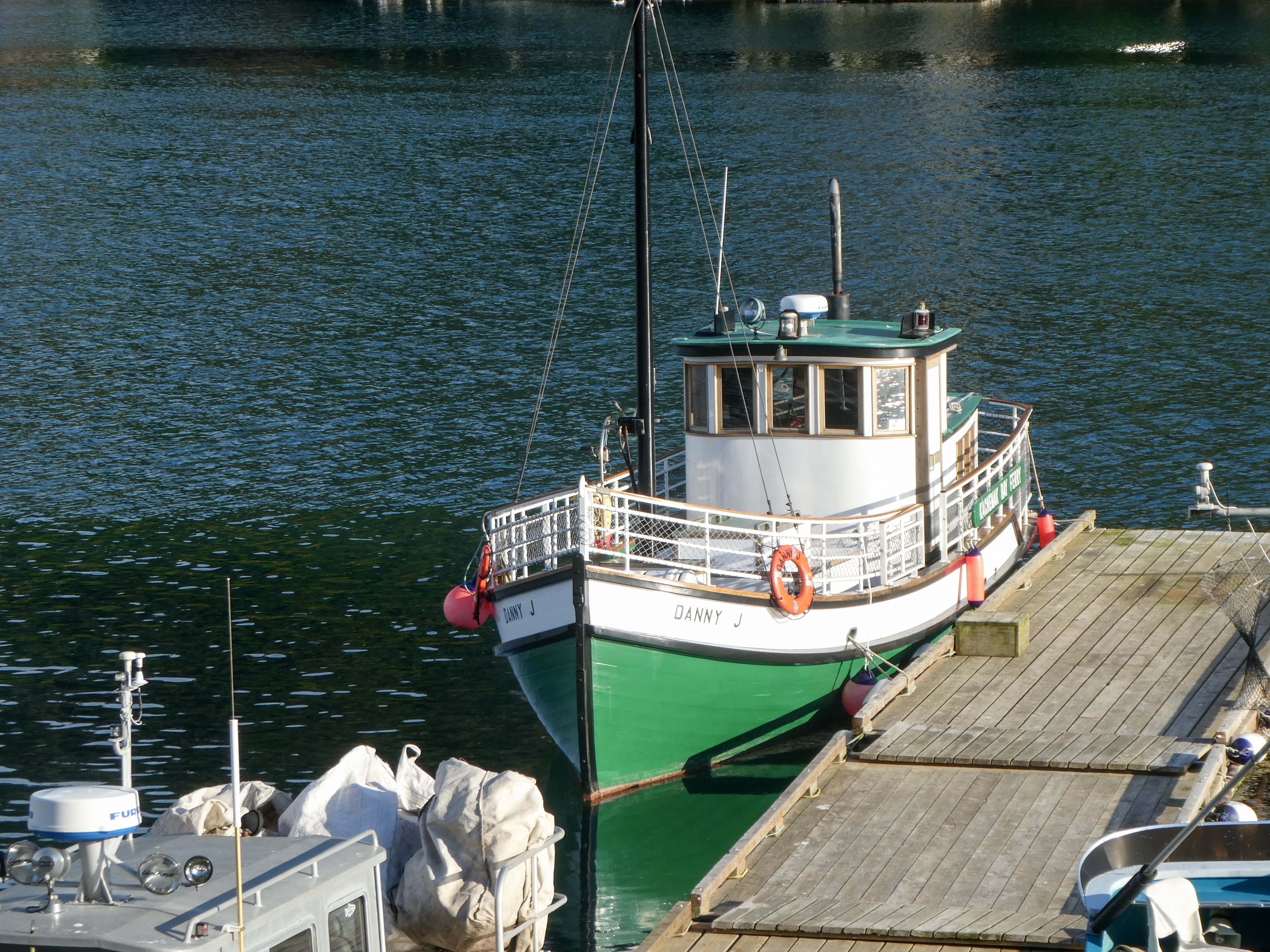

Captain Elsa told Sally “Women come to Alaska and become the men they always wanted to marry”. We saw women doing many physical jobs that men often perform. Needs must!

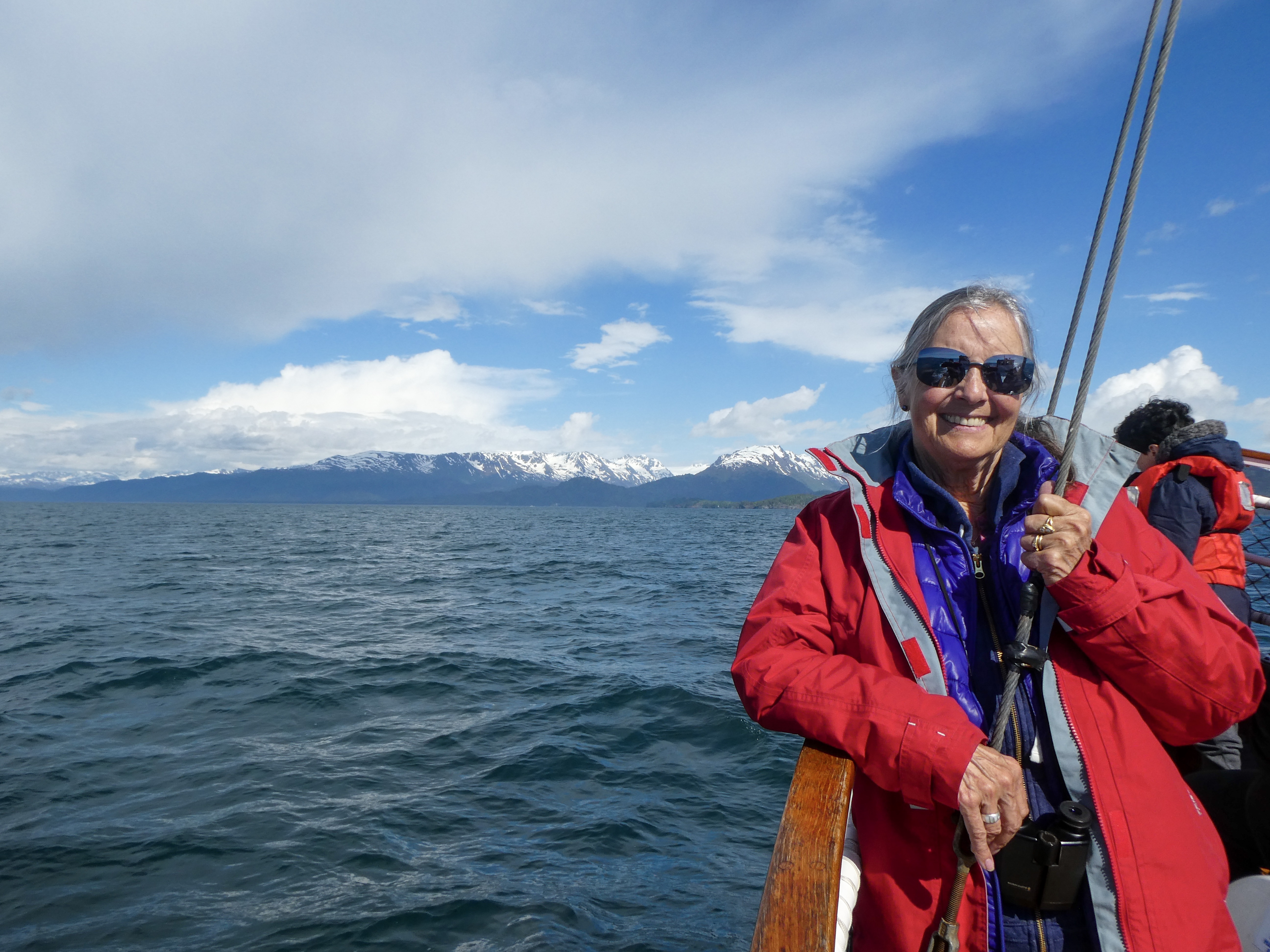


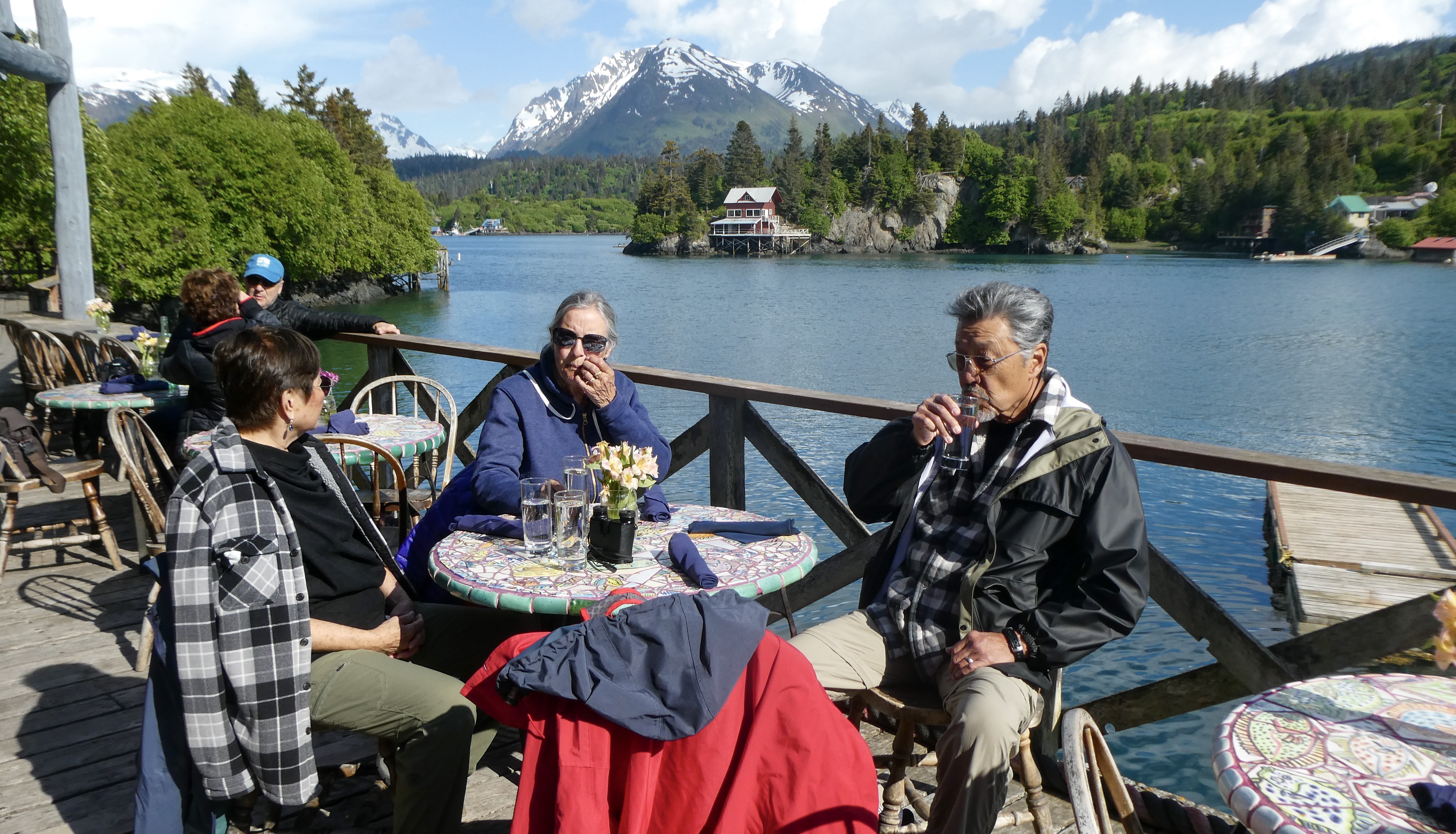

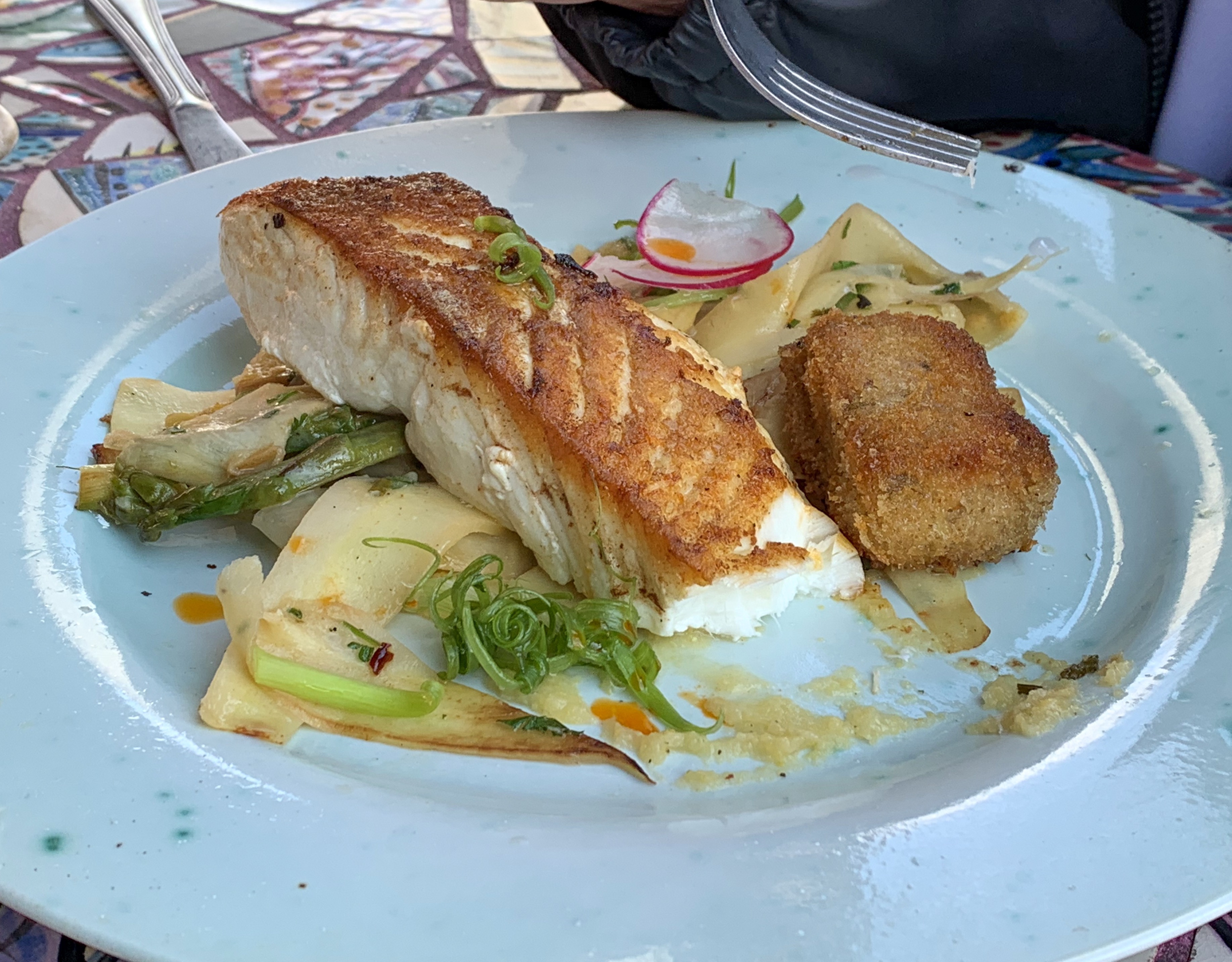
Appetizers included mussels harvested that morning, 300 yards from the restaurant, shrimp poke, and pickled salmon.
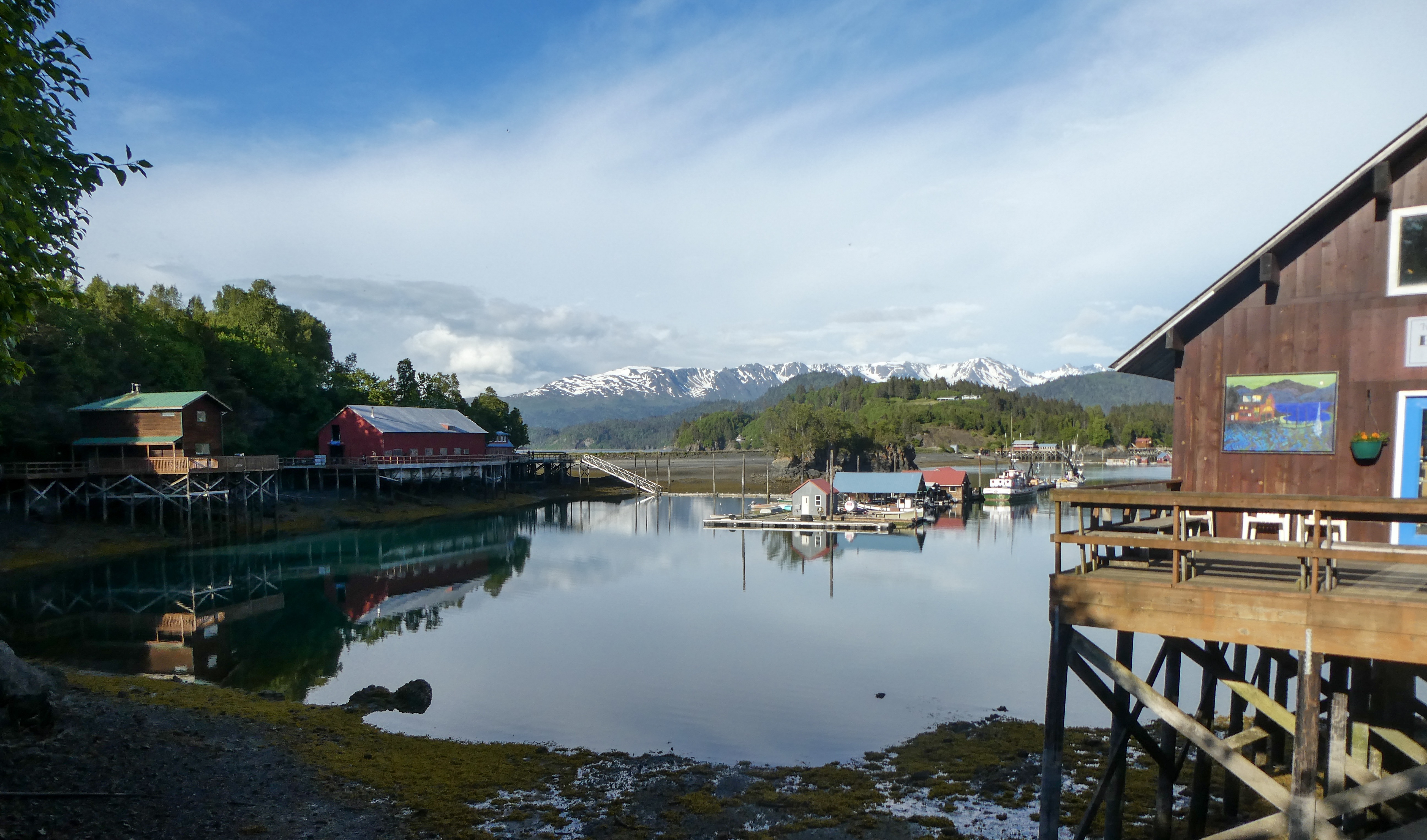
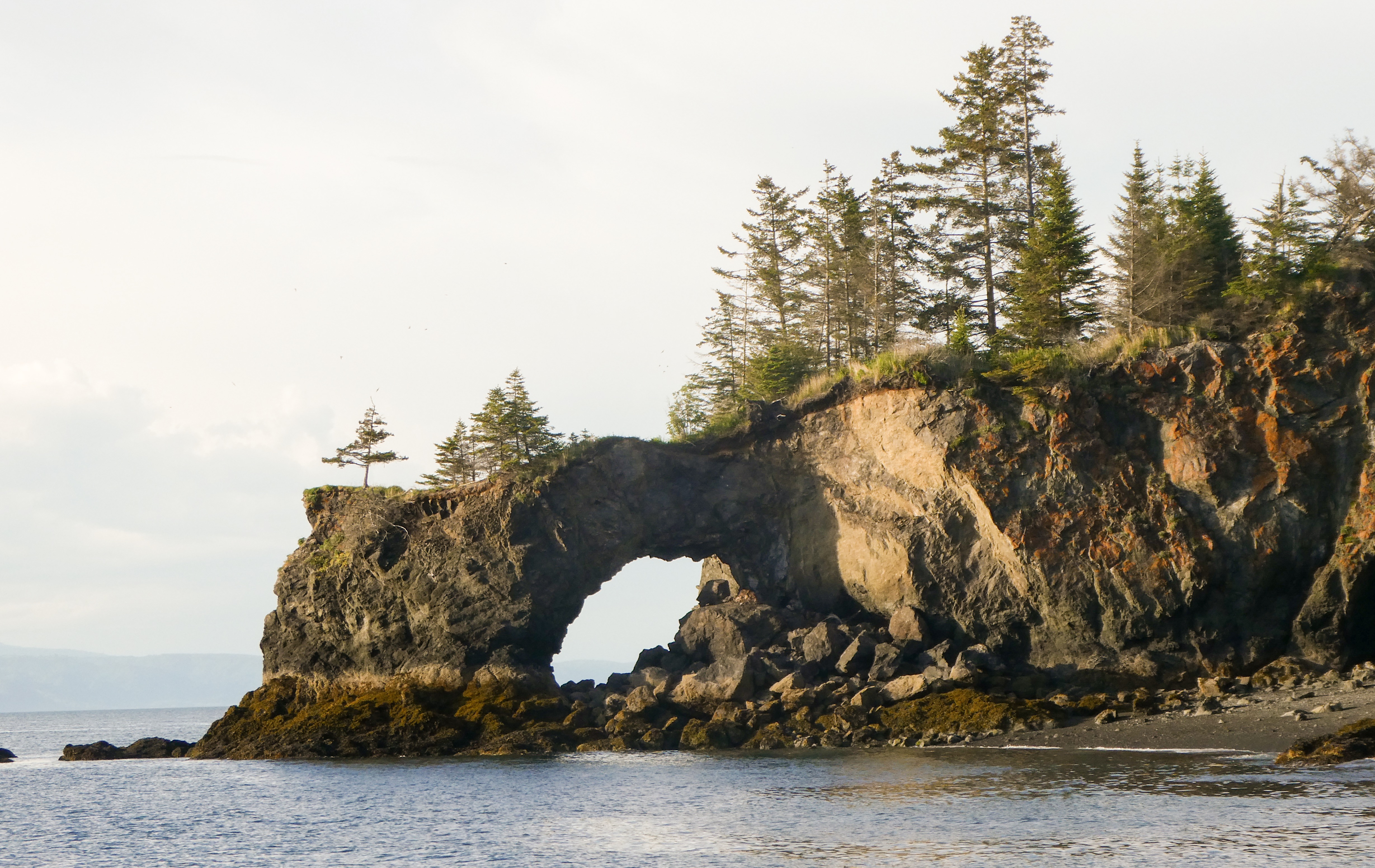


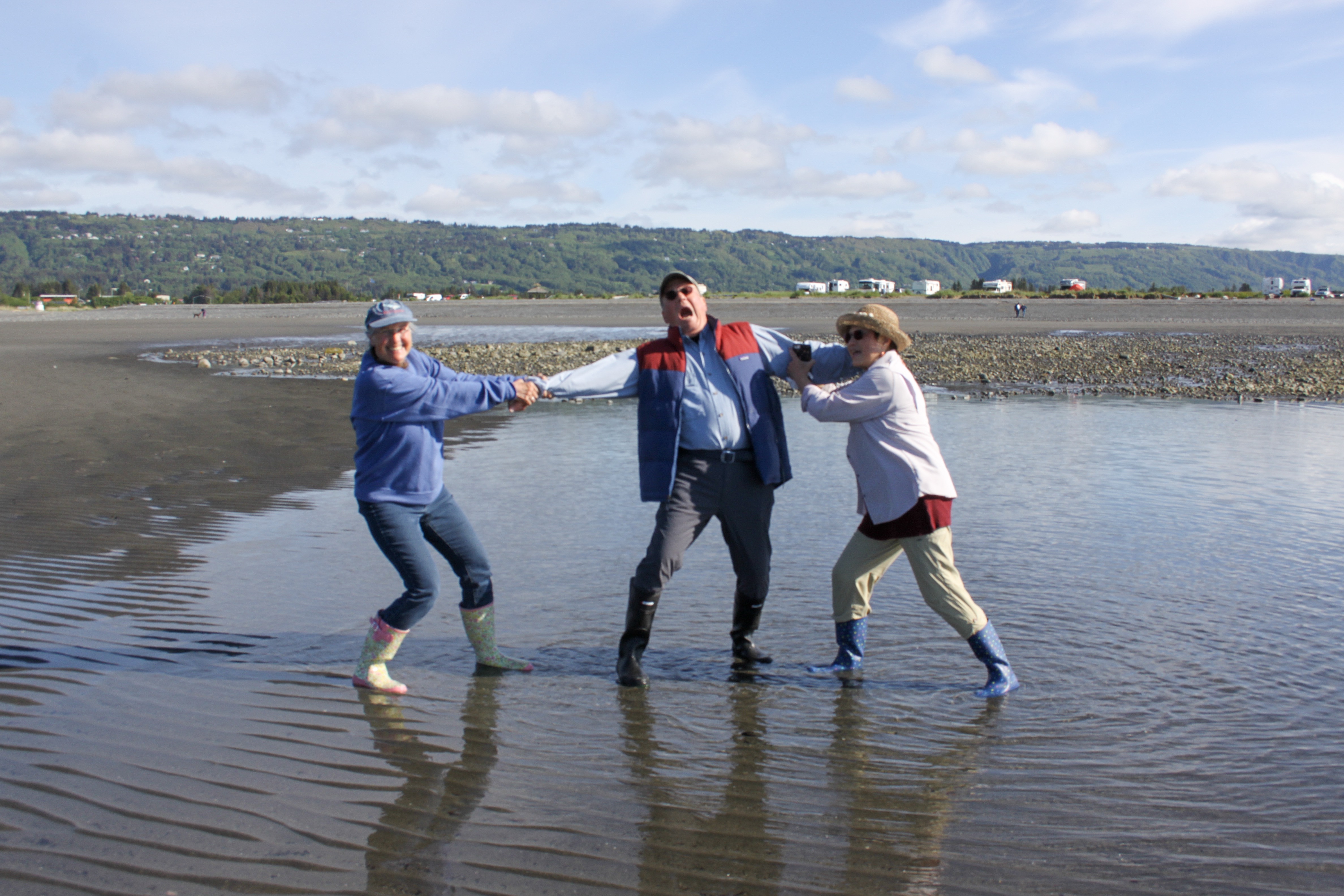
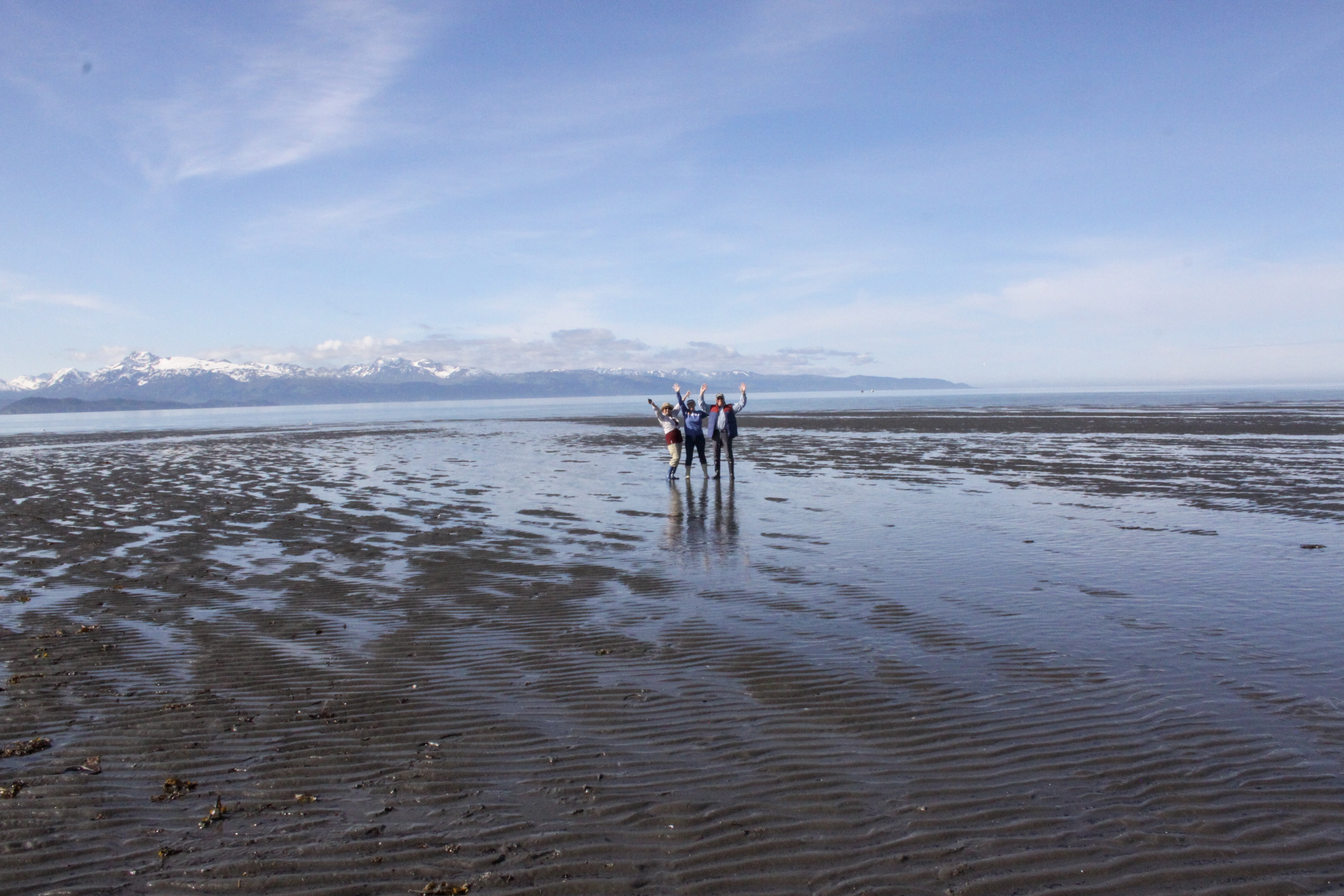

Leaving Homer, we camped for the night on the Kenai River



Back to Hope. If asked, we will say we returned to Hope as it was a beautiful, convenient stop on our way to Valdez. In reality, Sally and Ray wanted more pie!

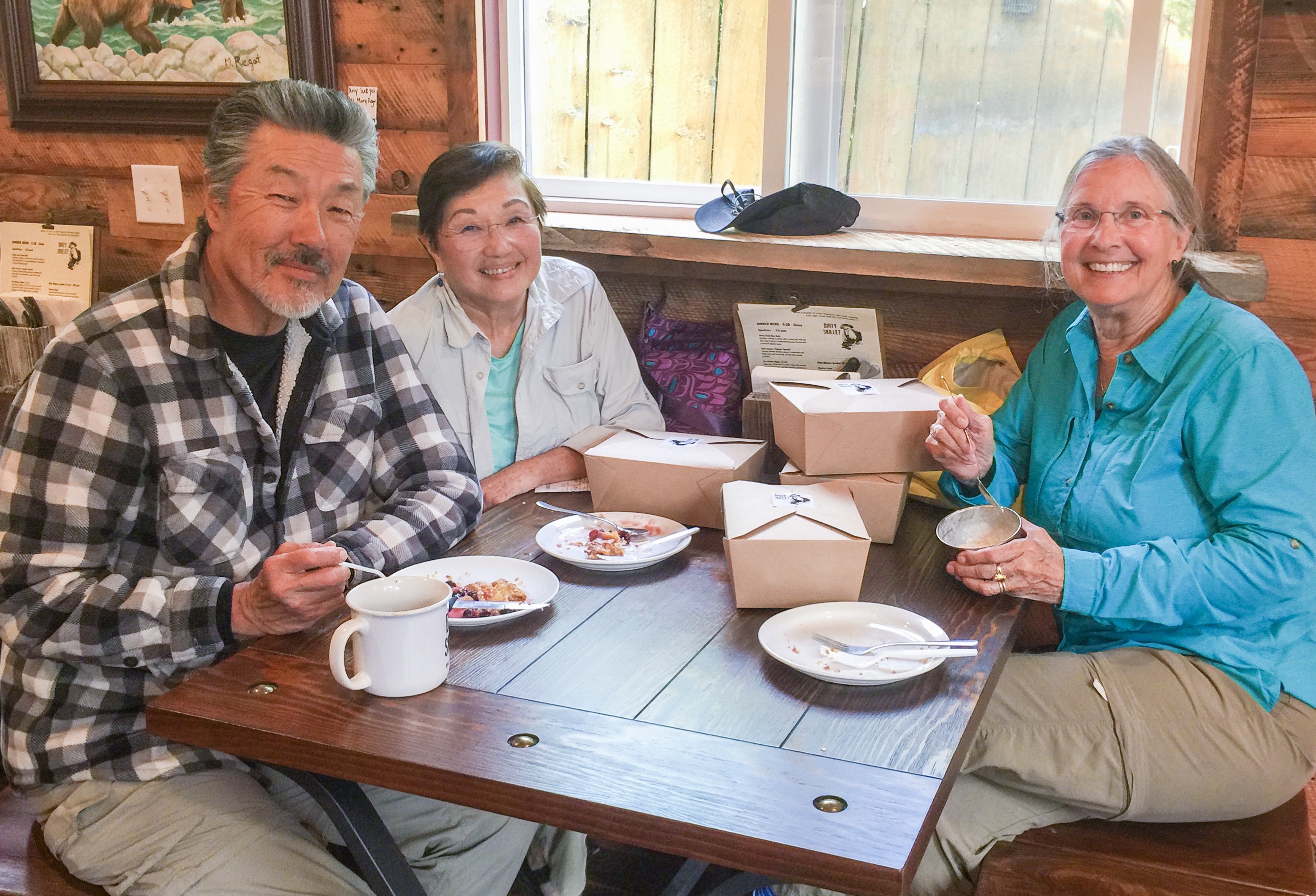
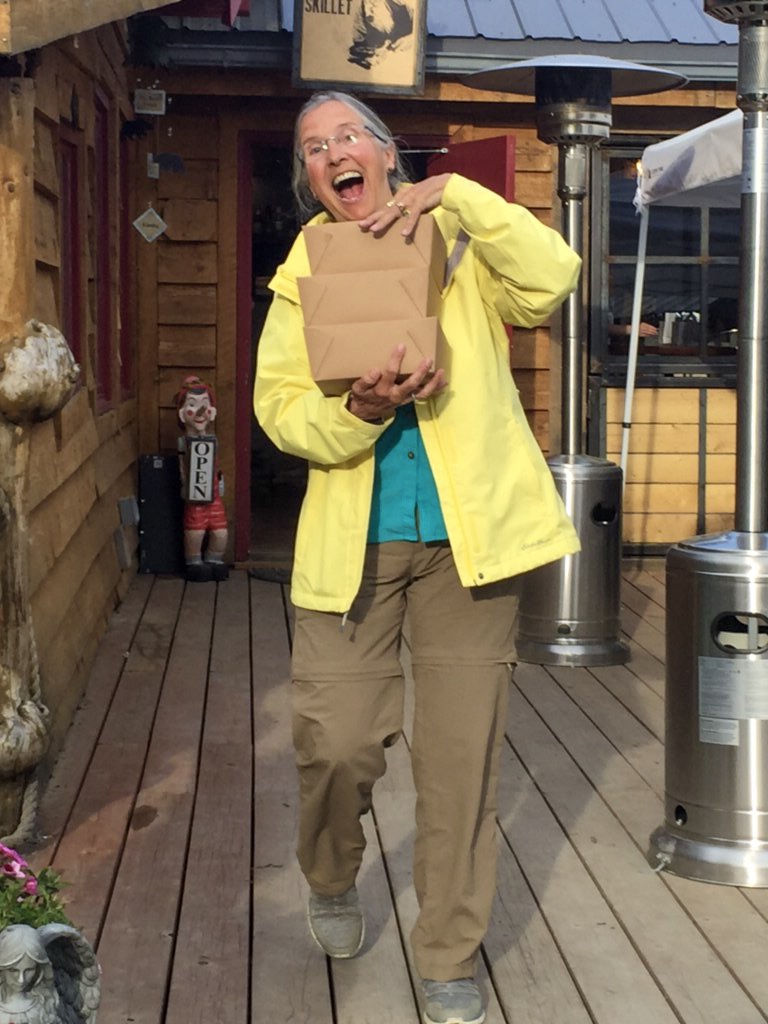

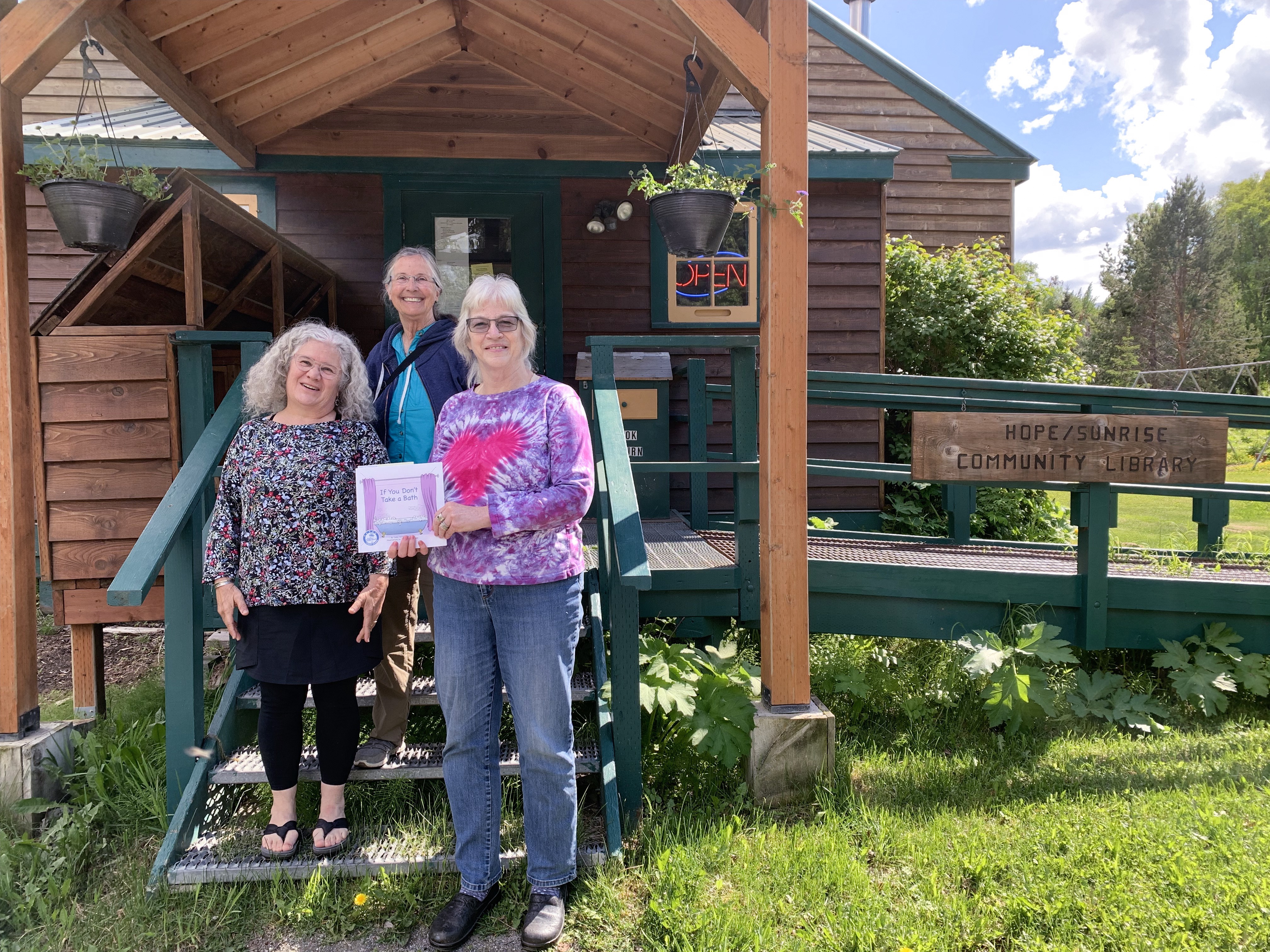
Next Post: the city of McCarthy in the Wrangell-St. Elias National Park
